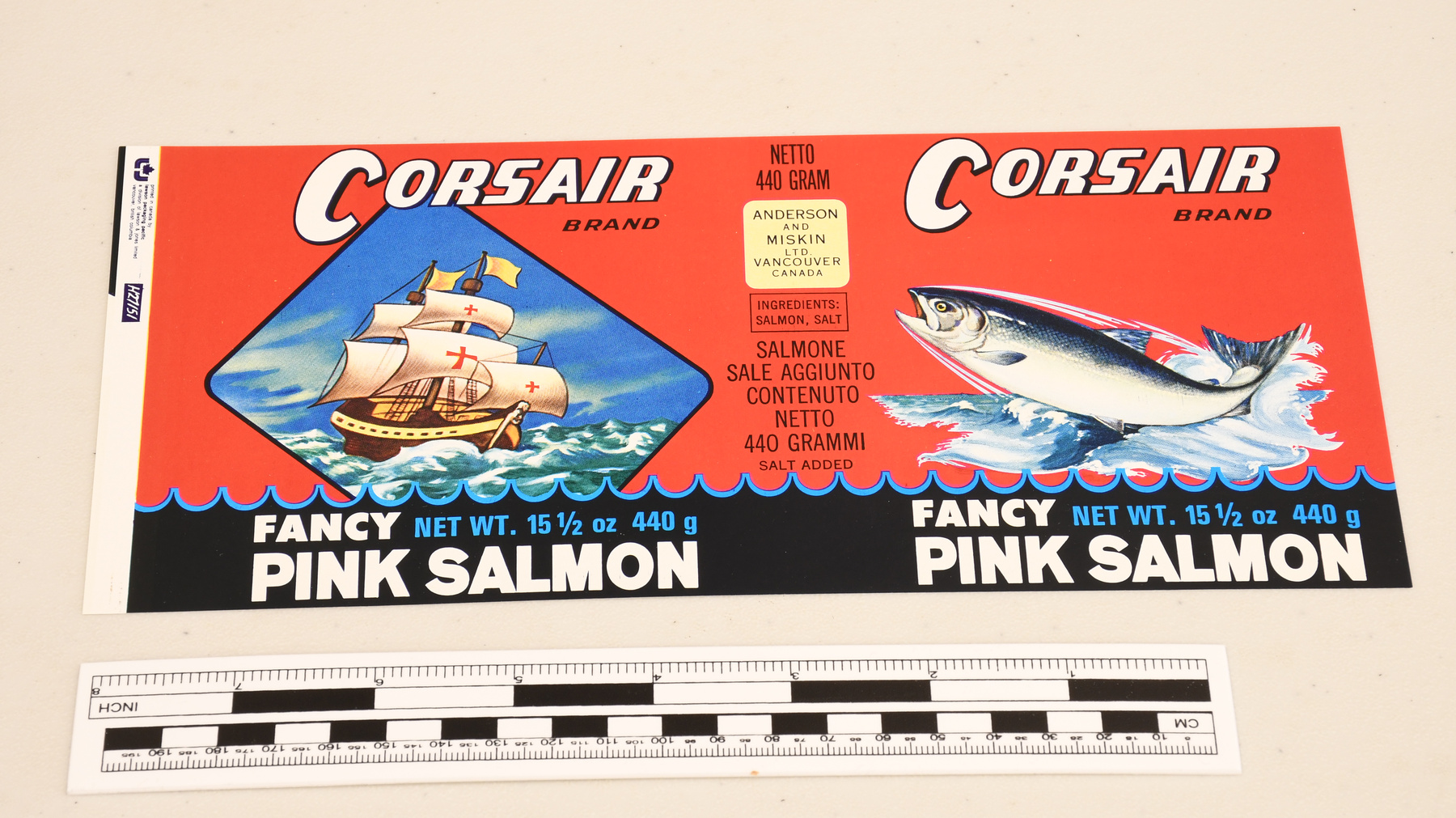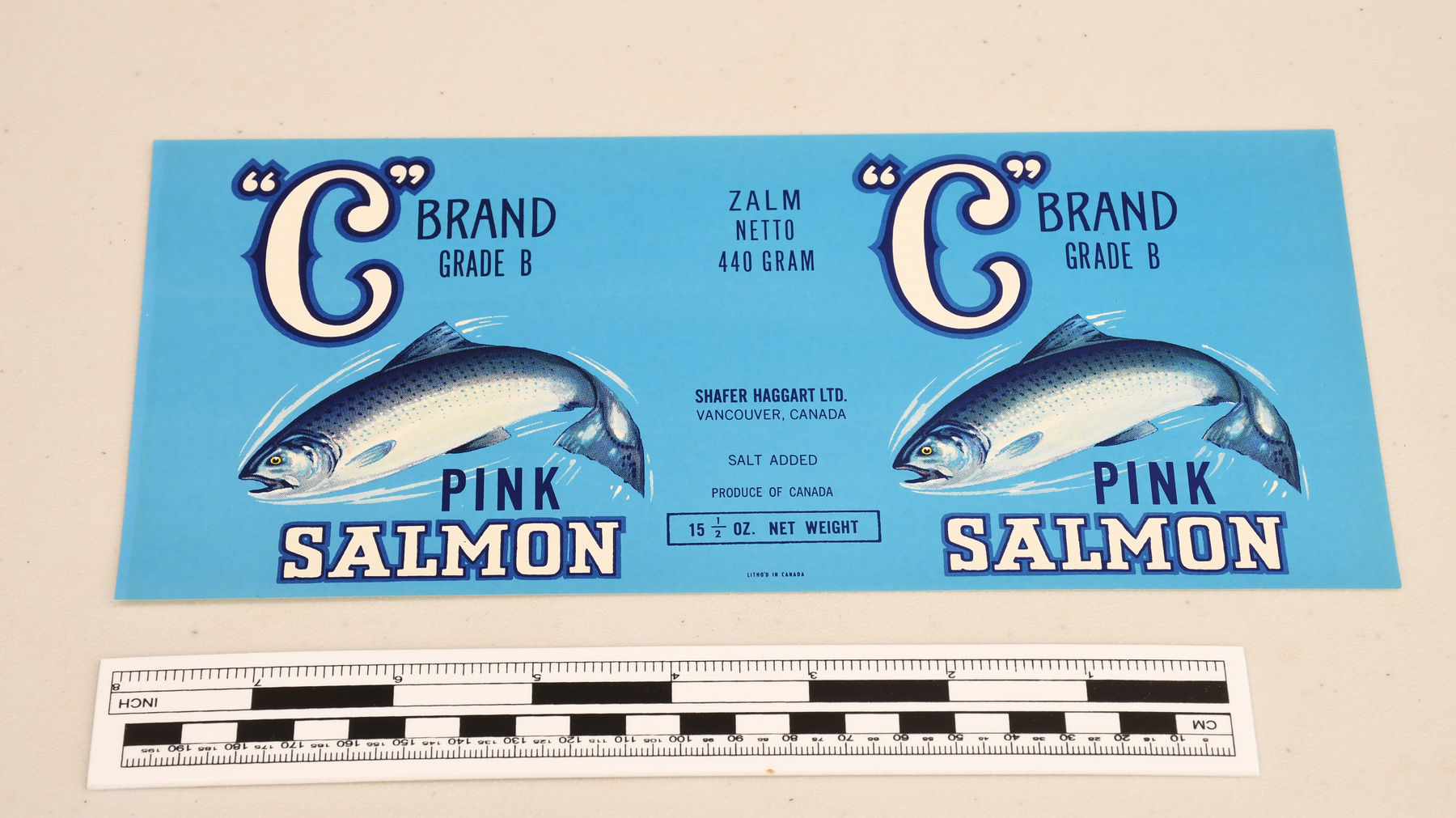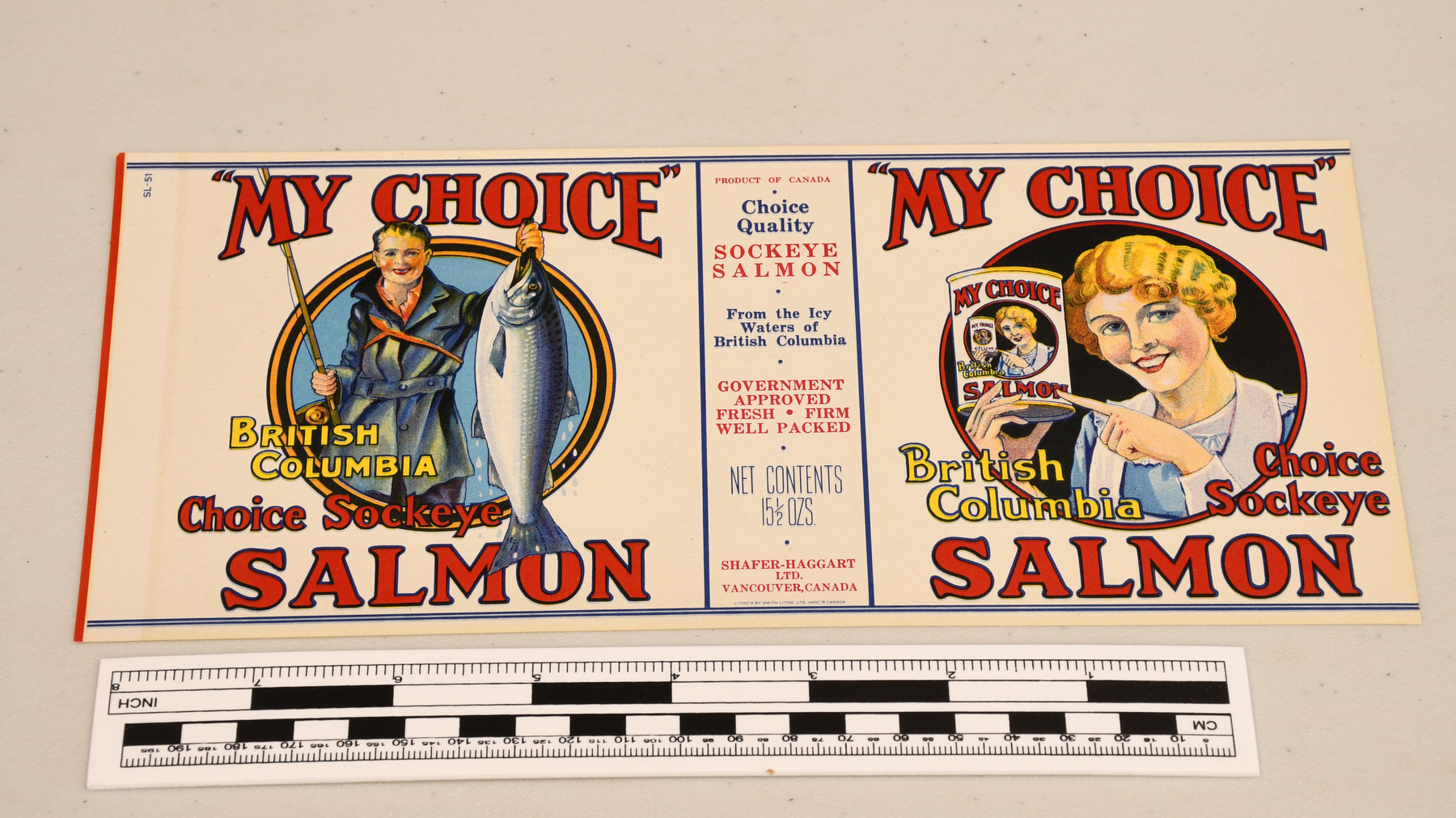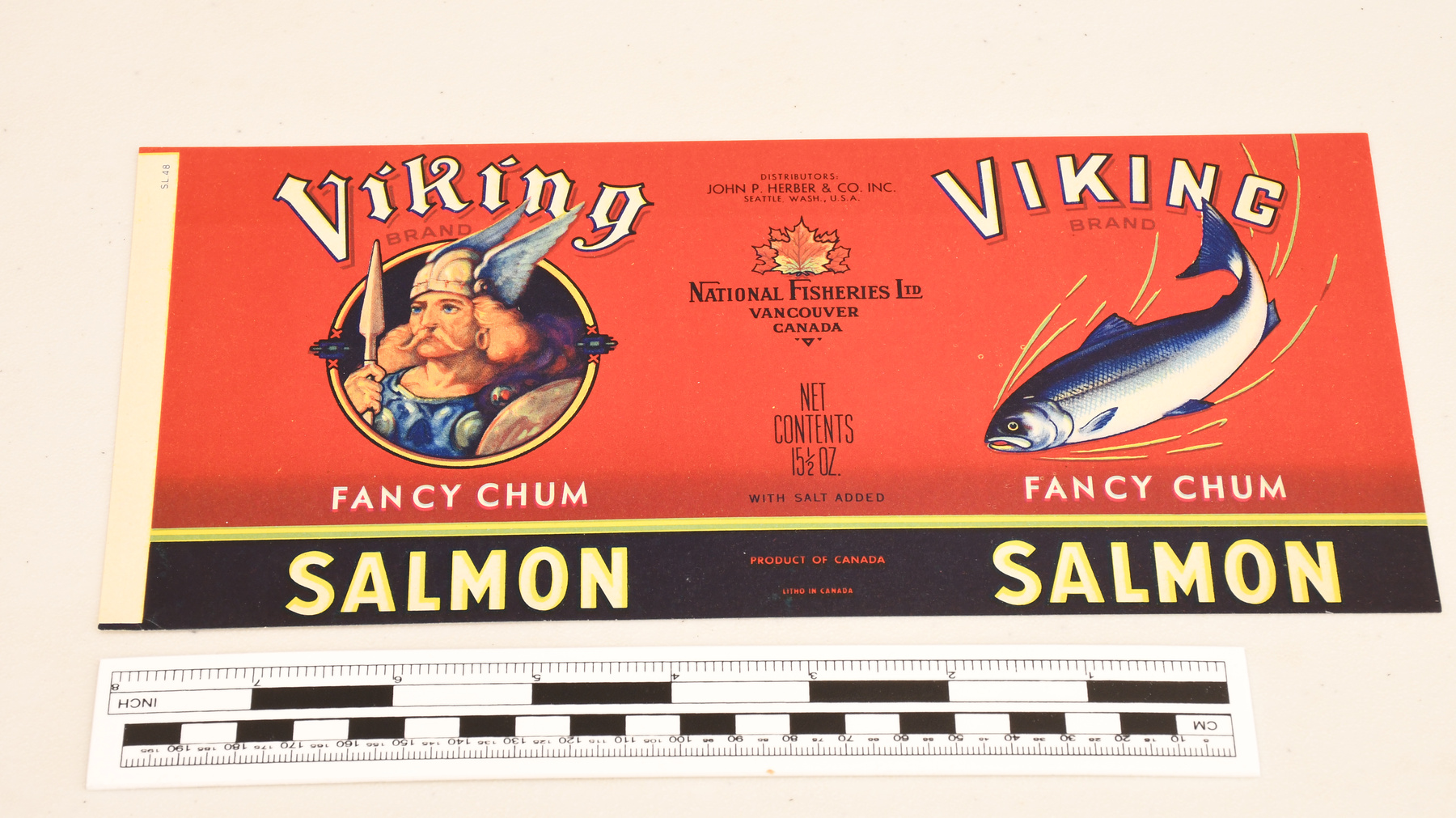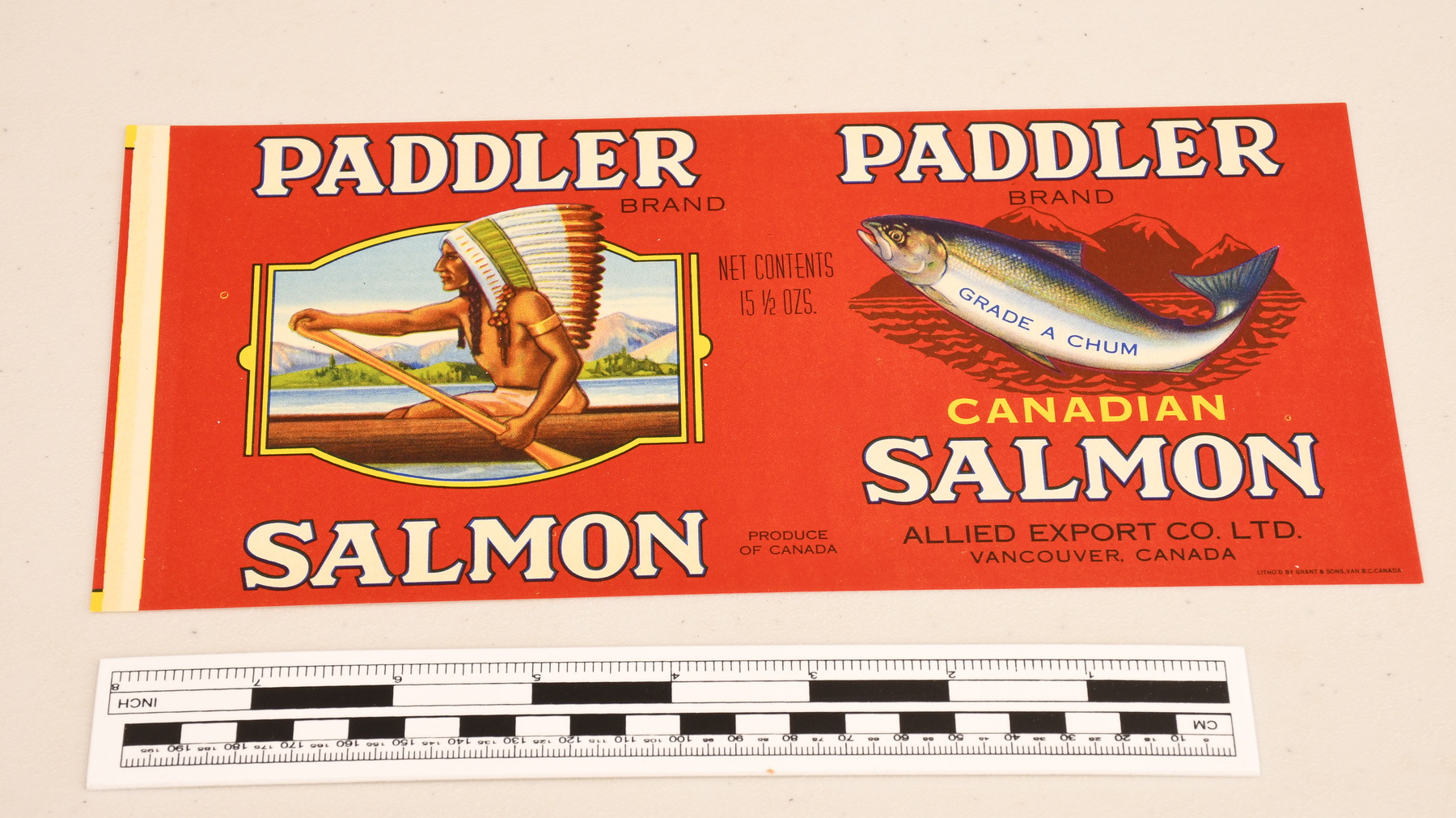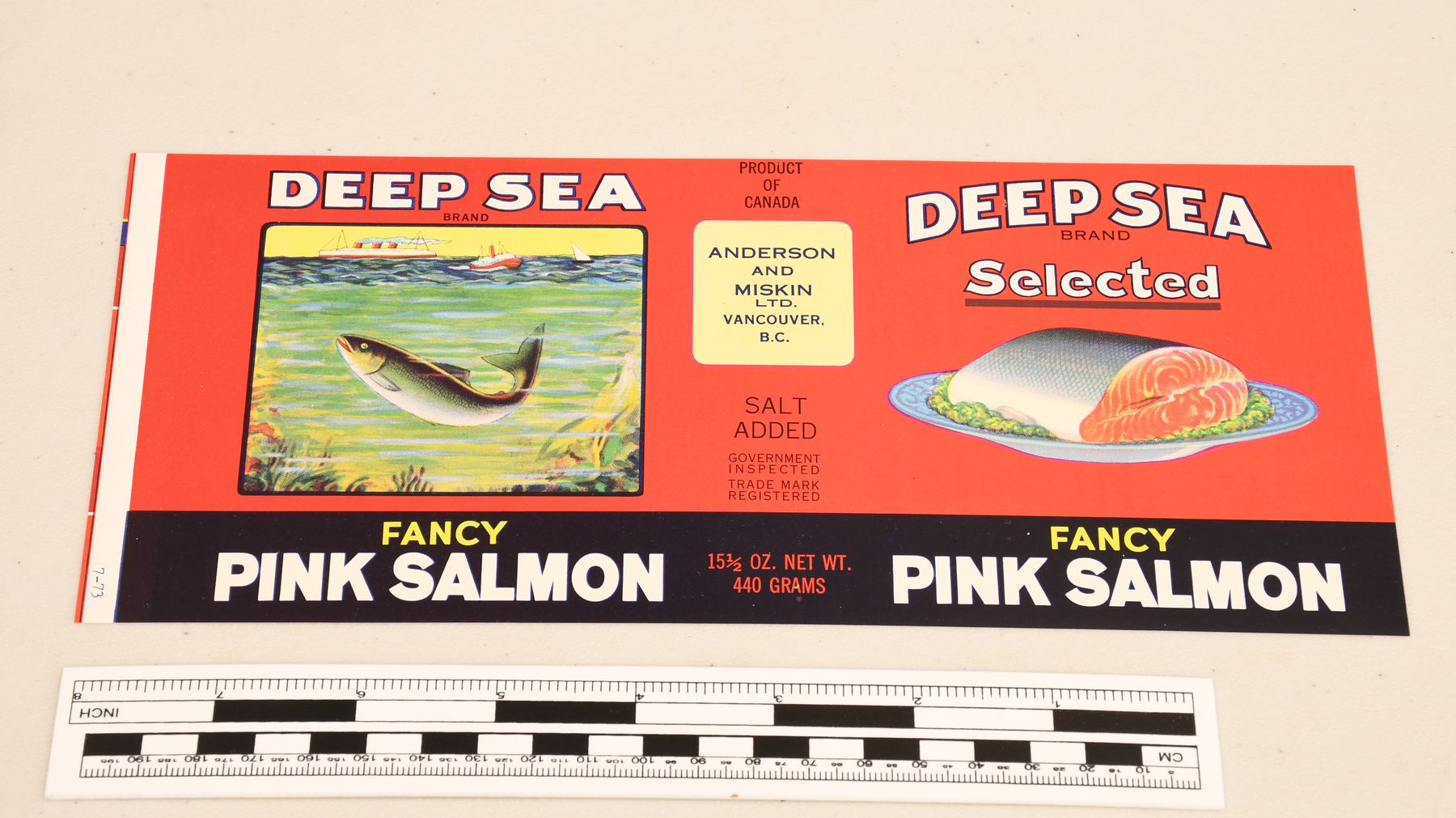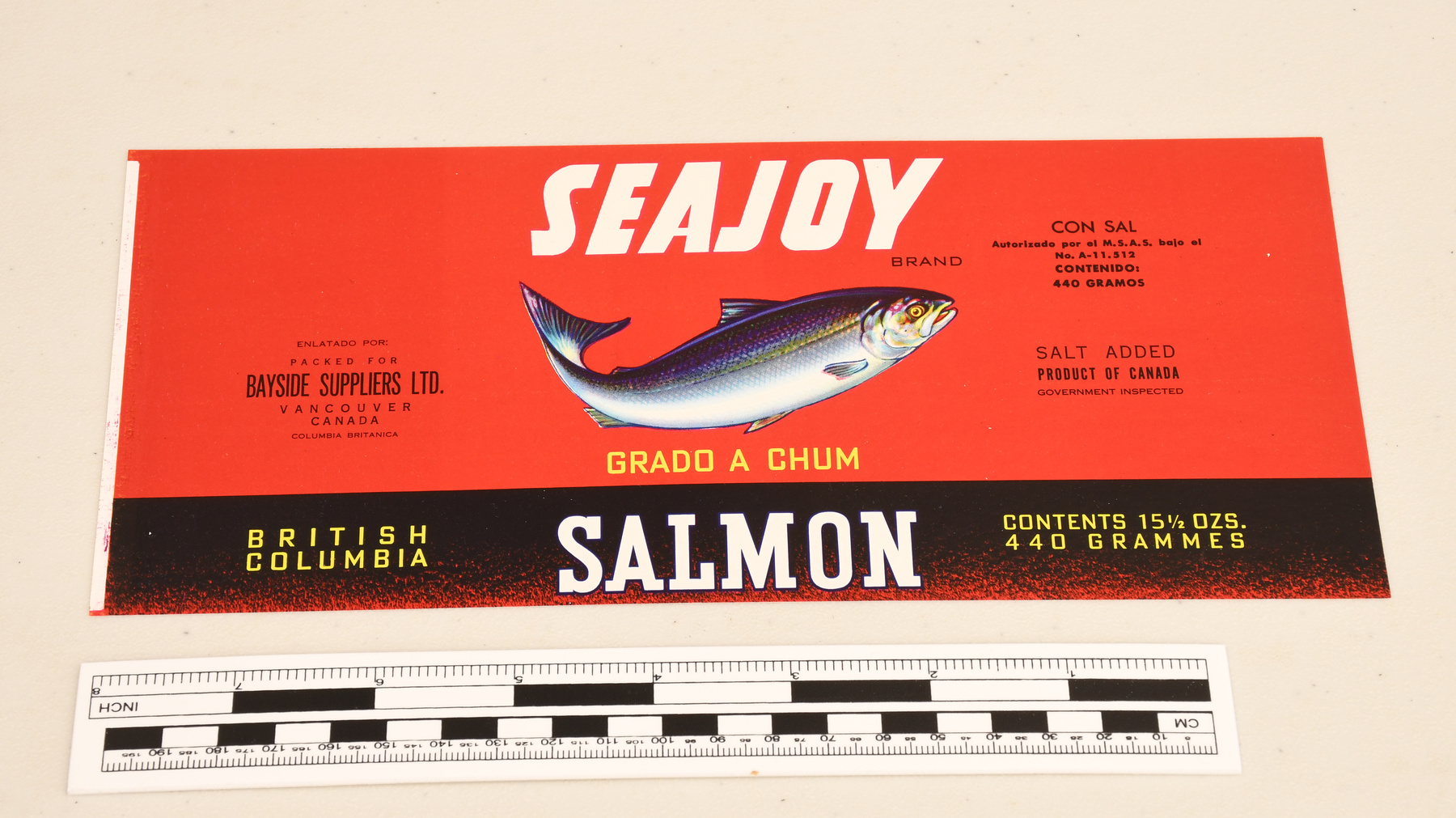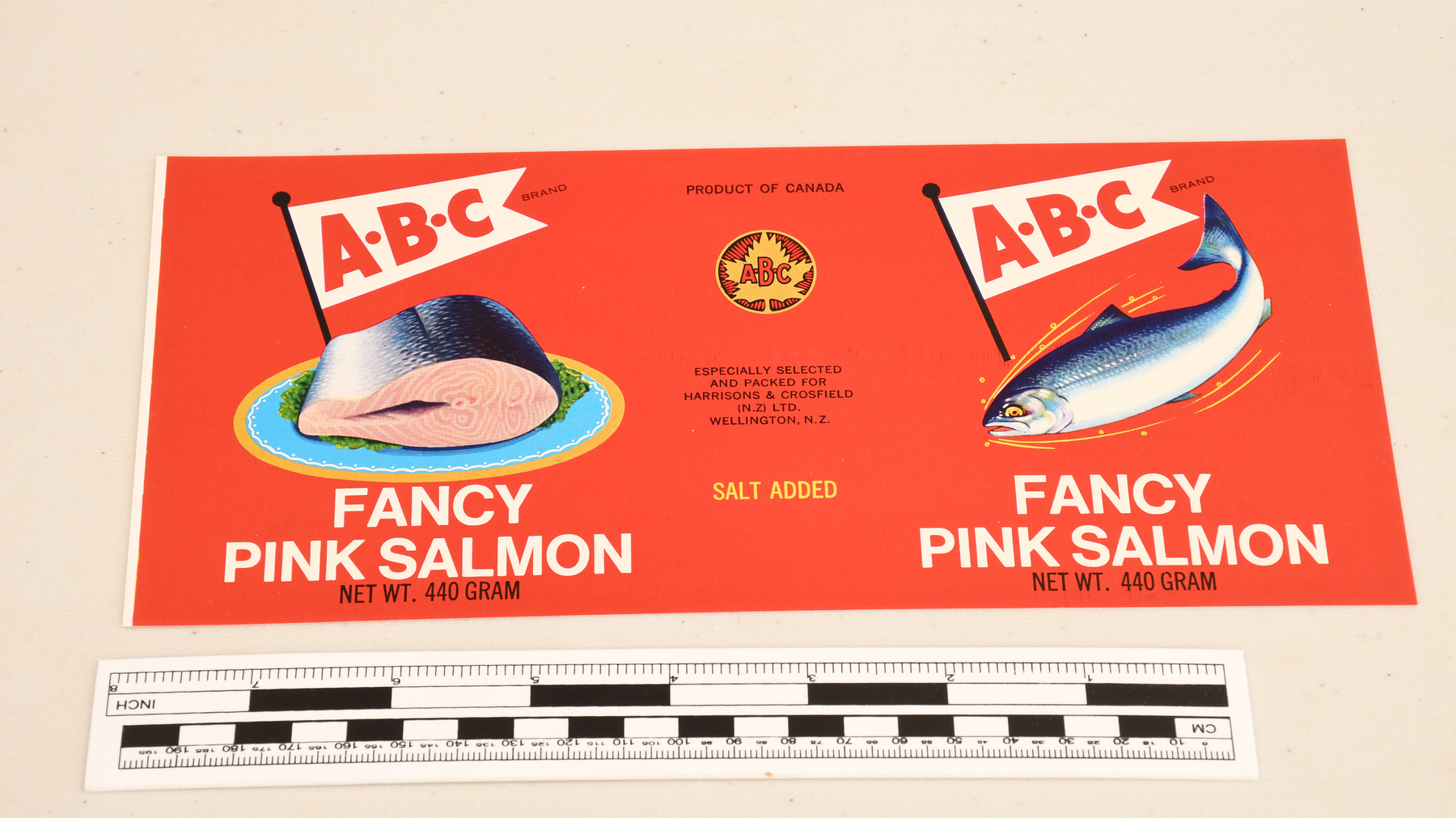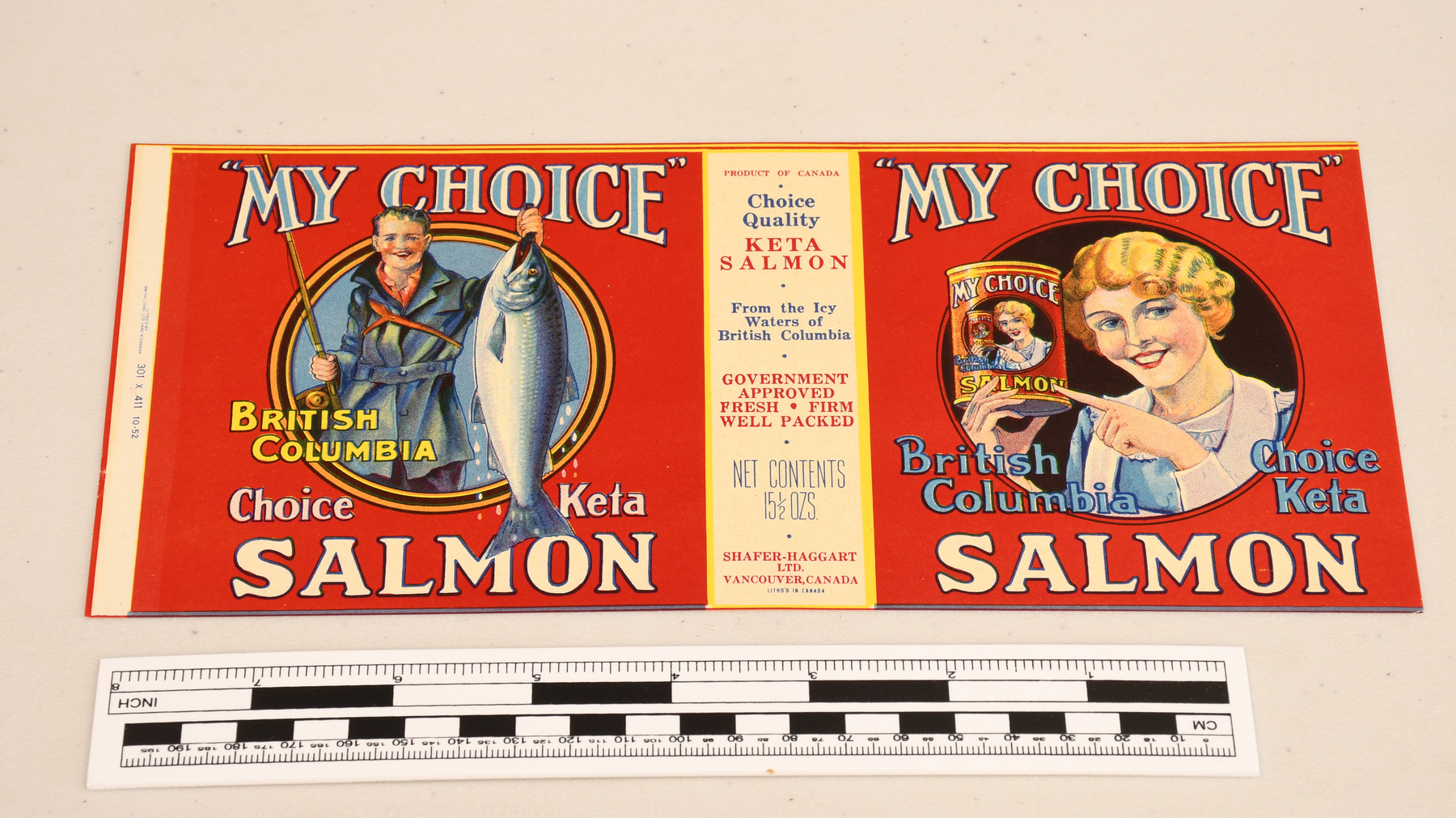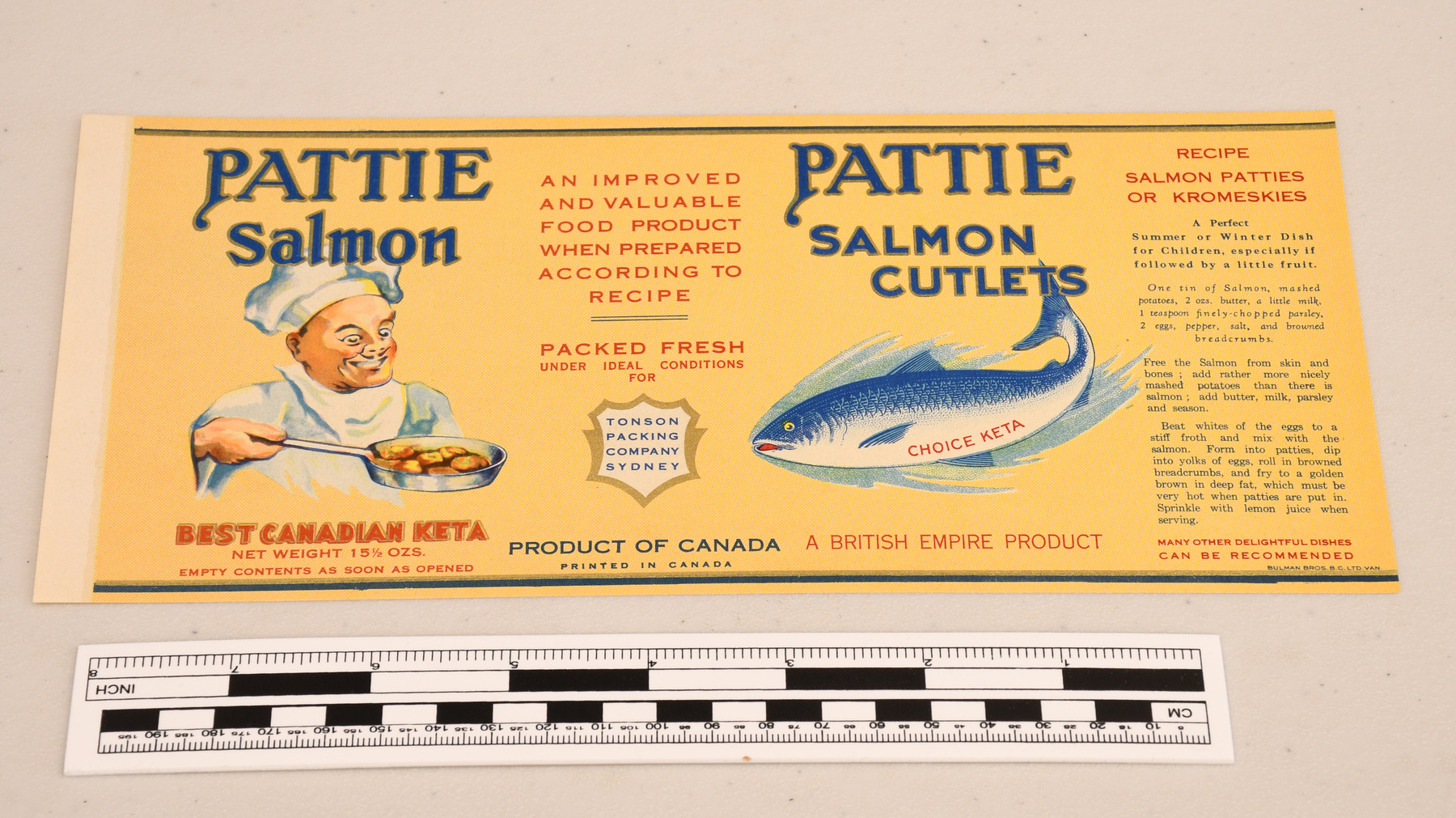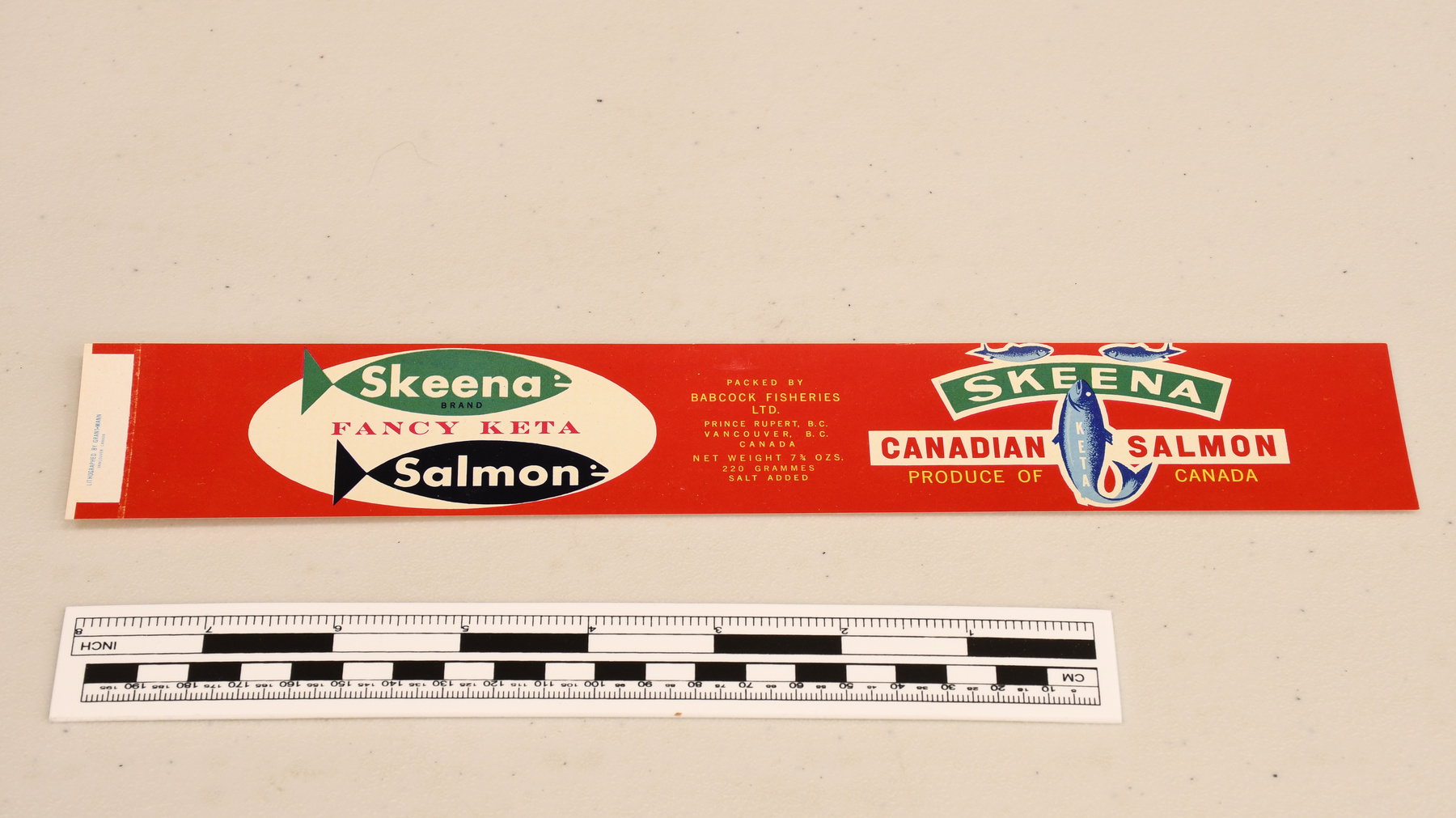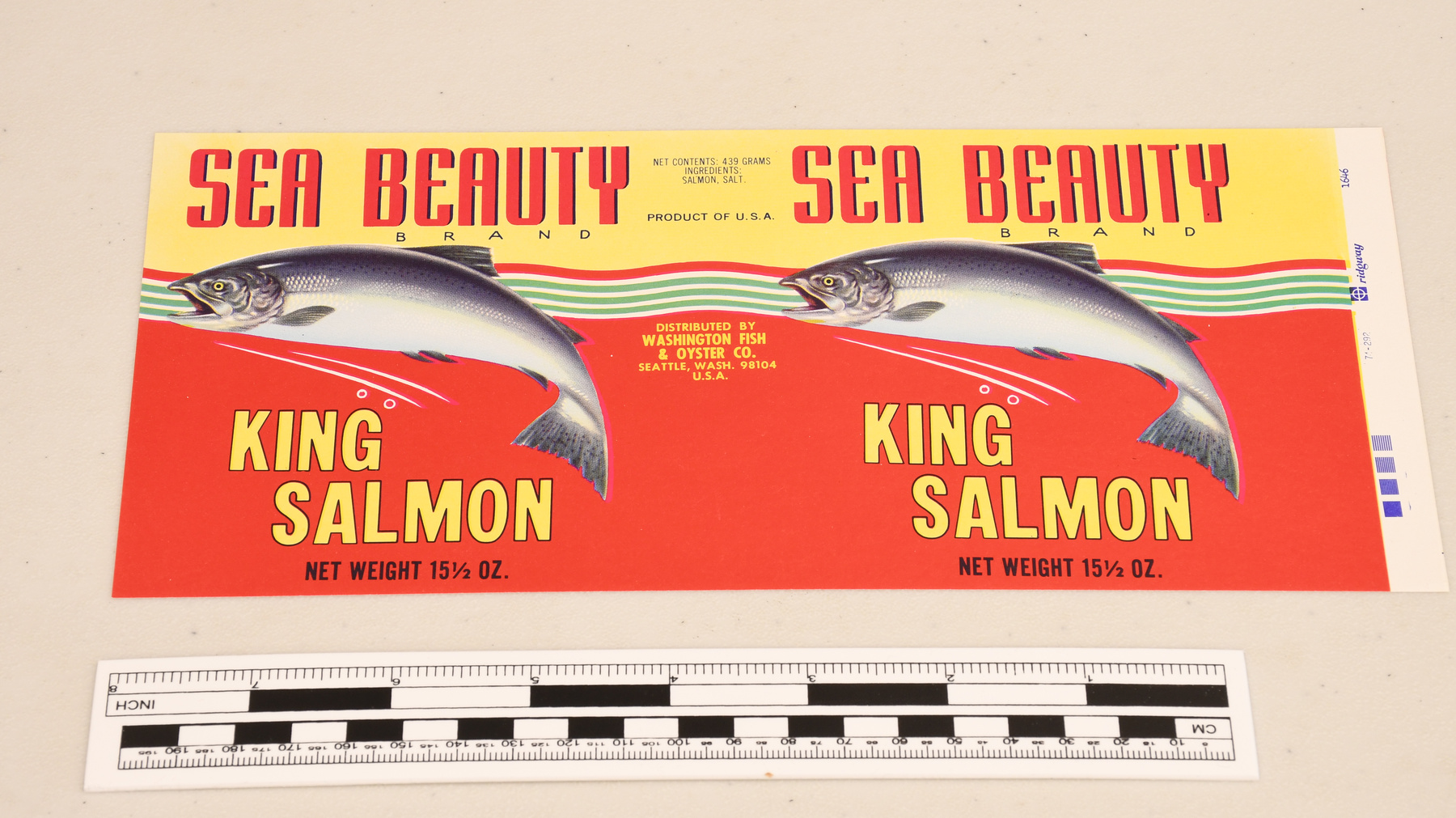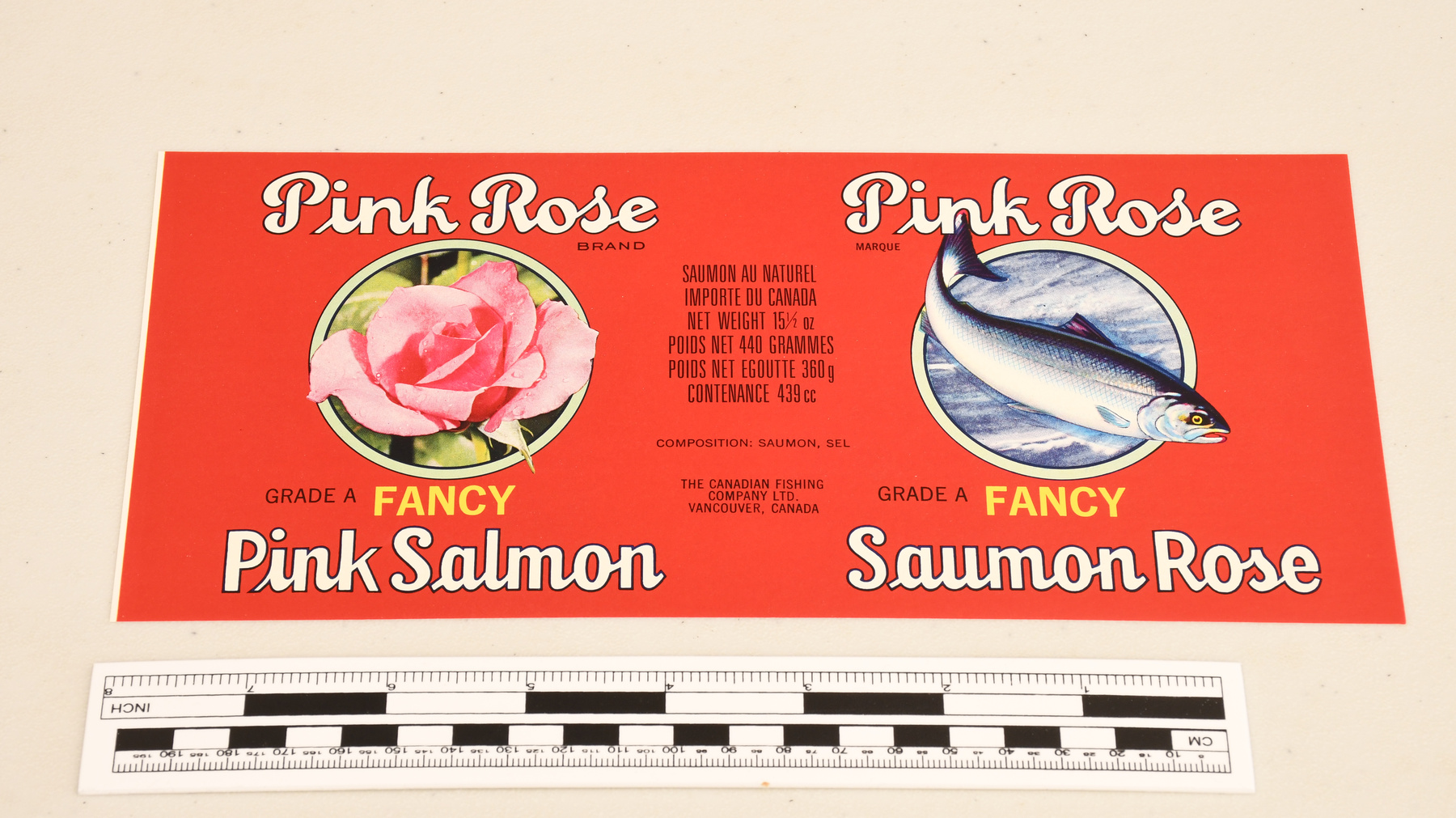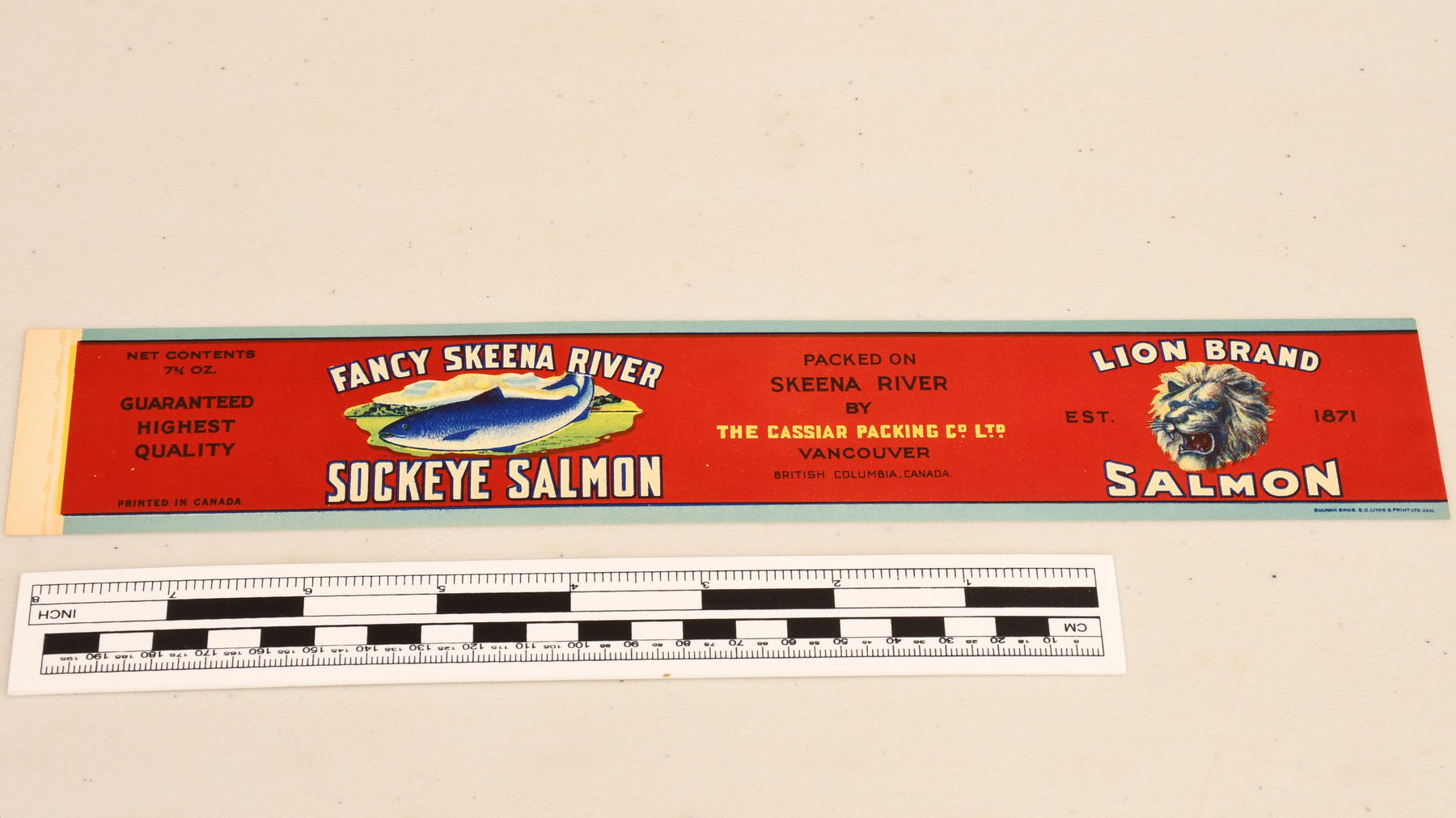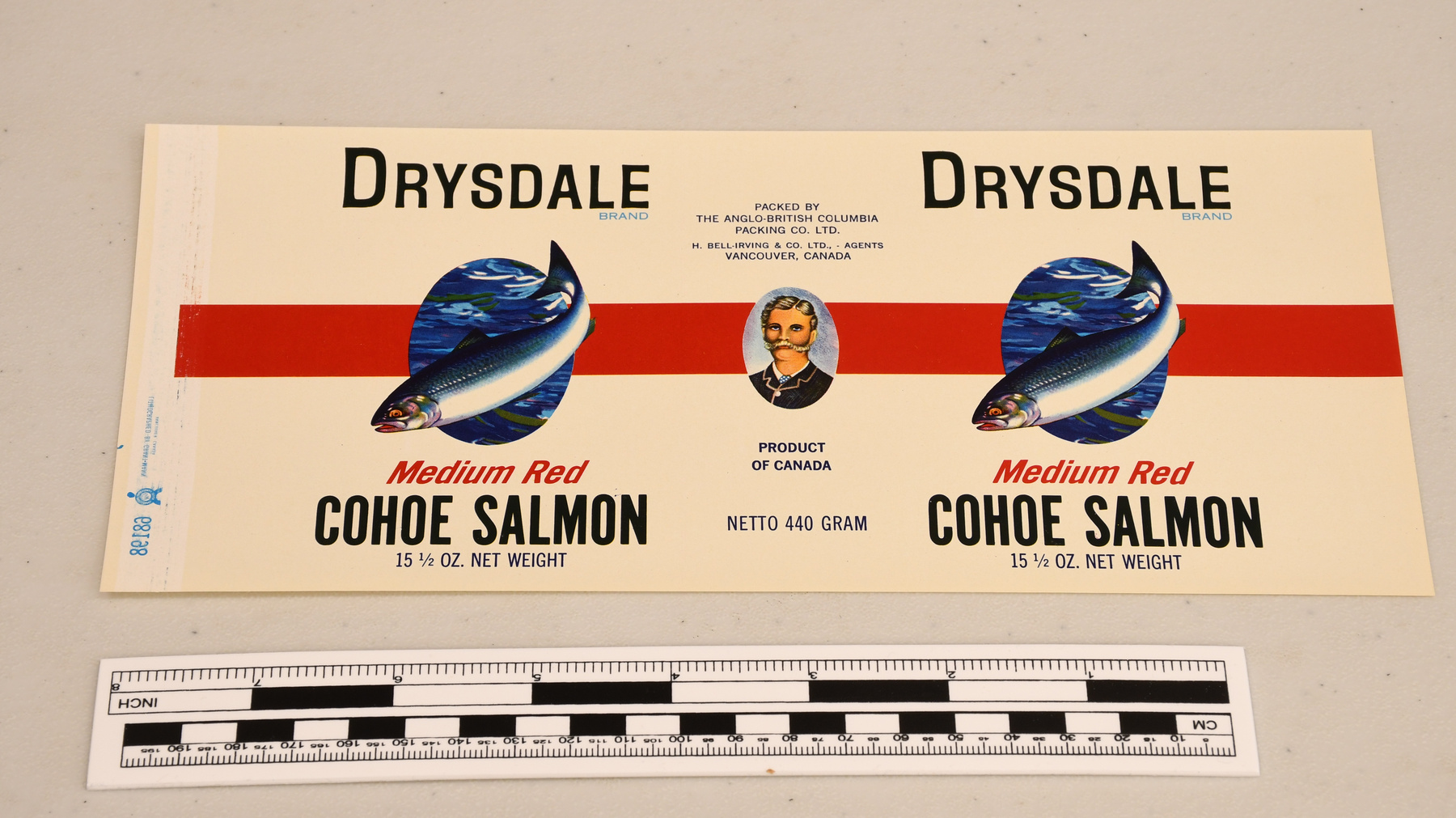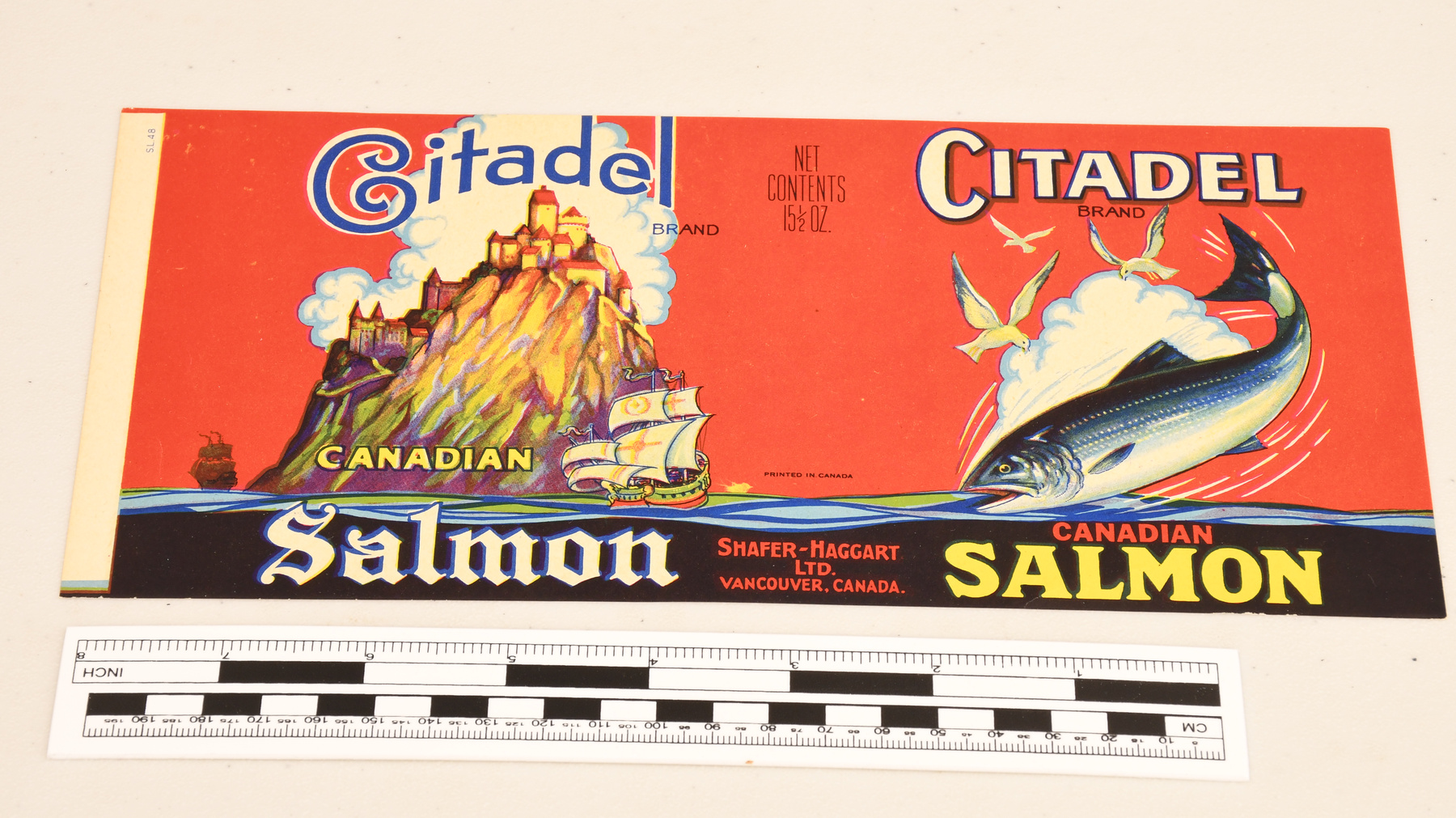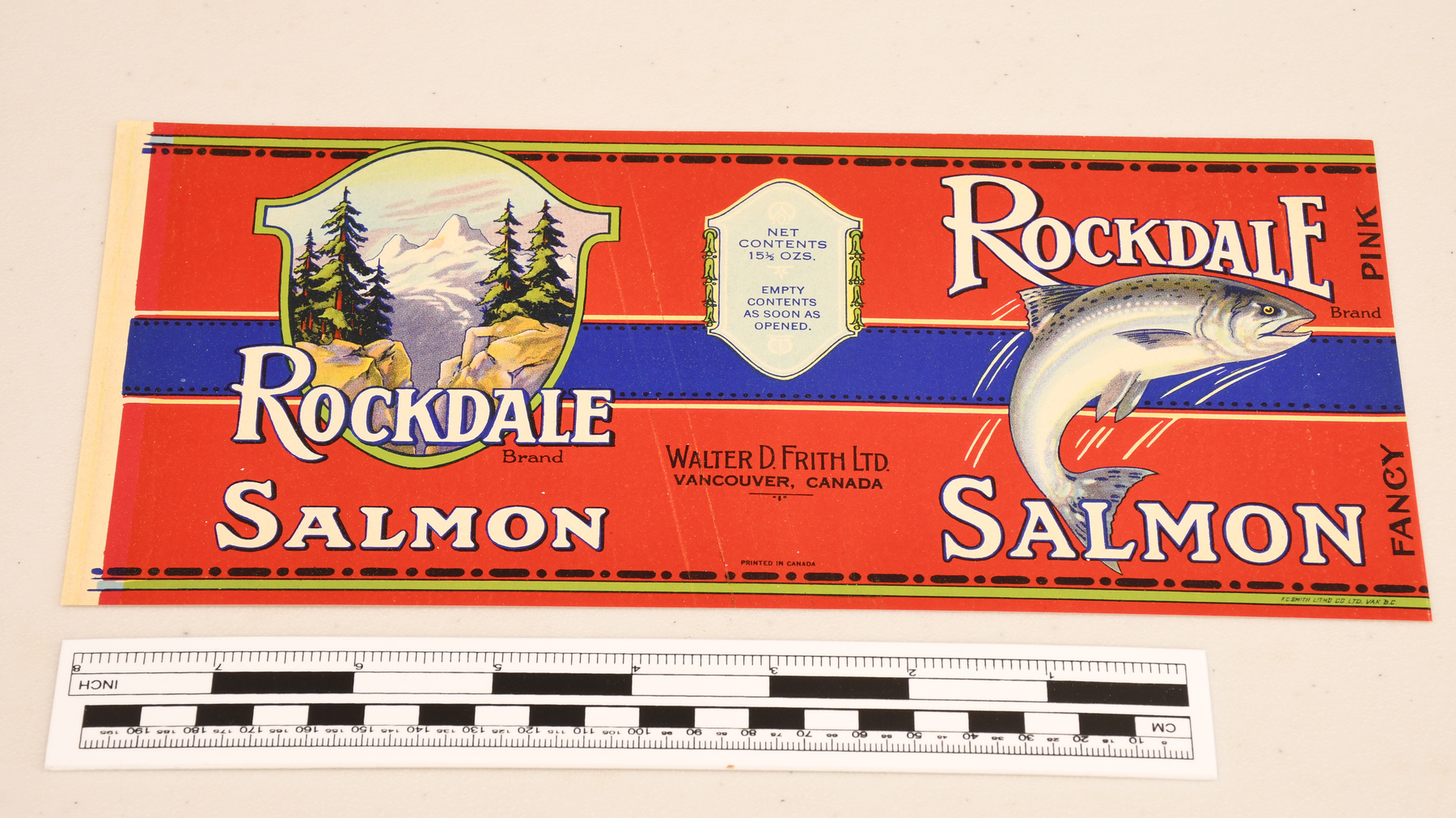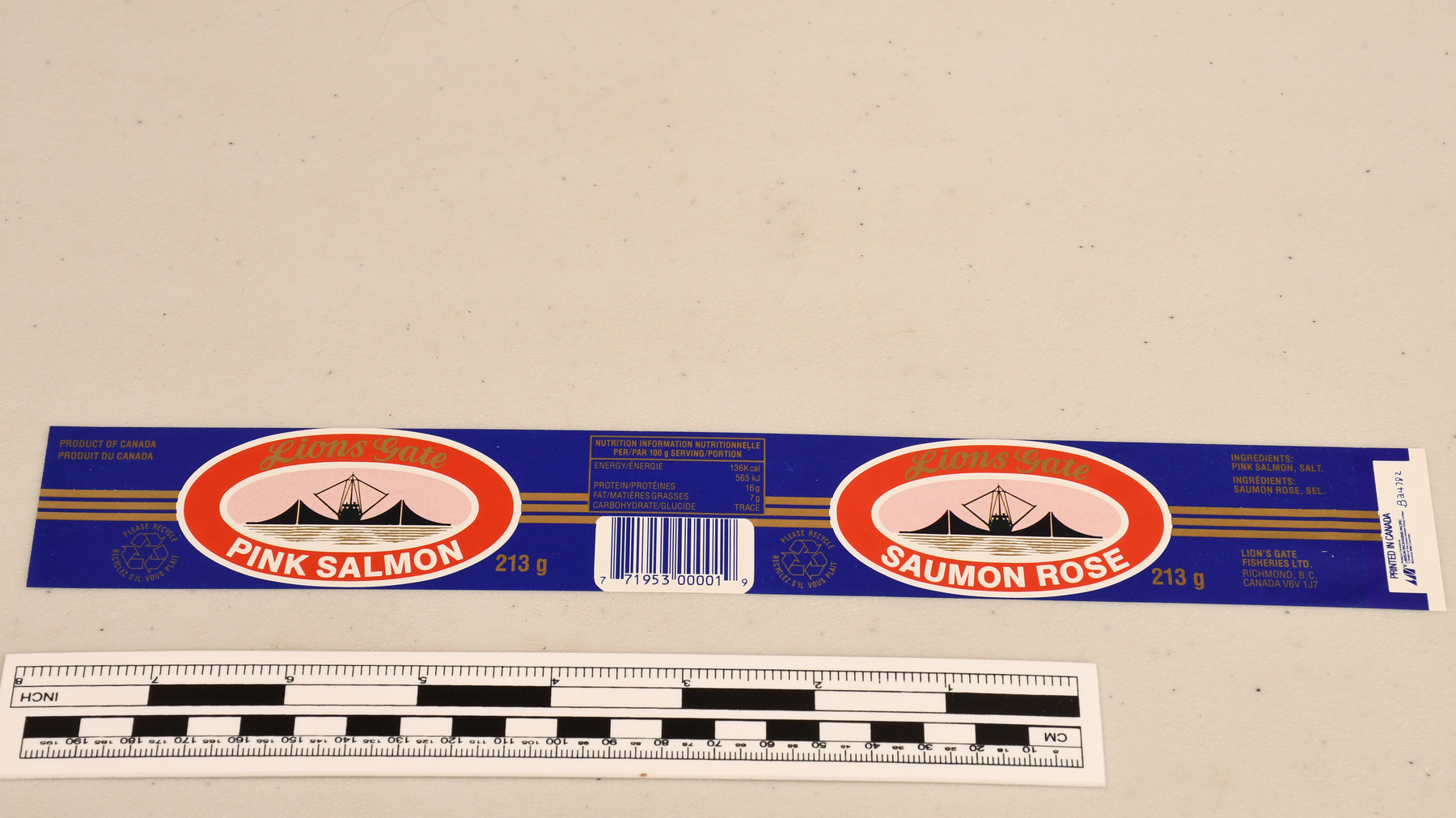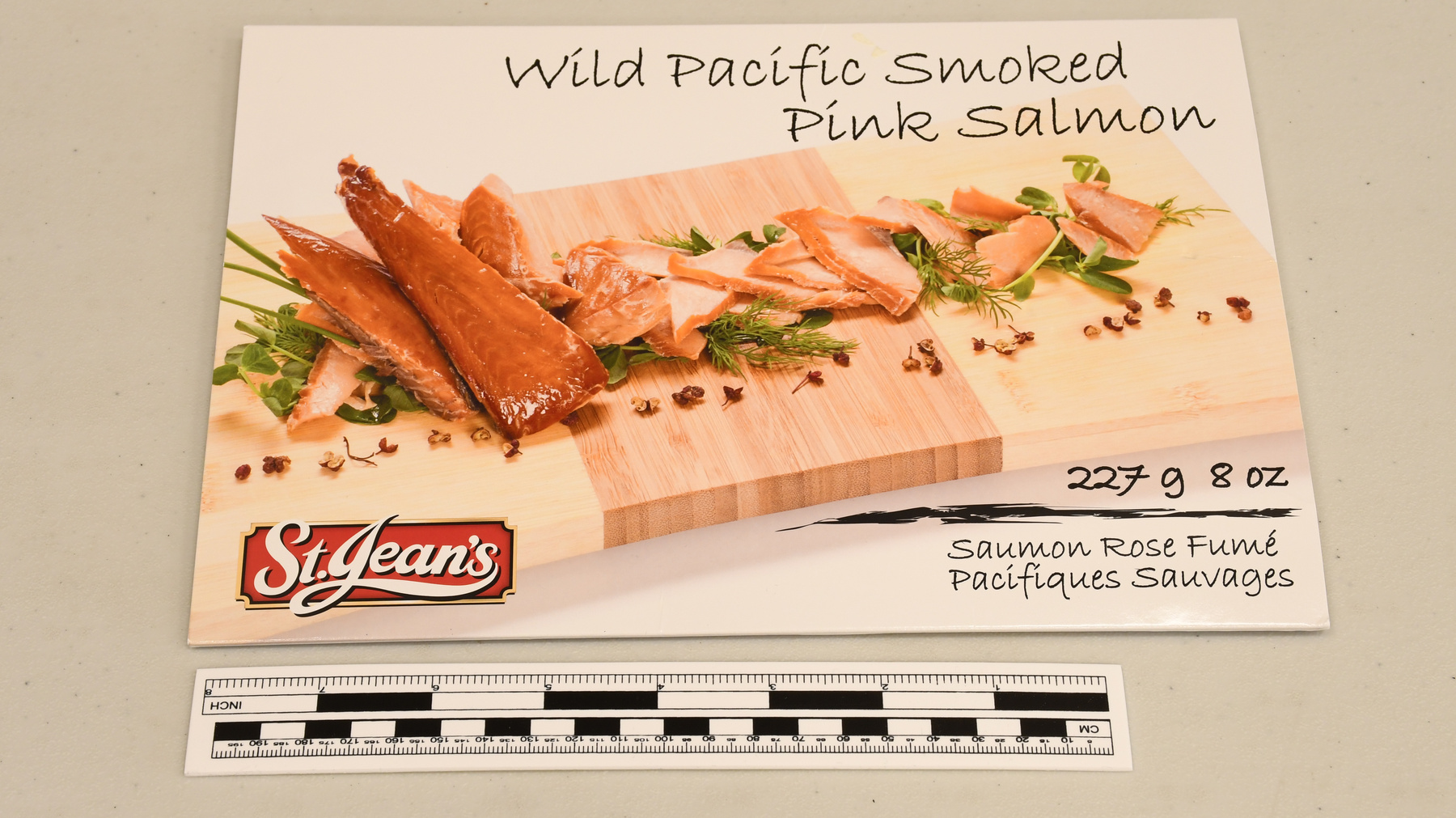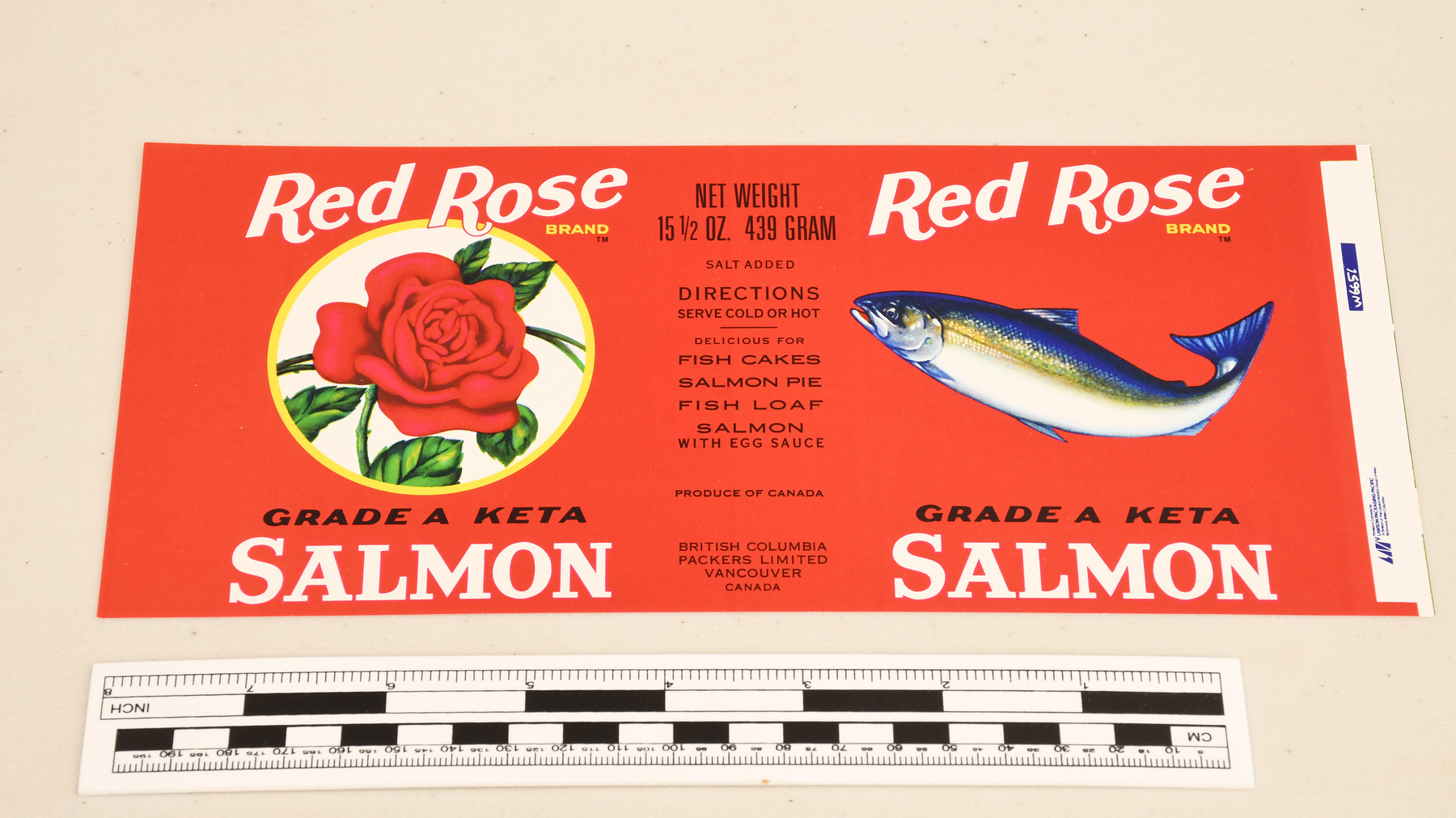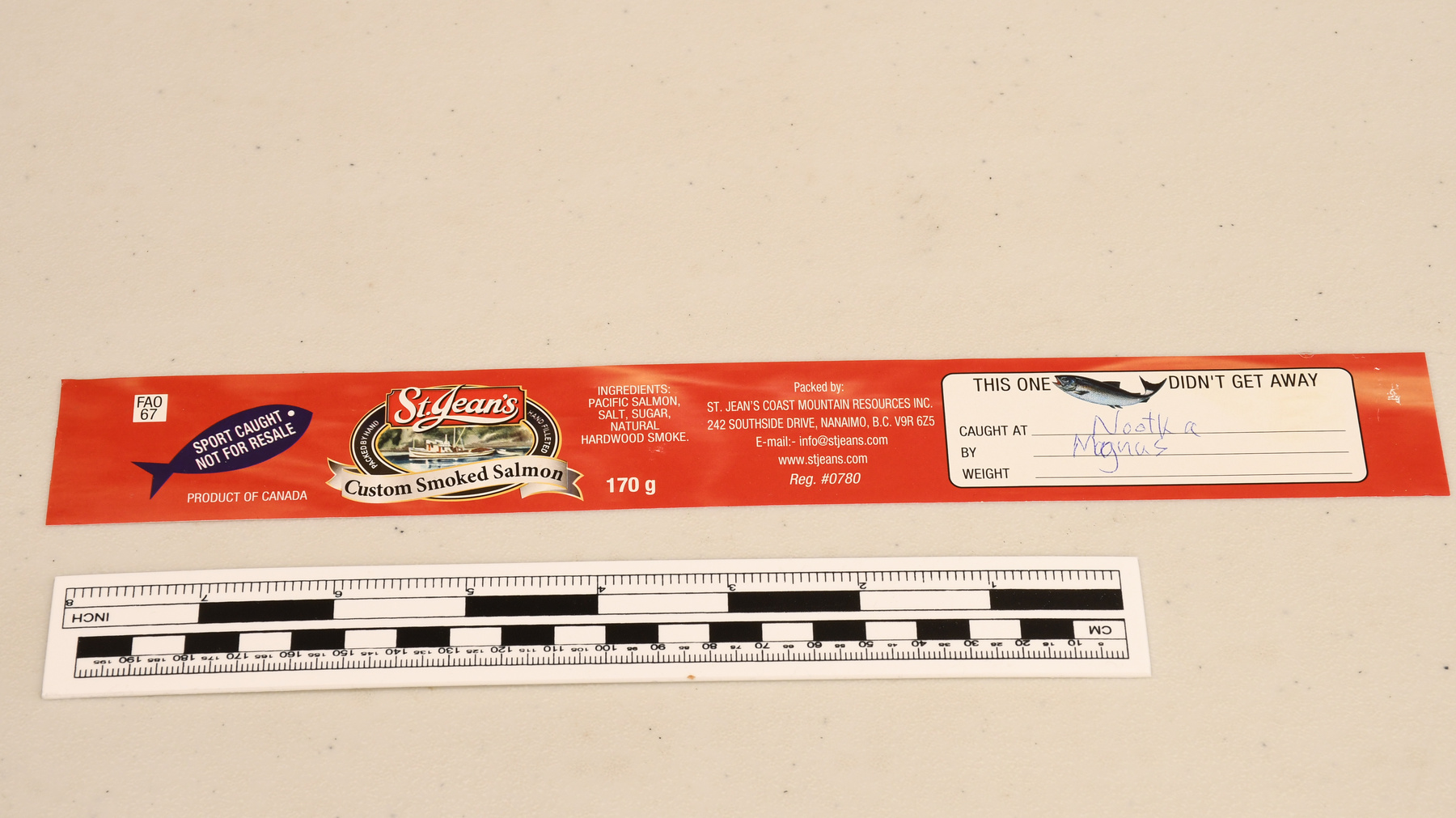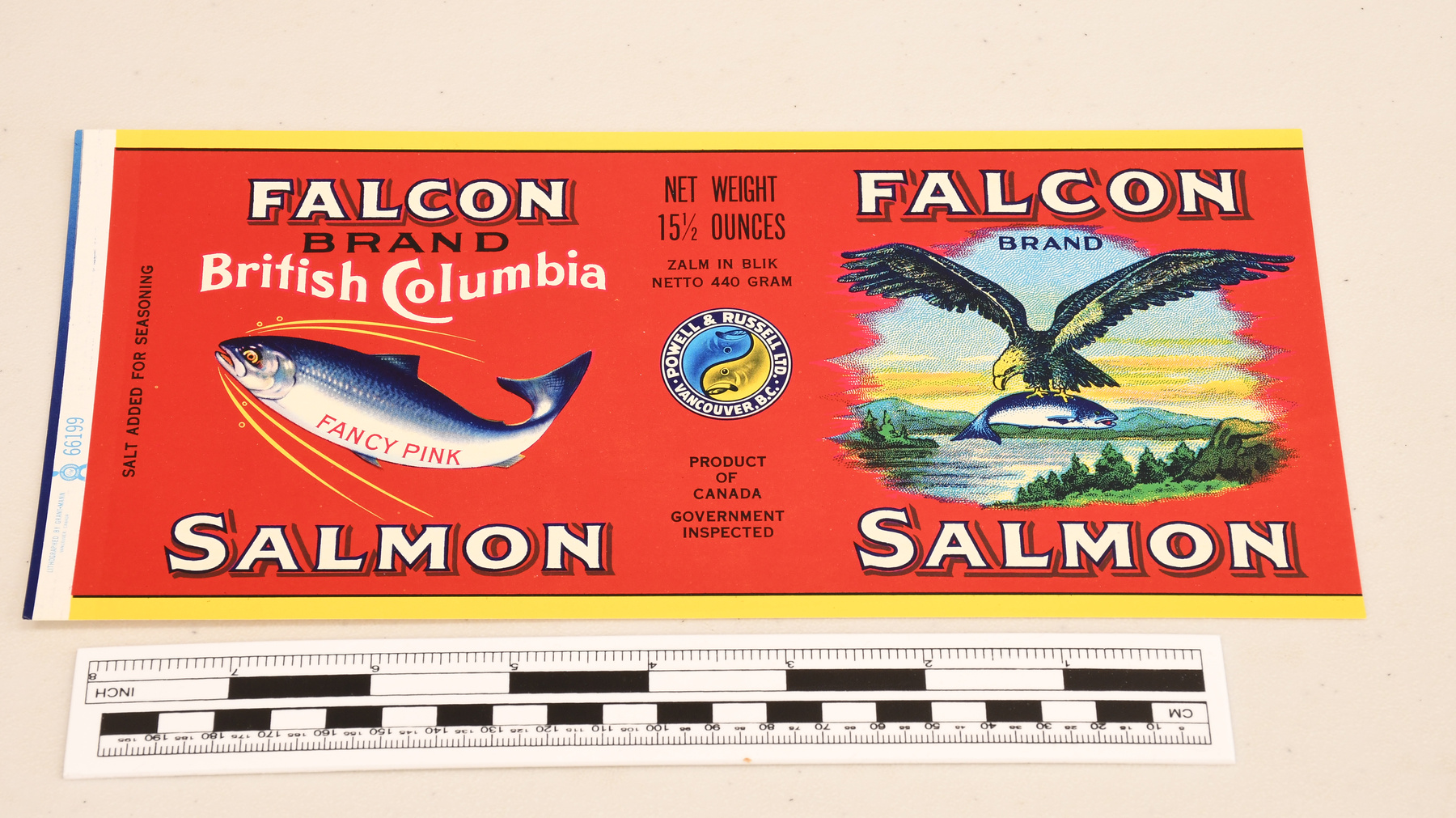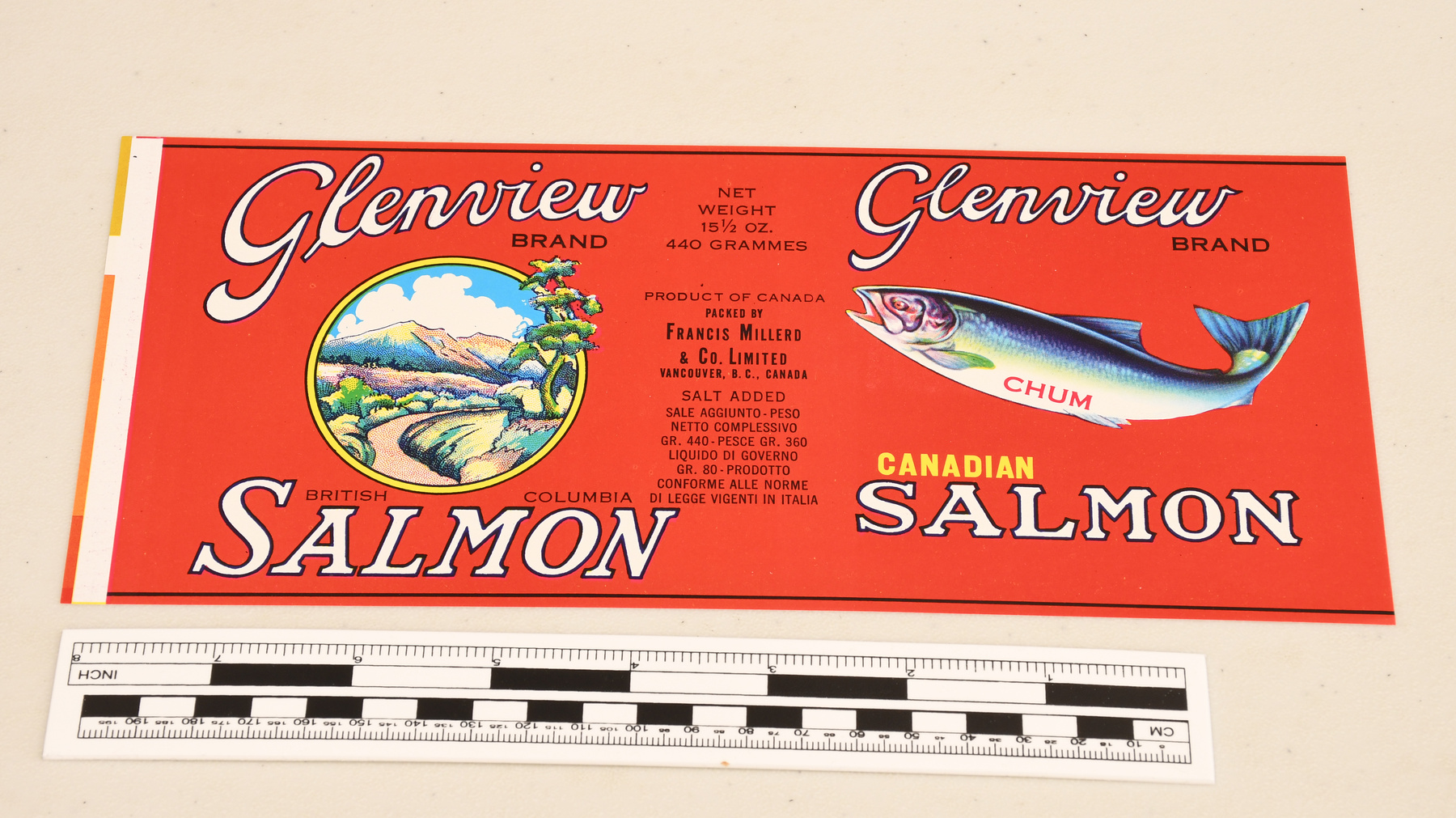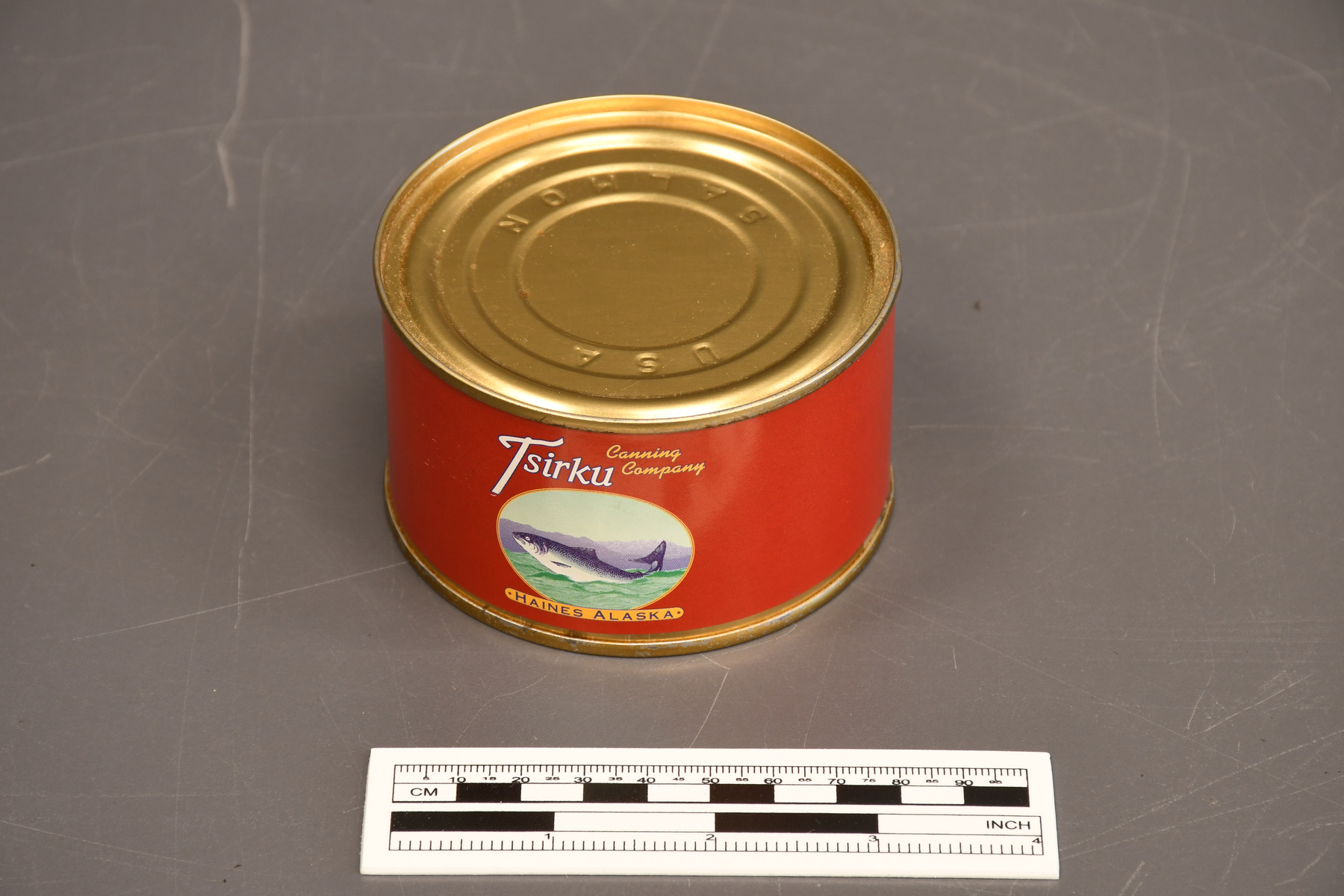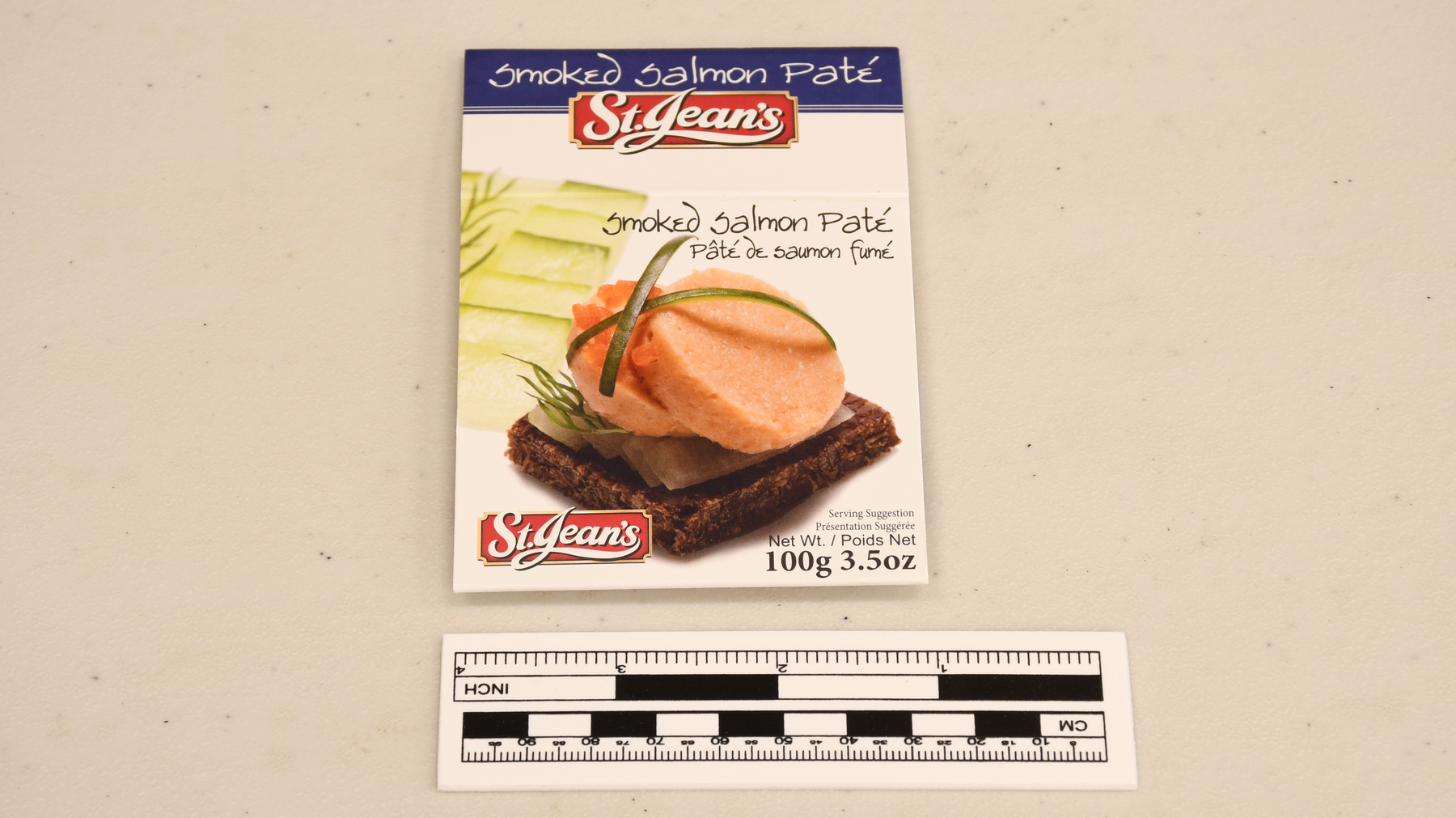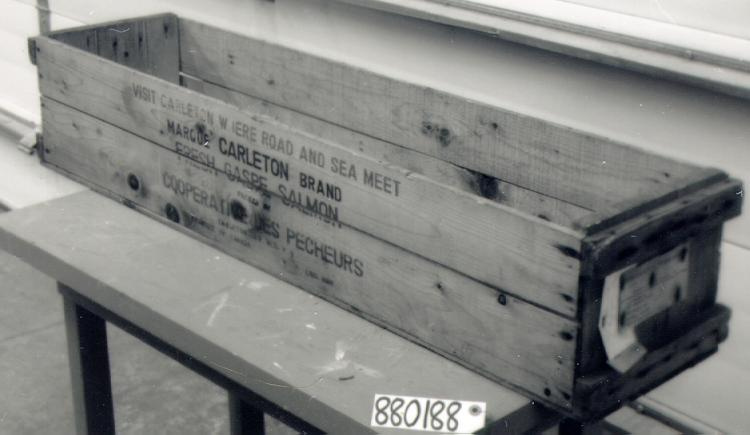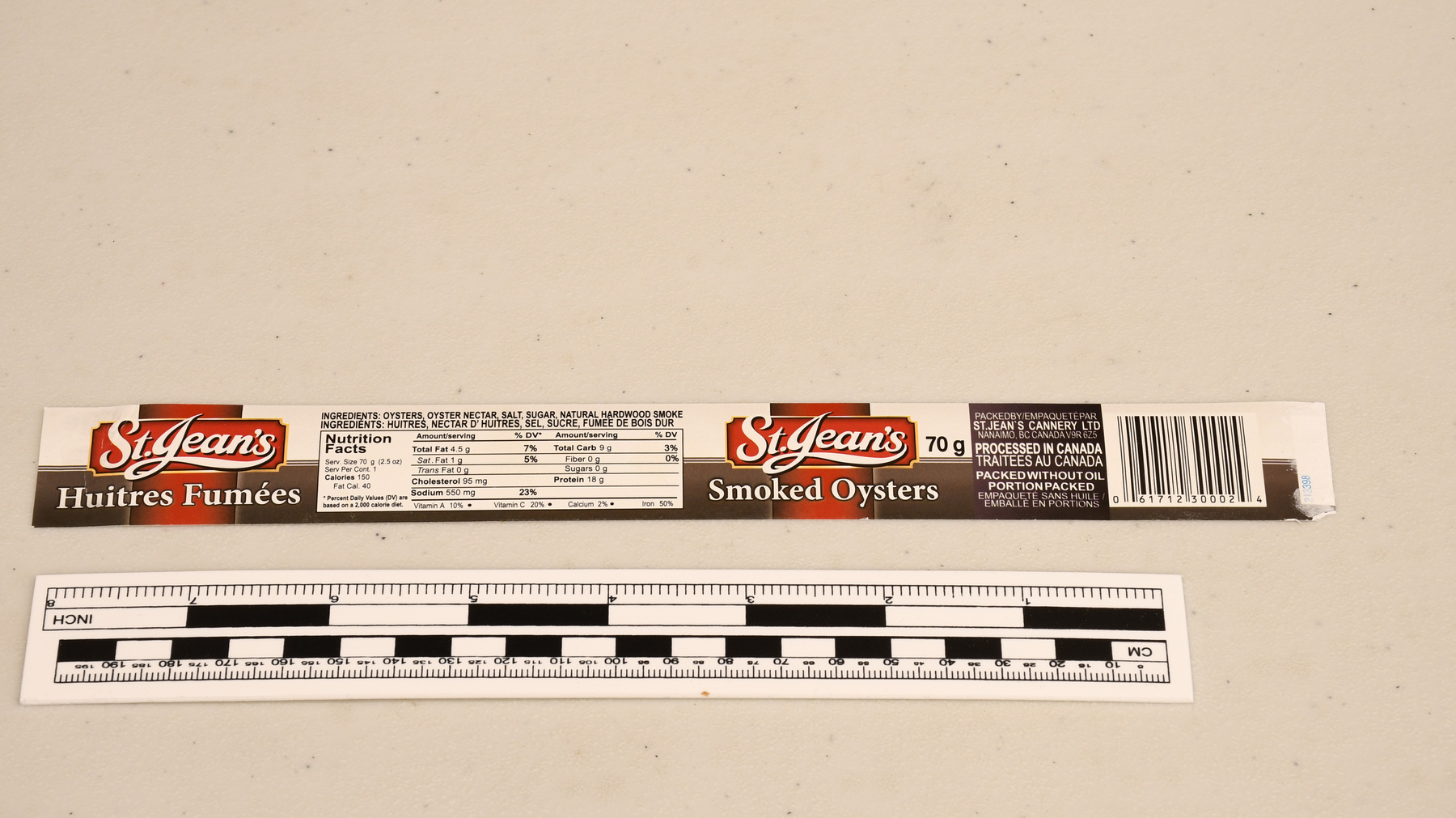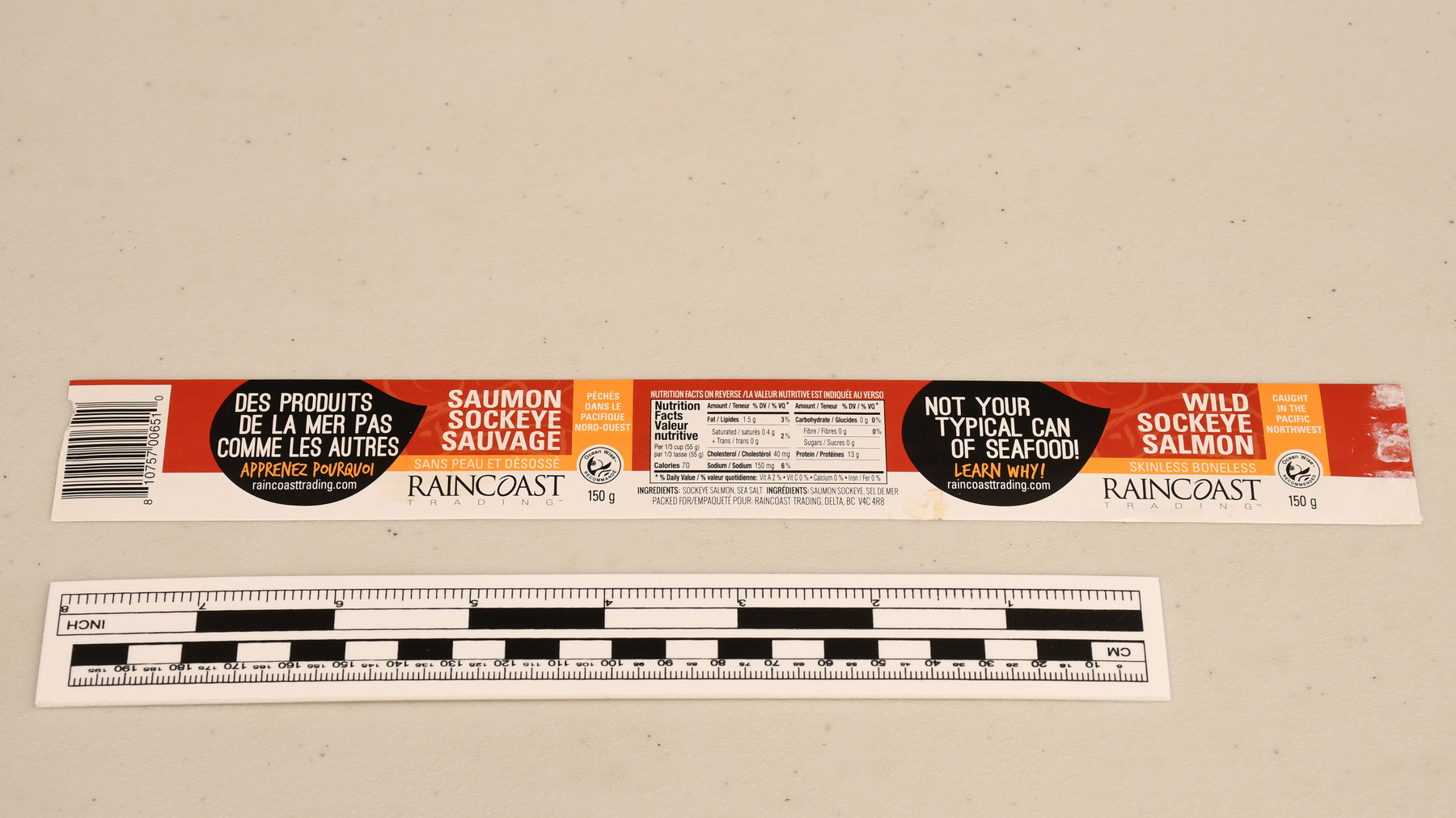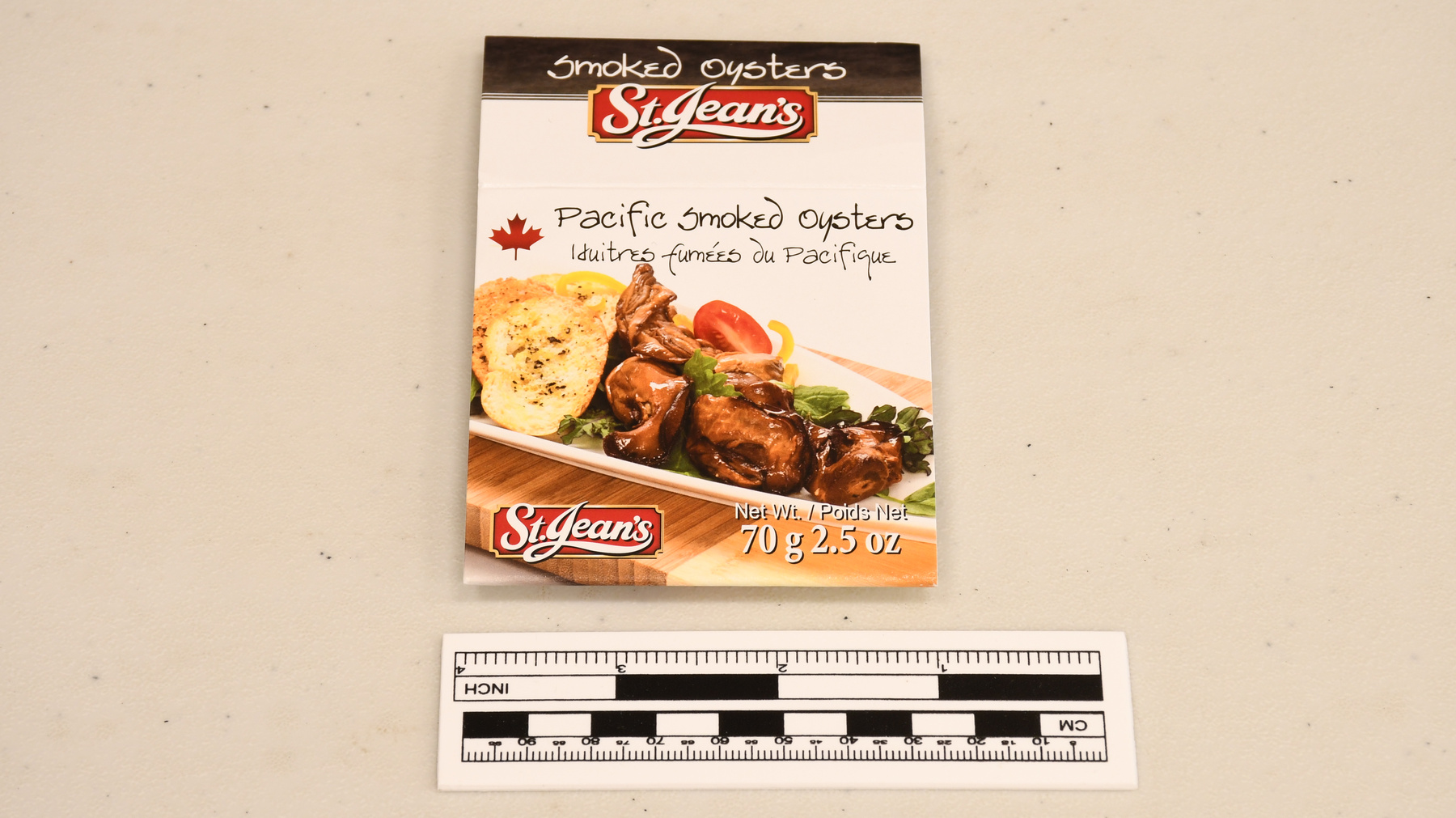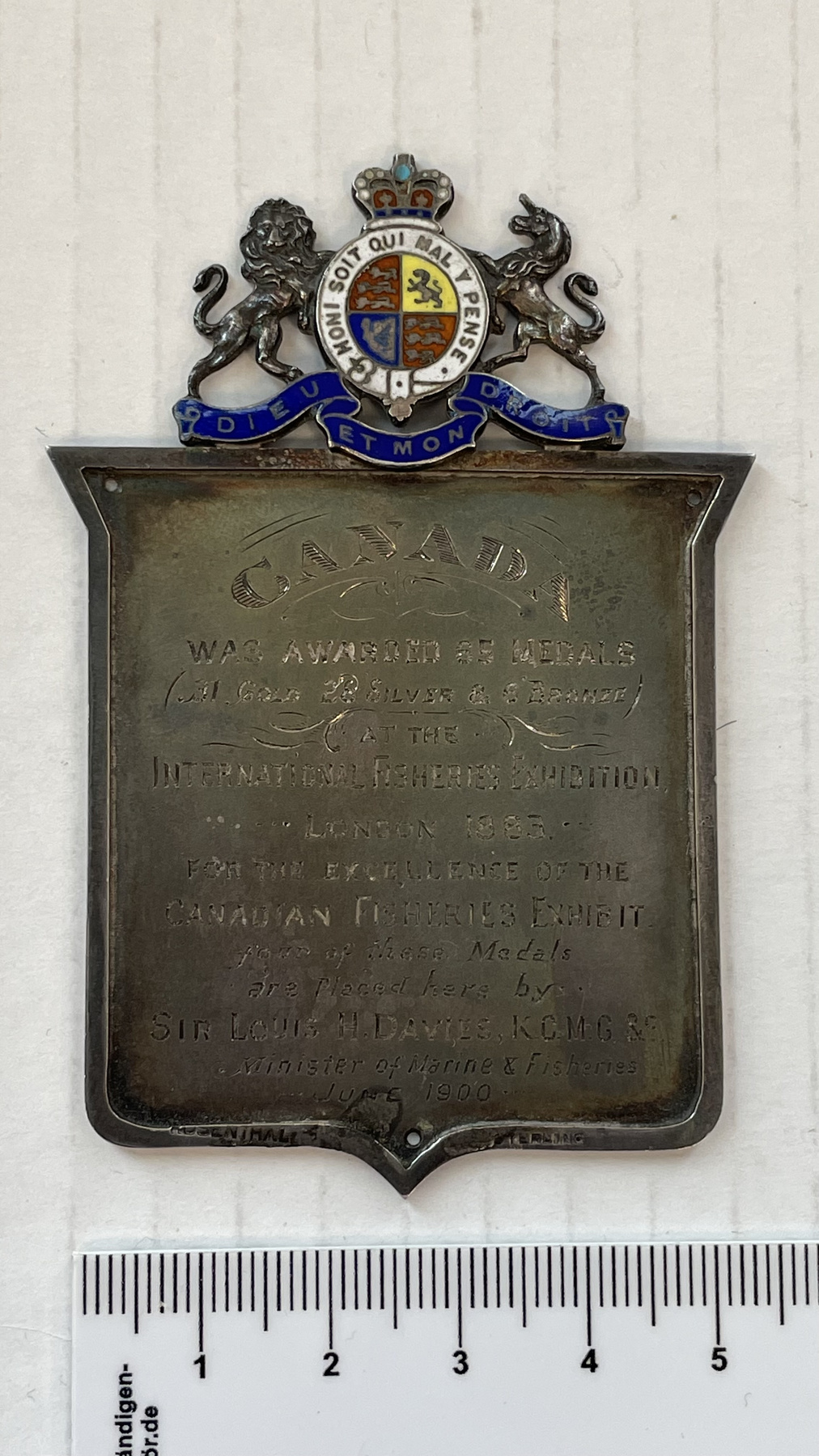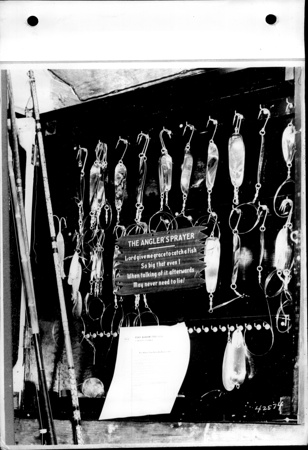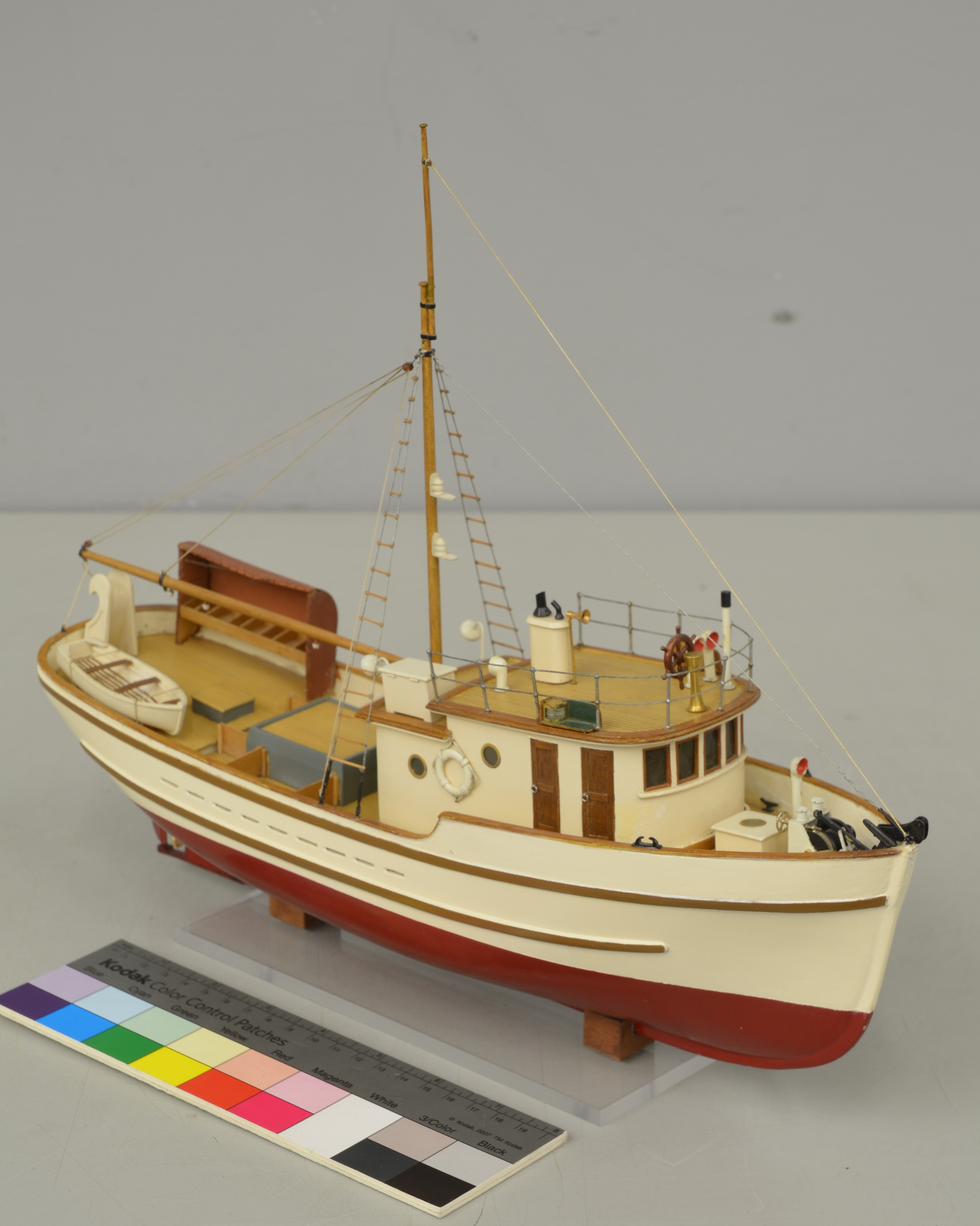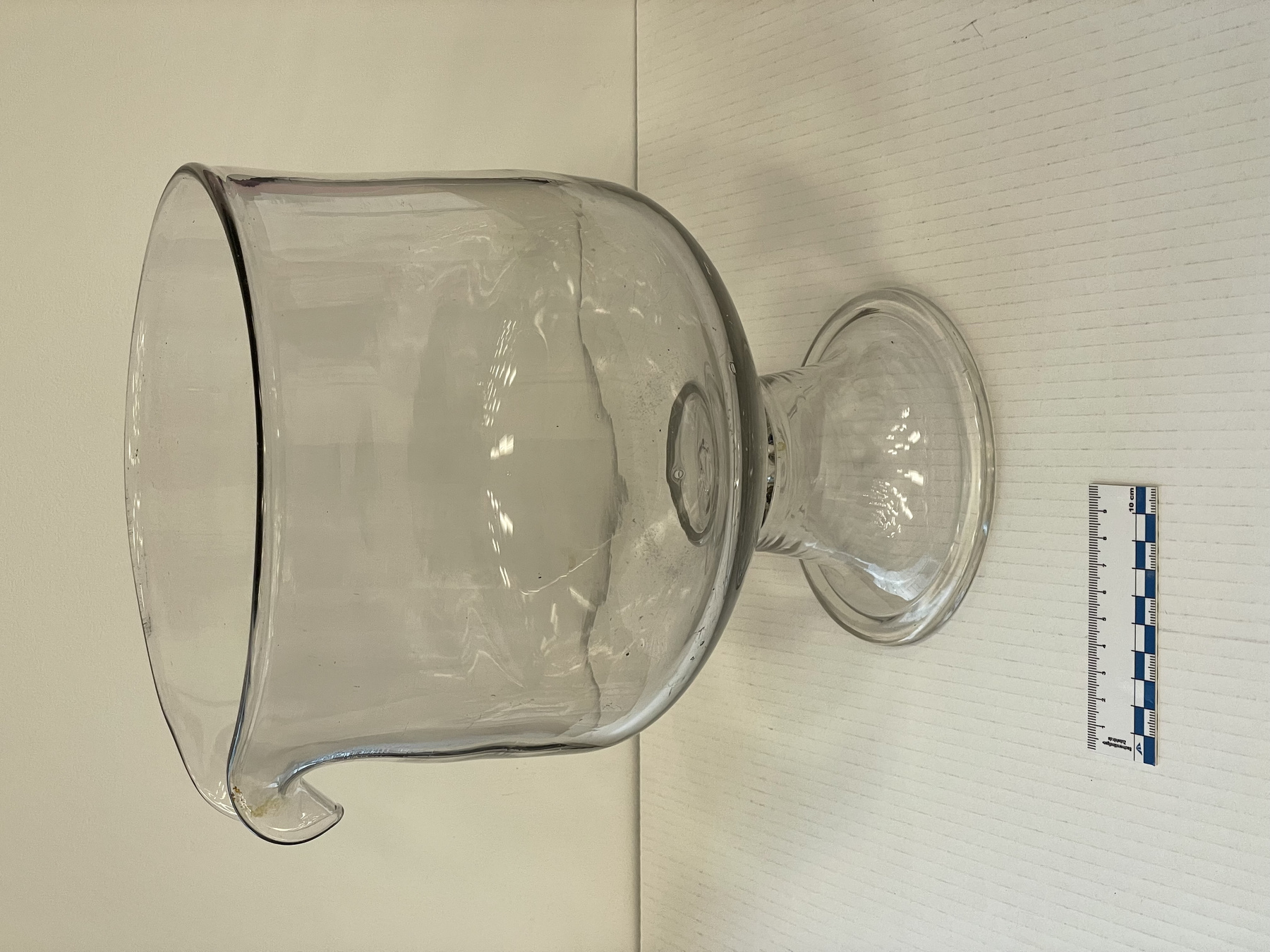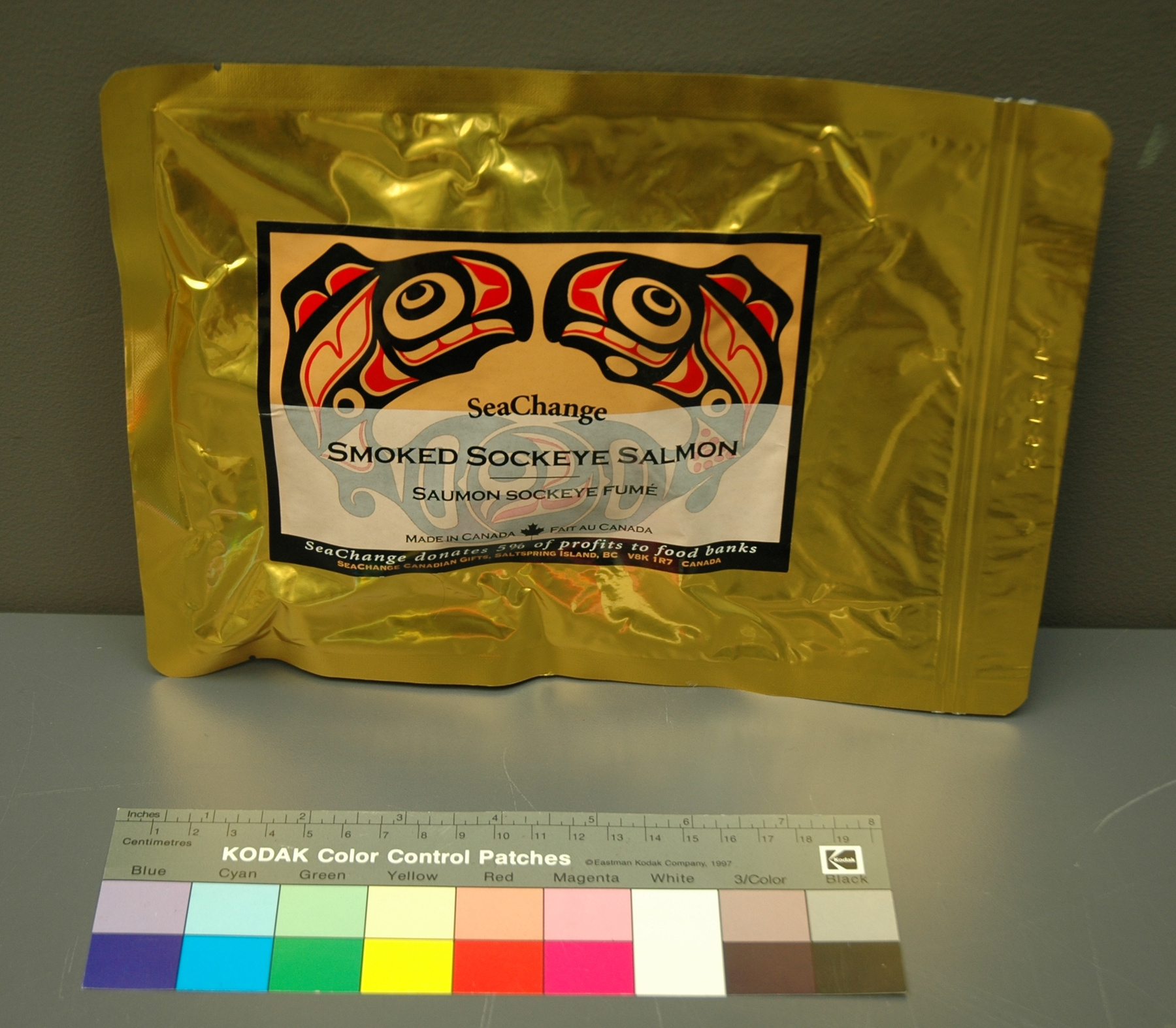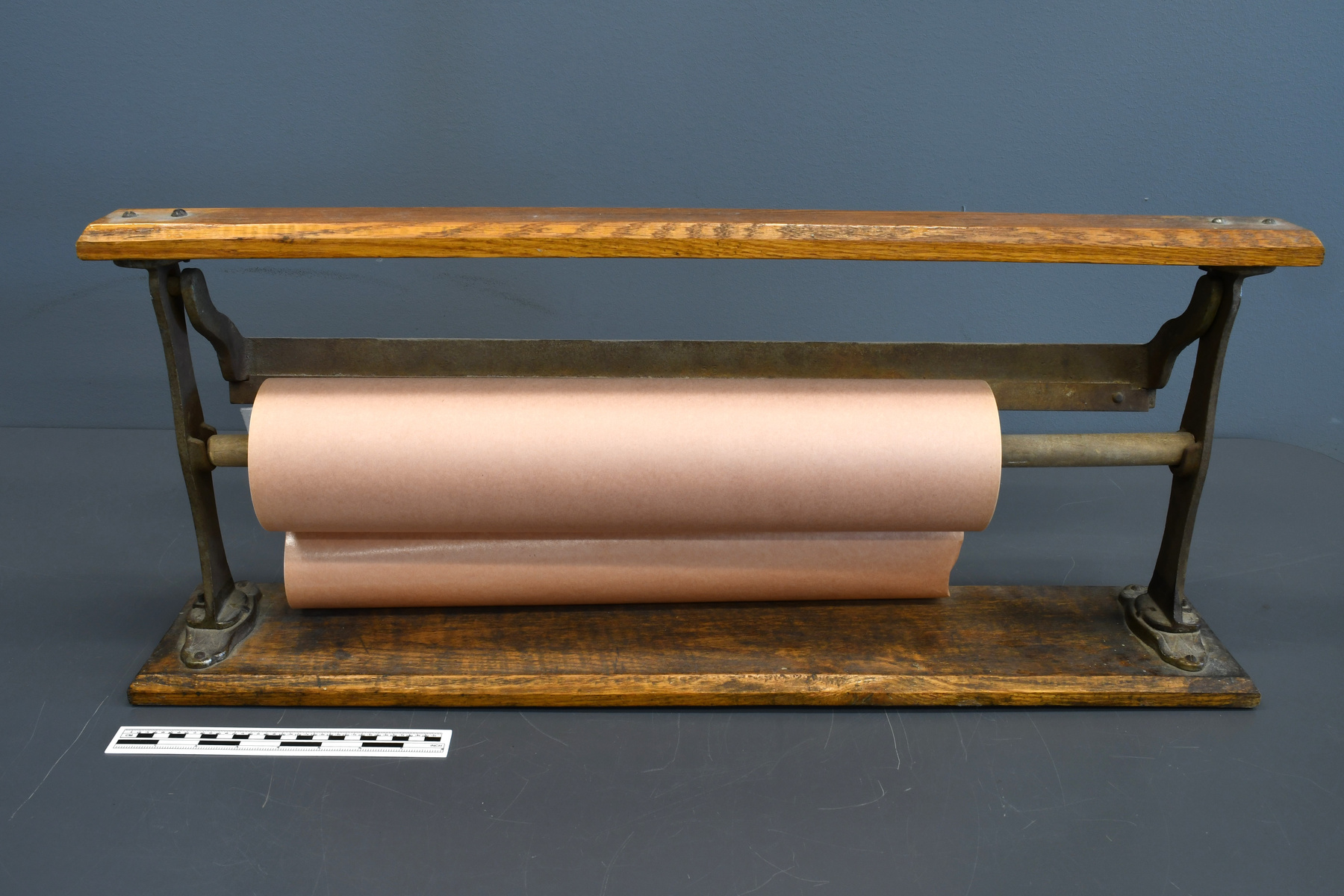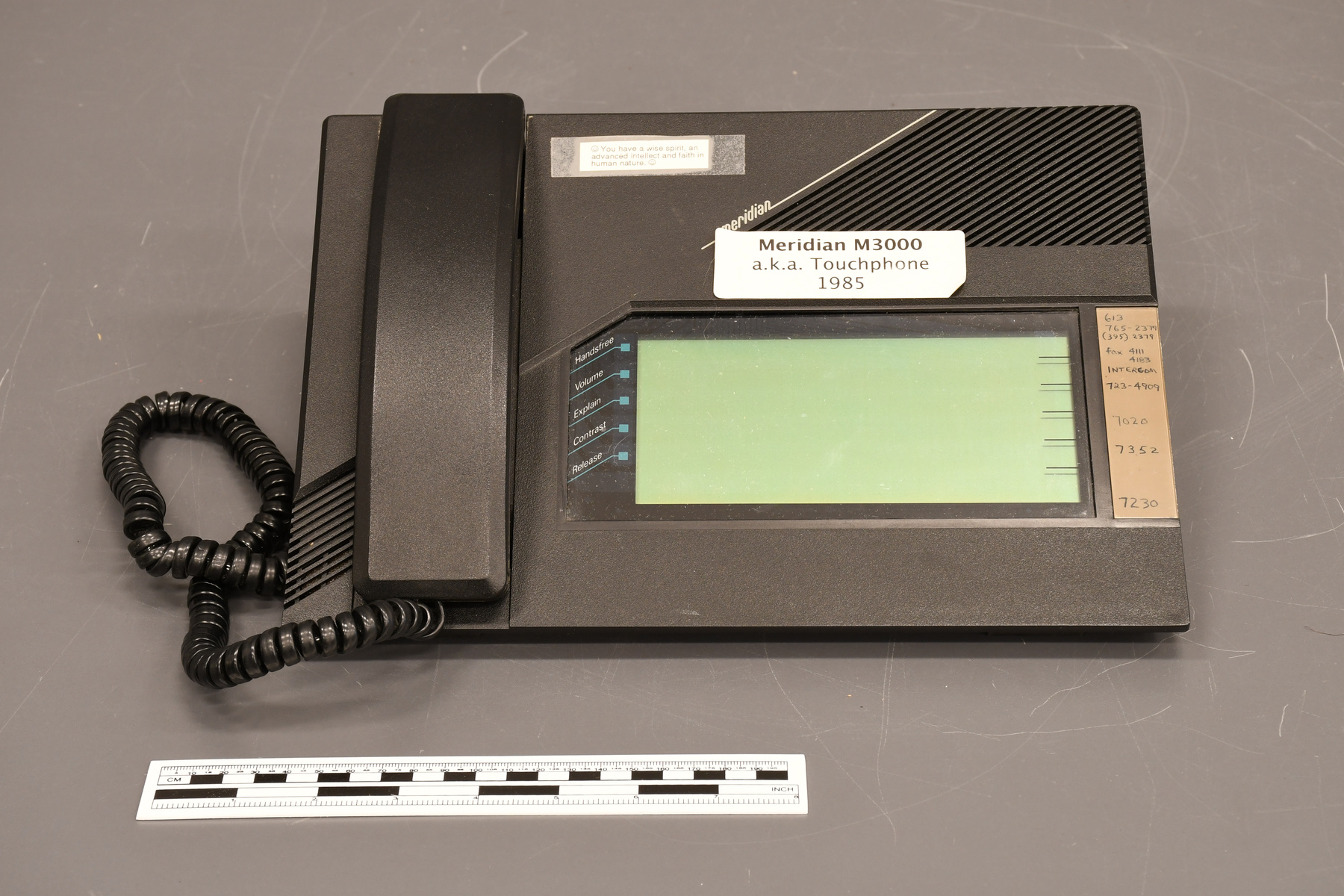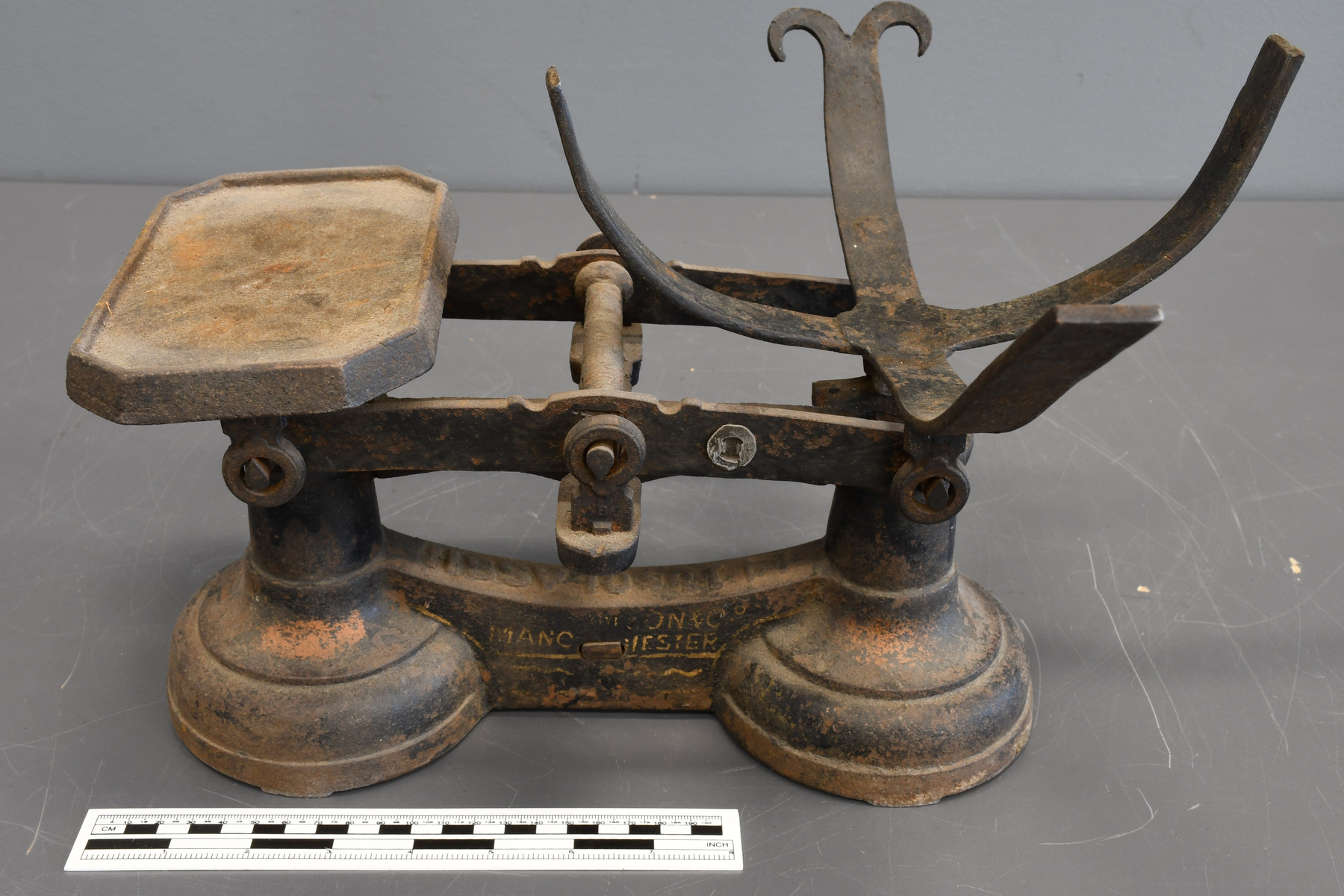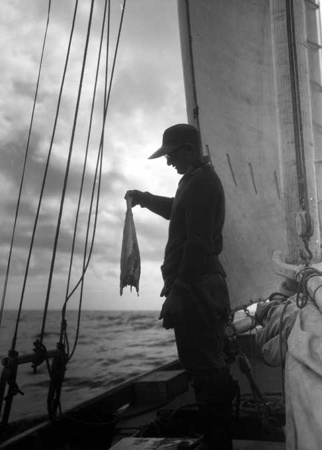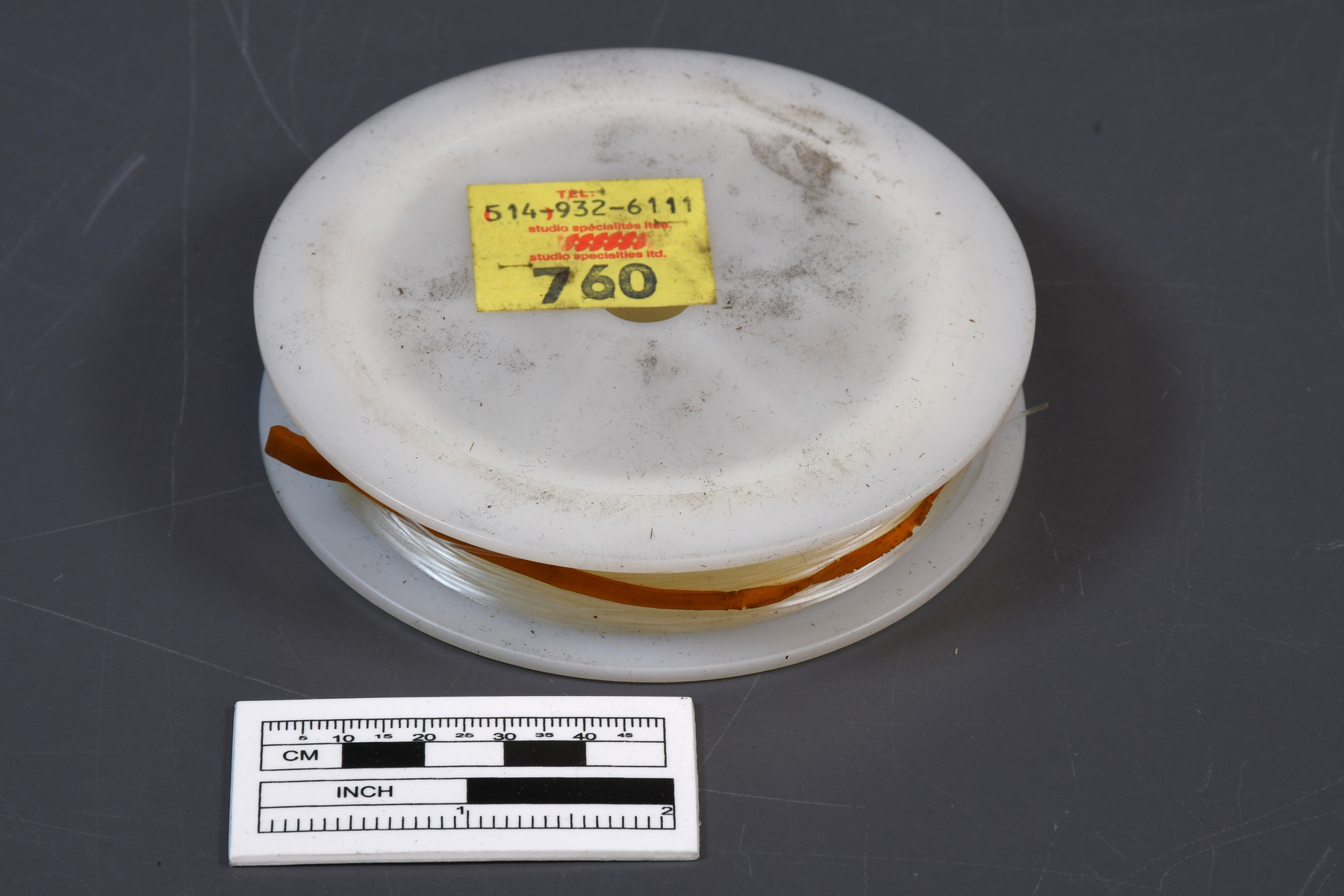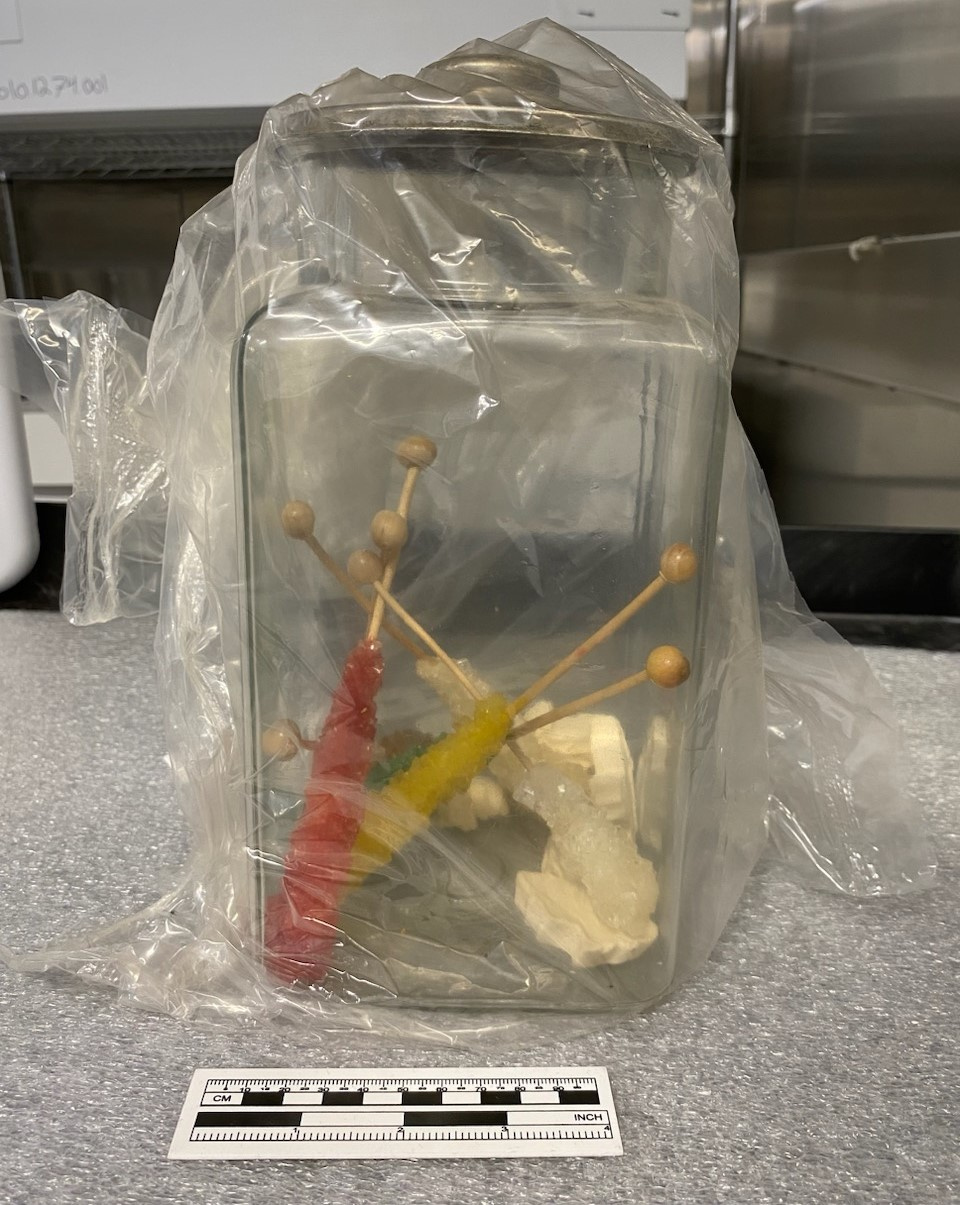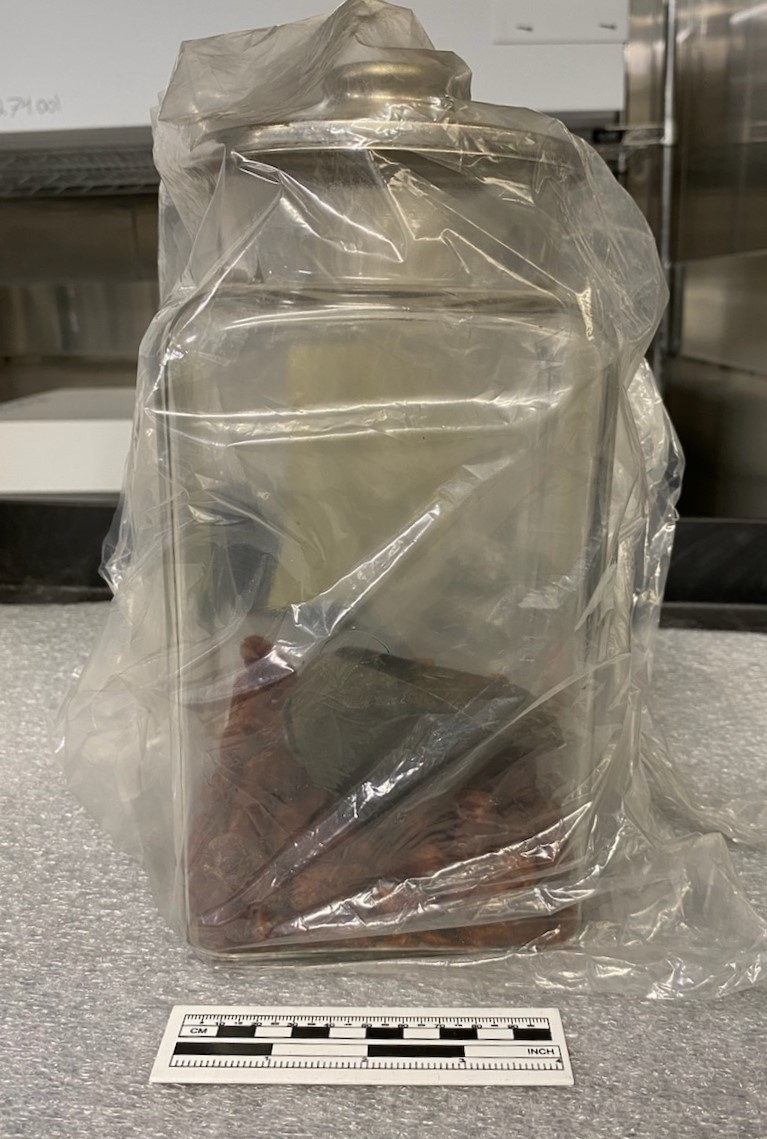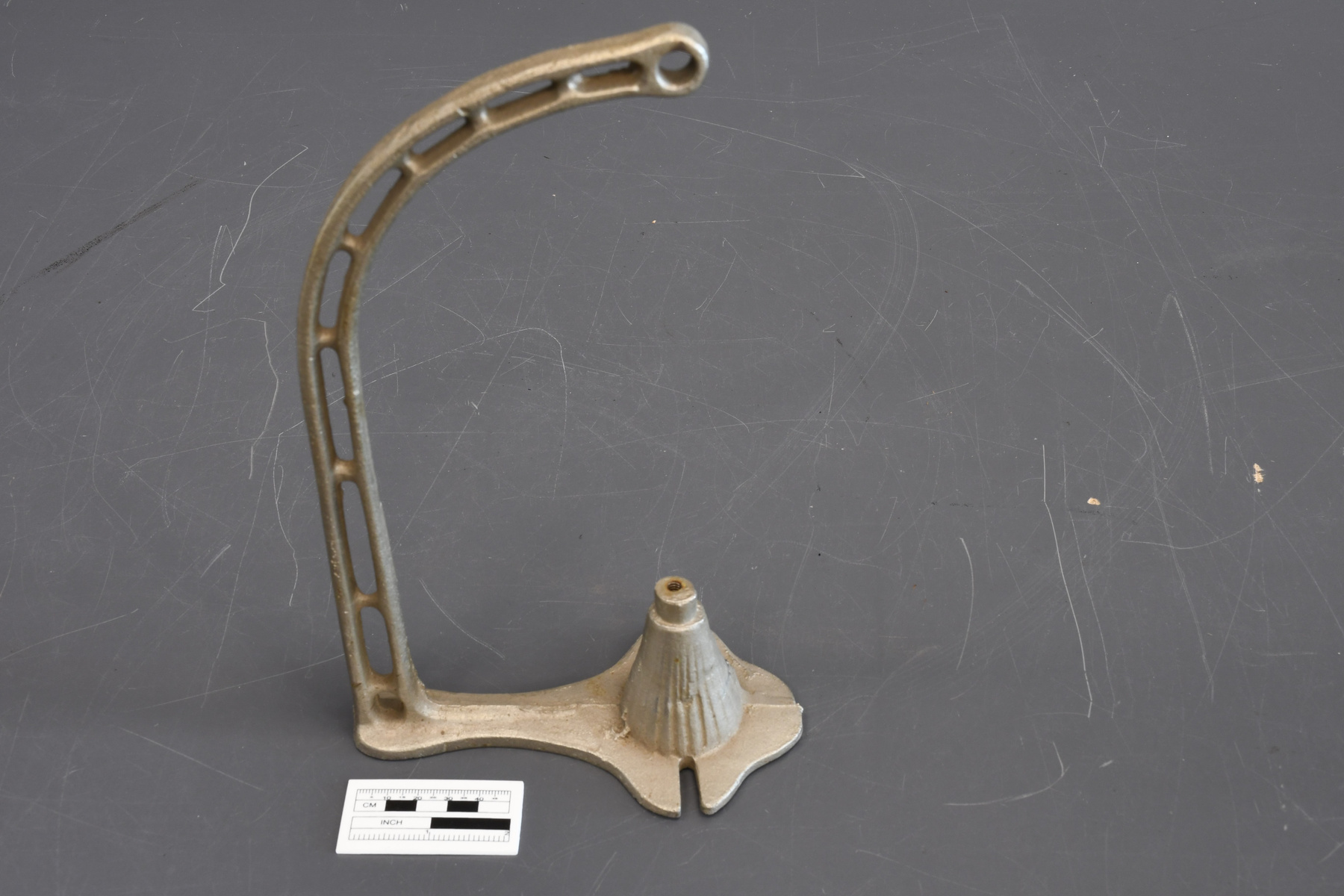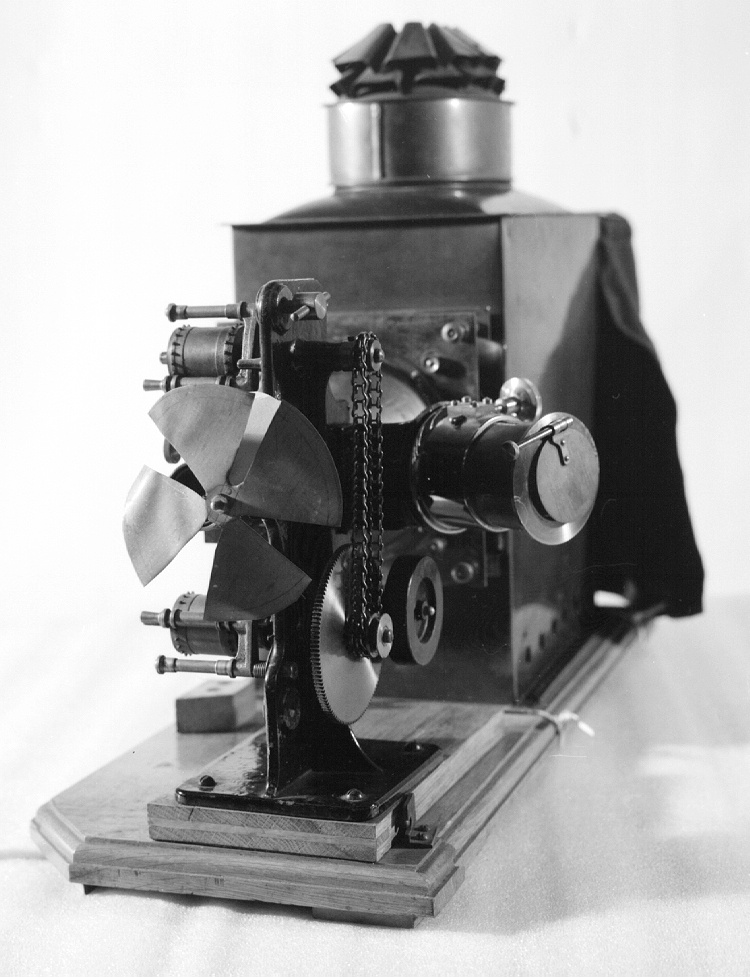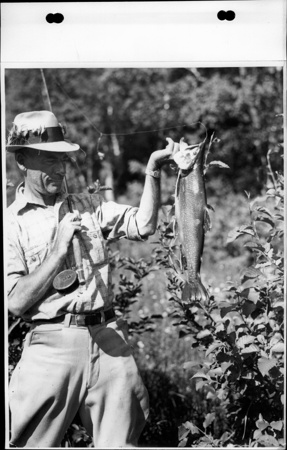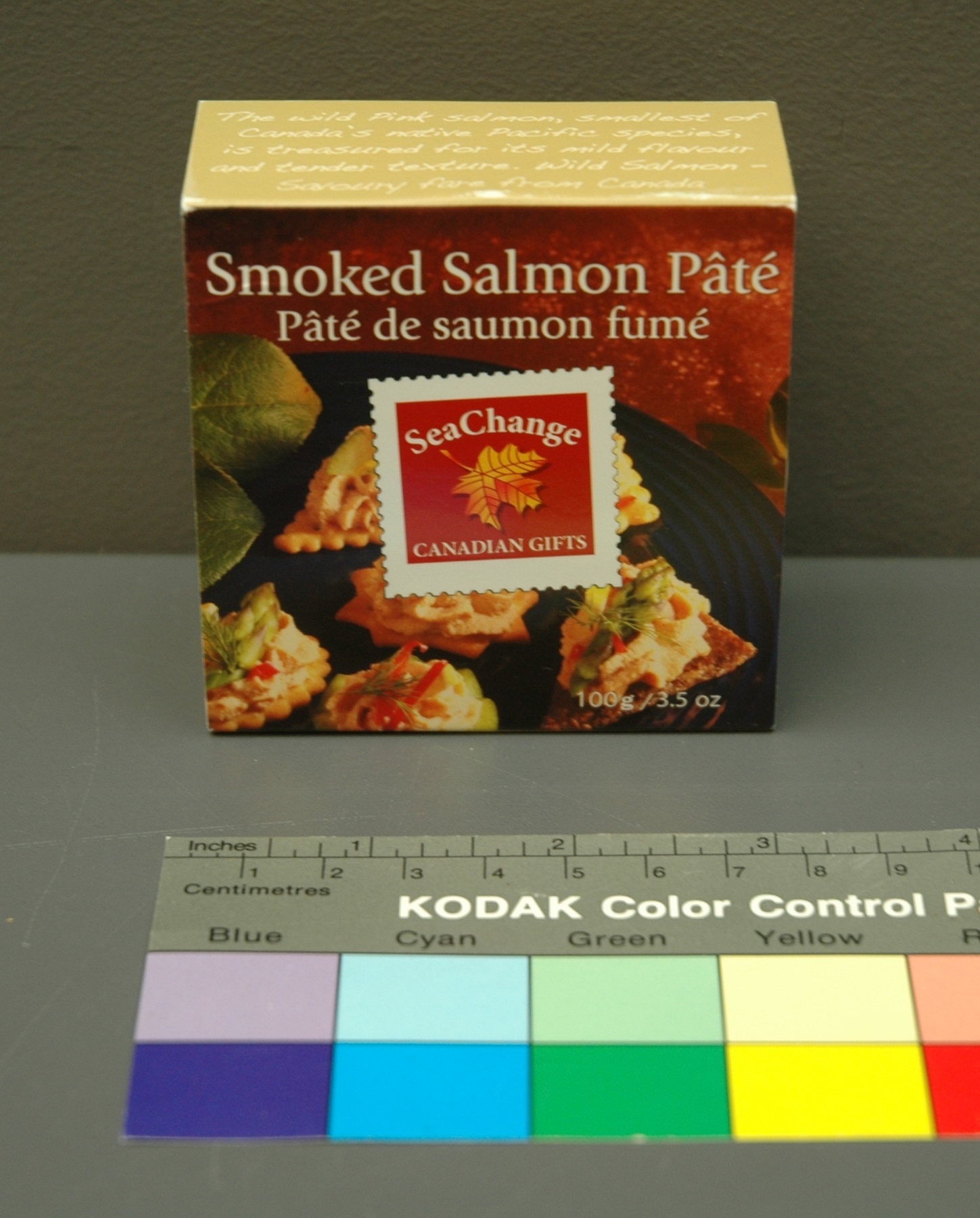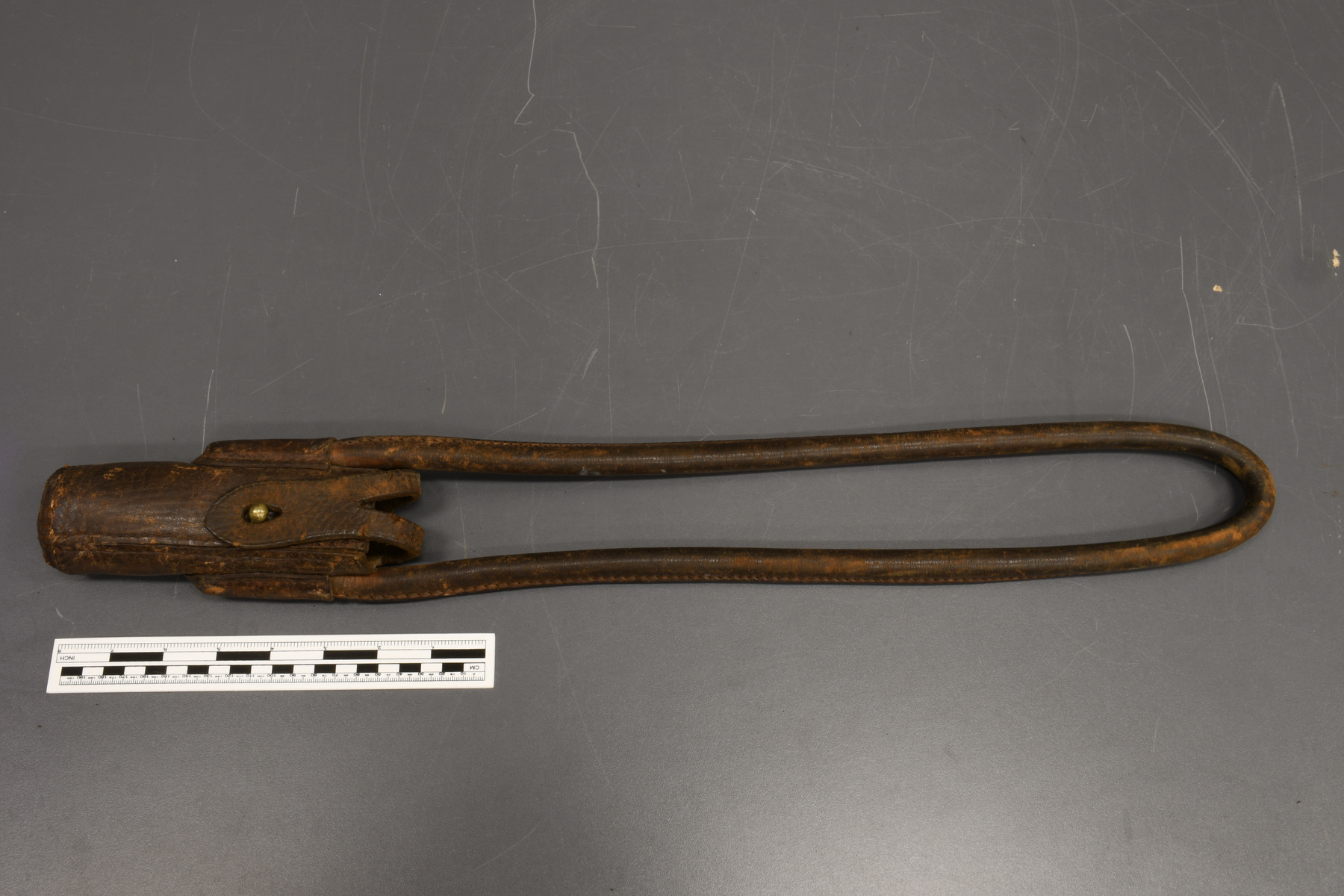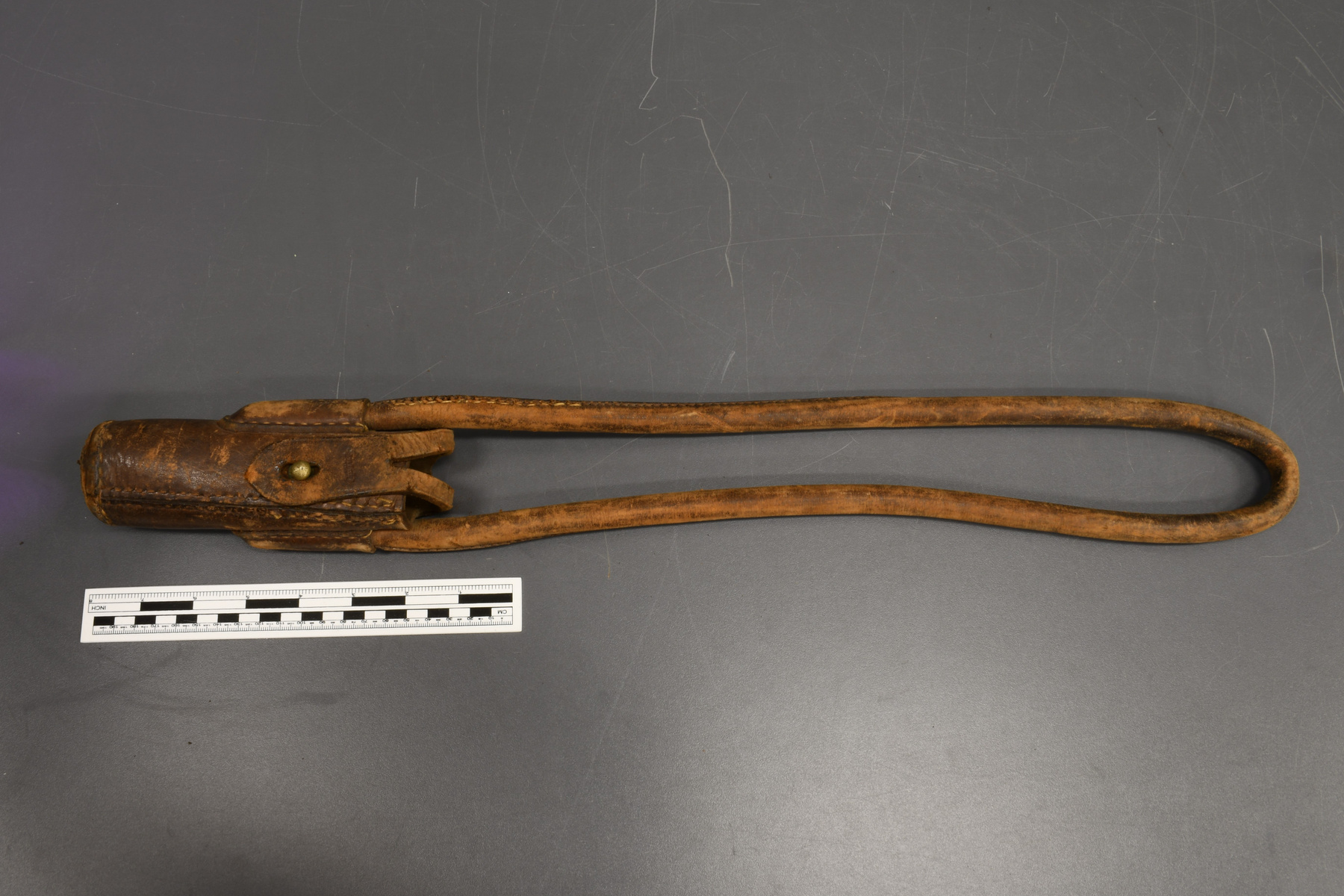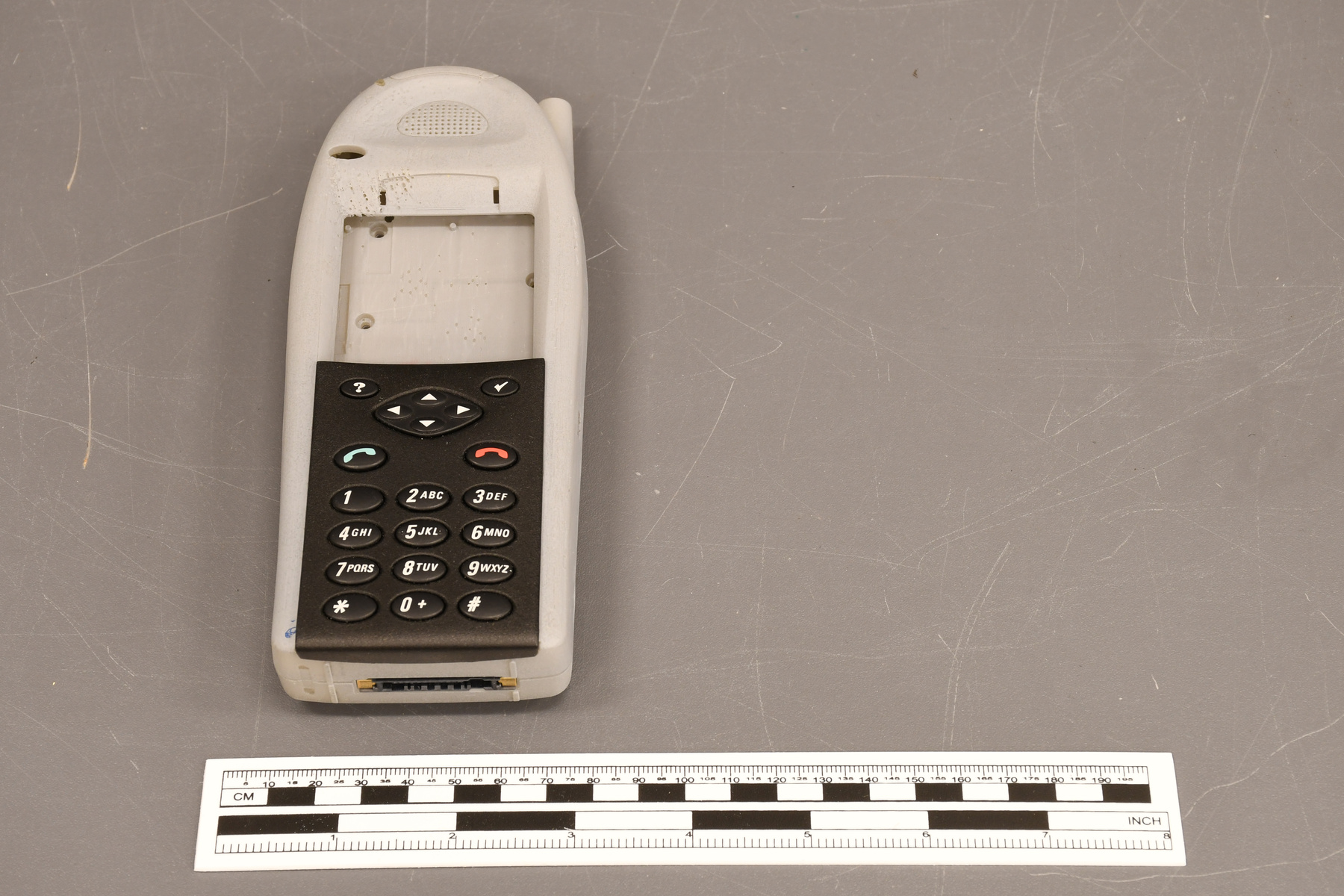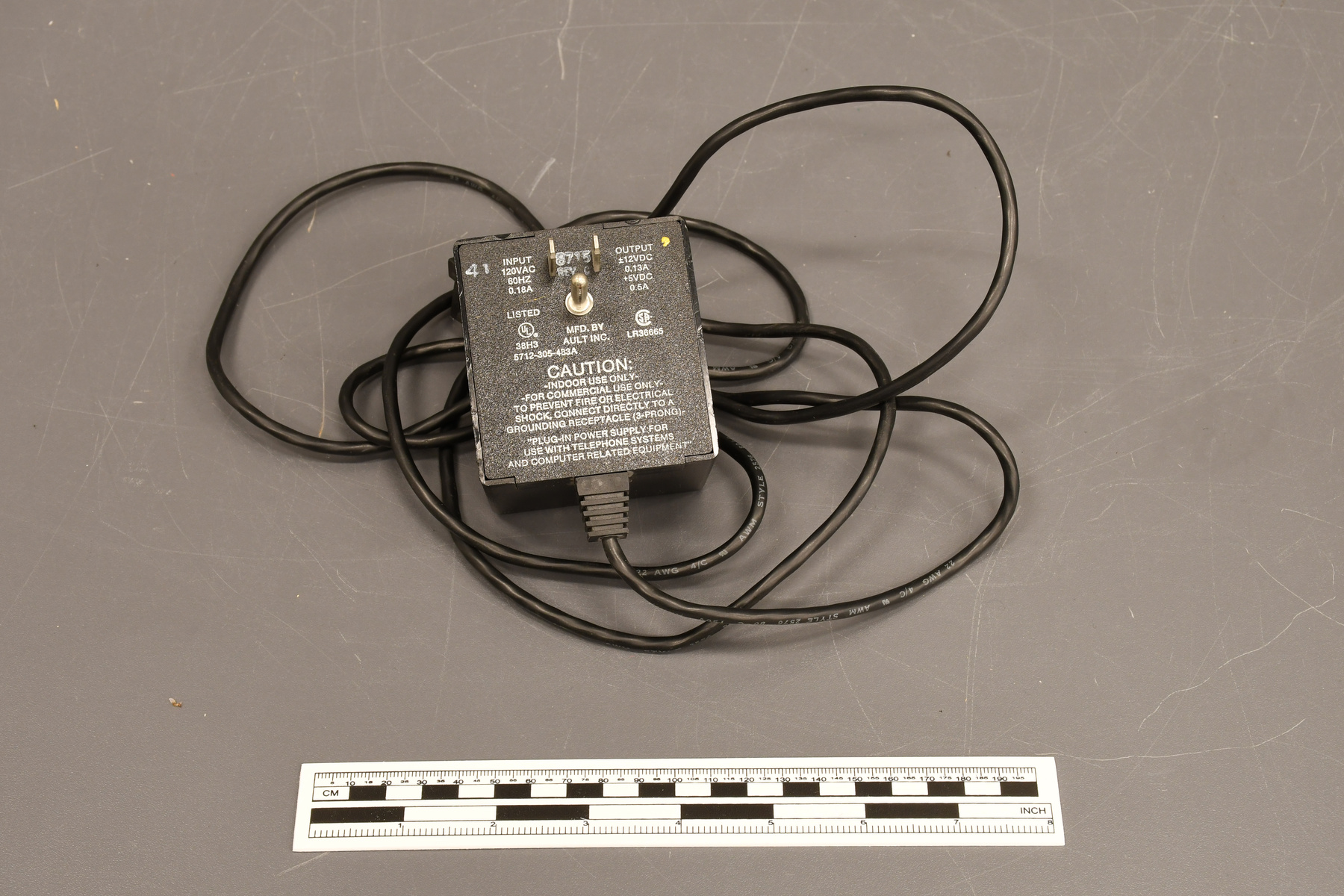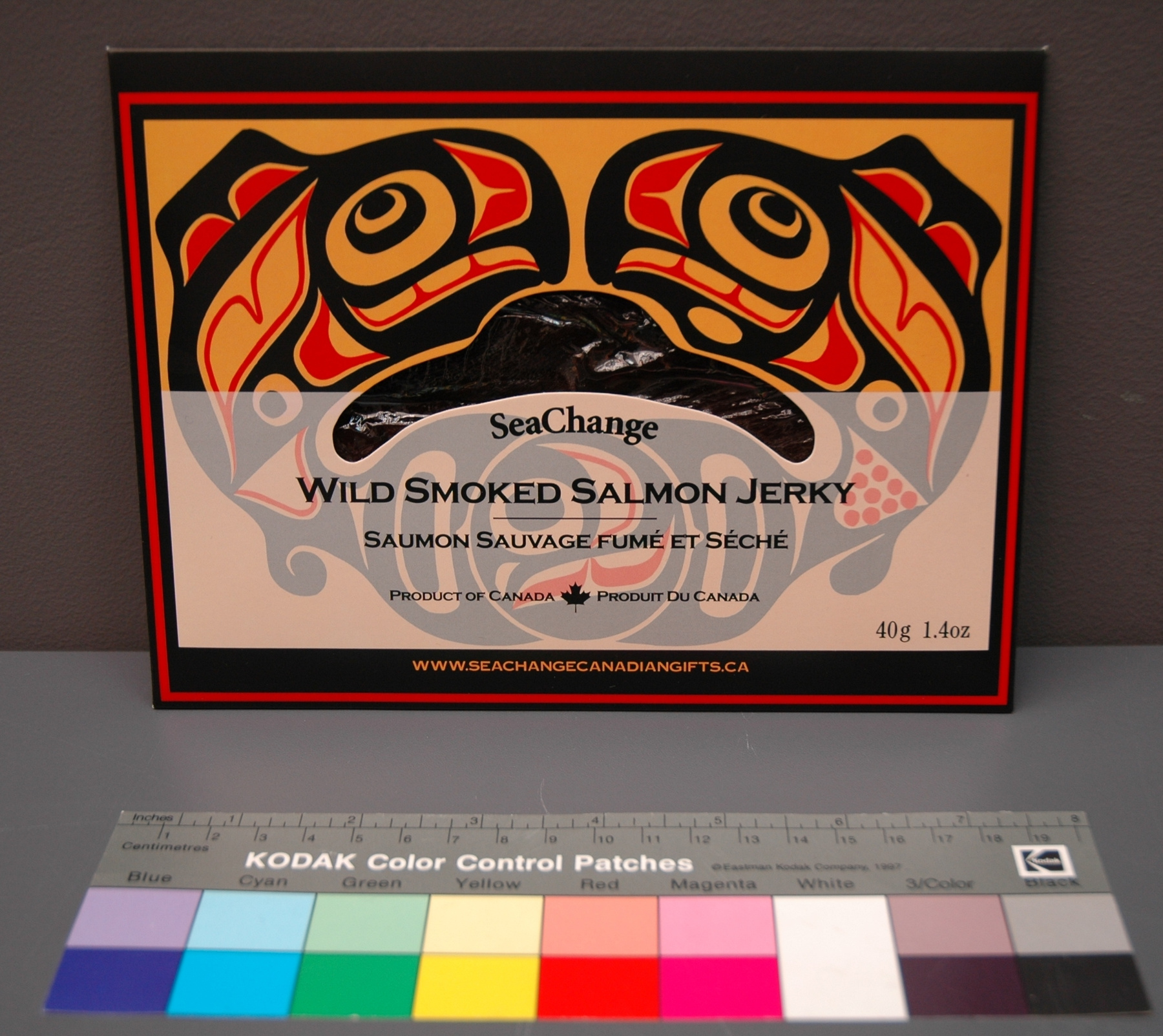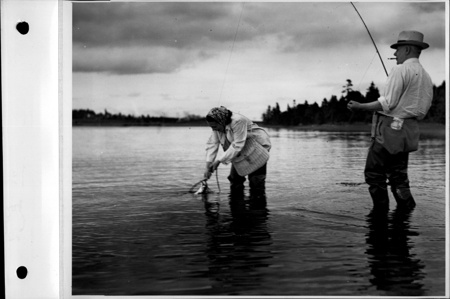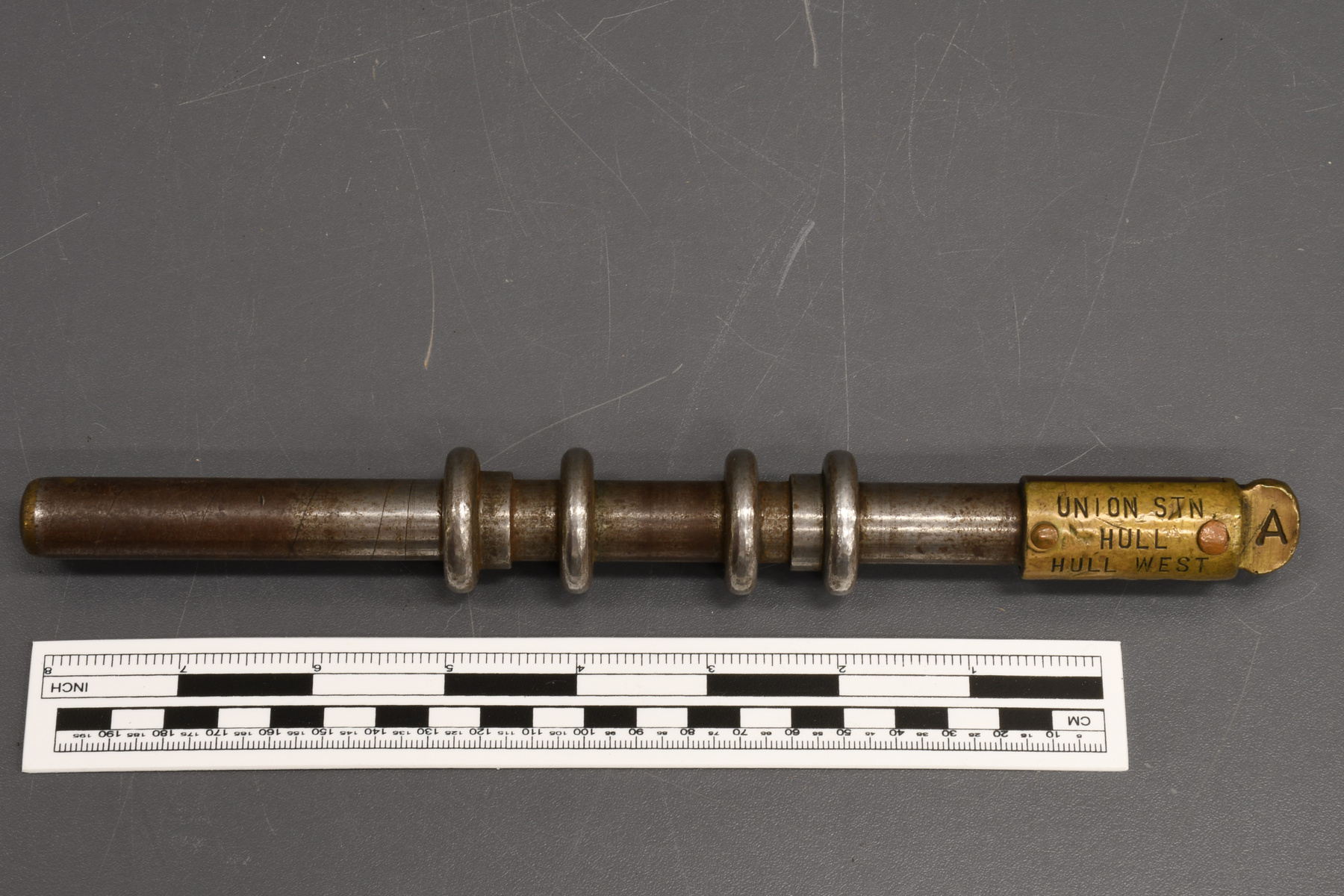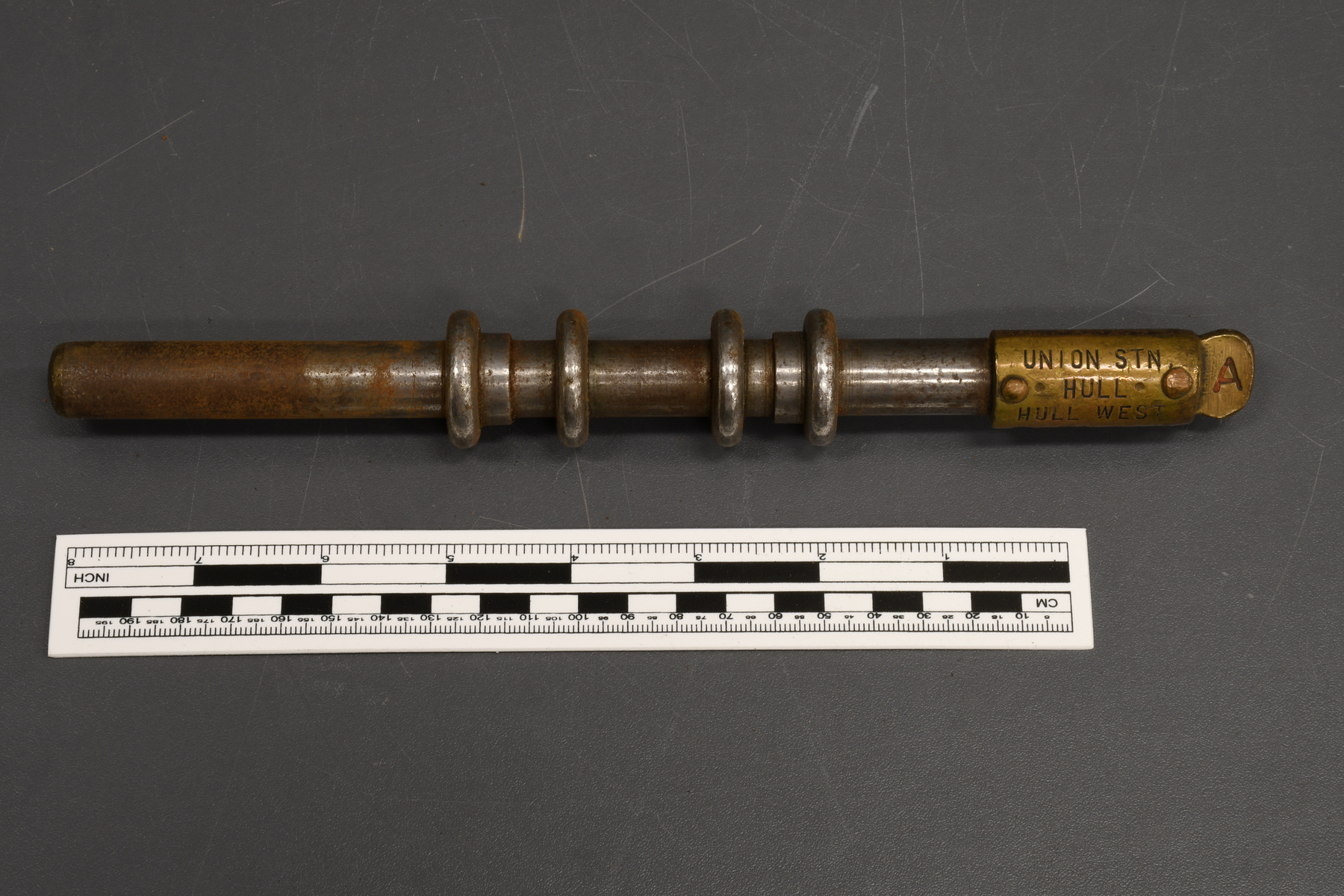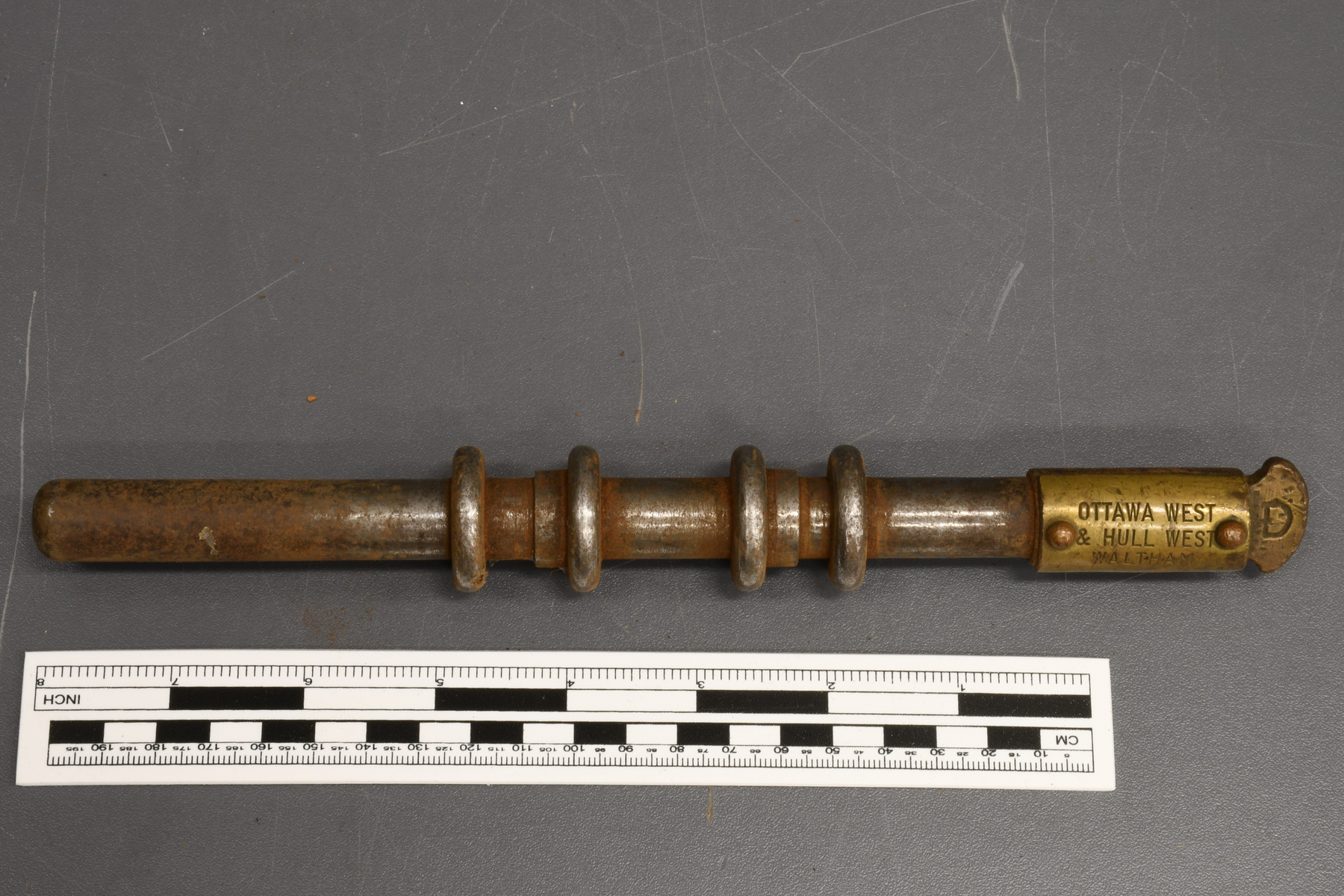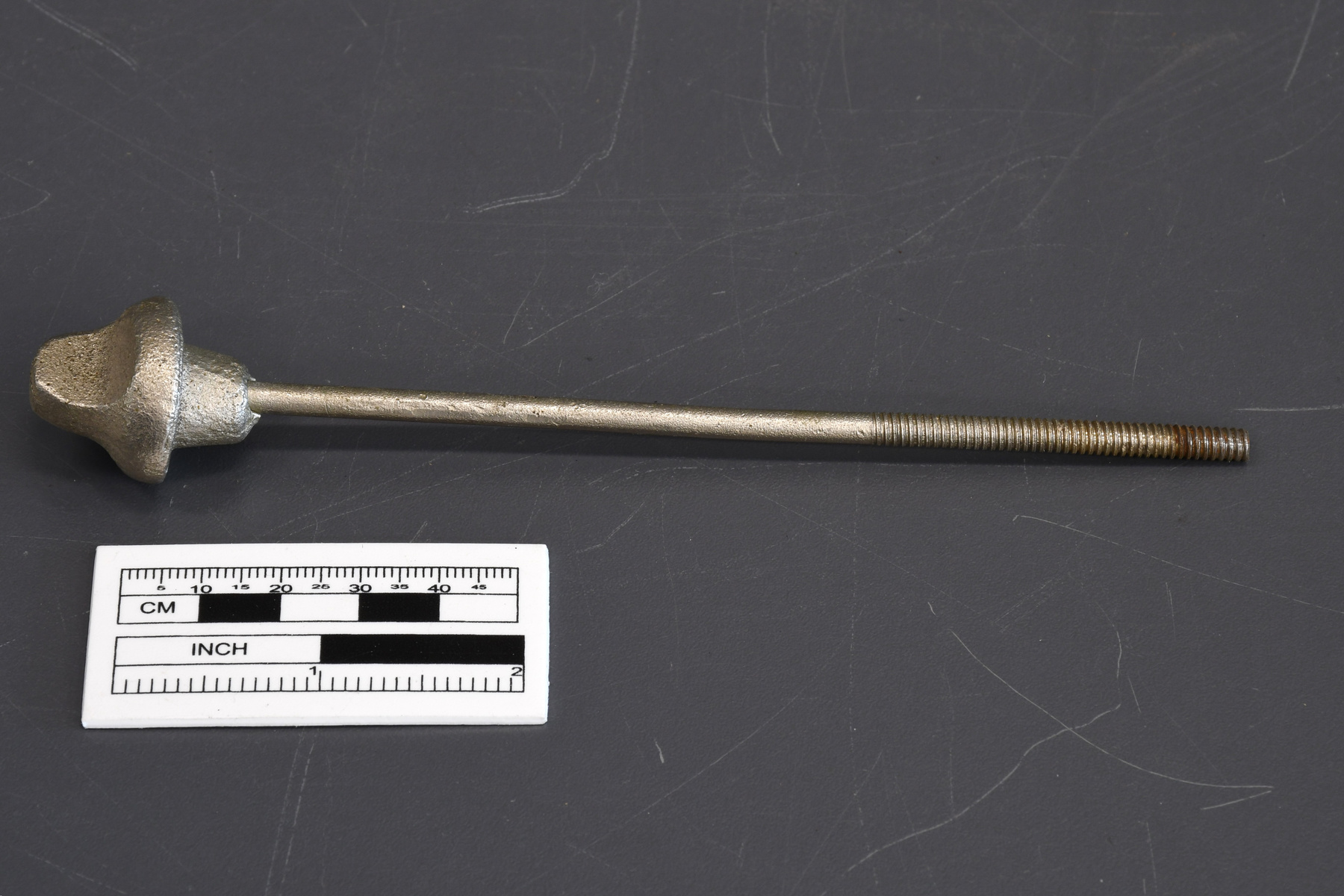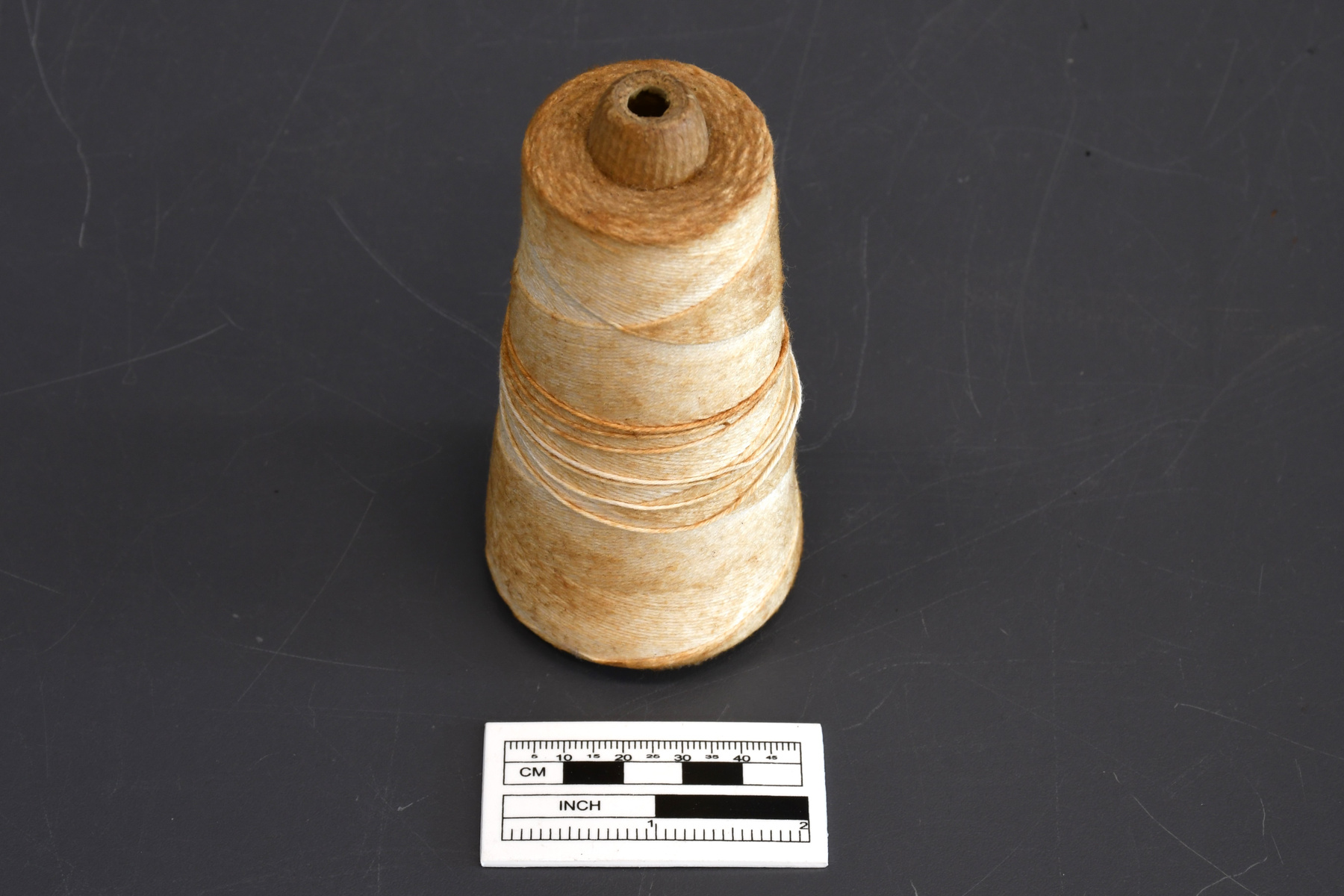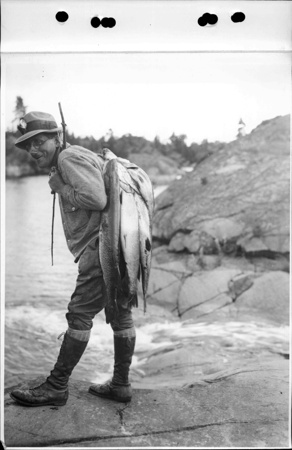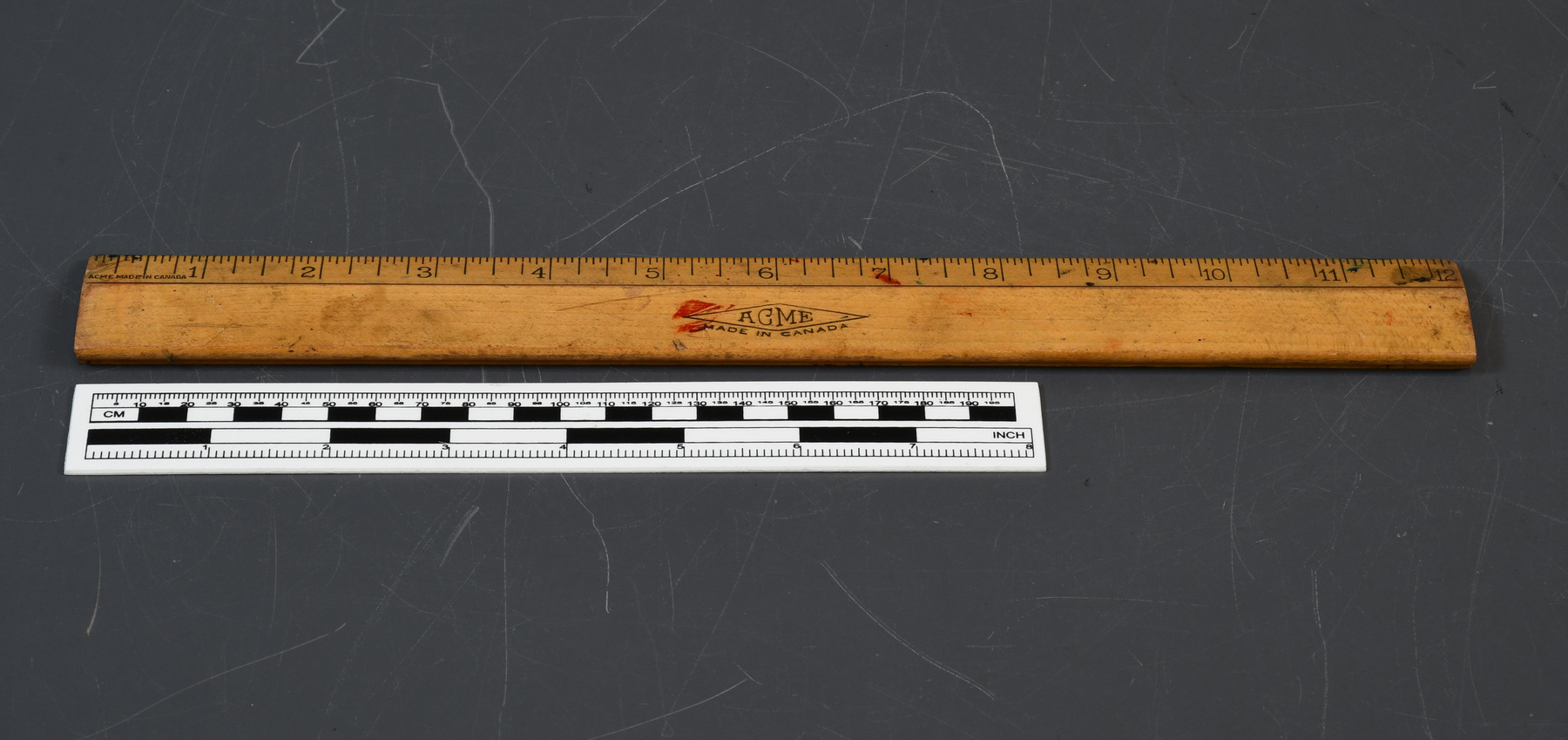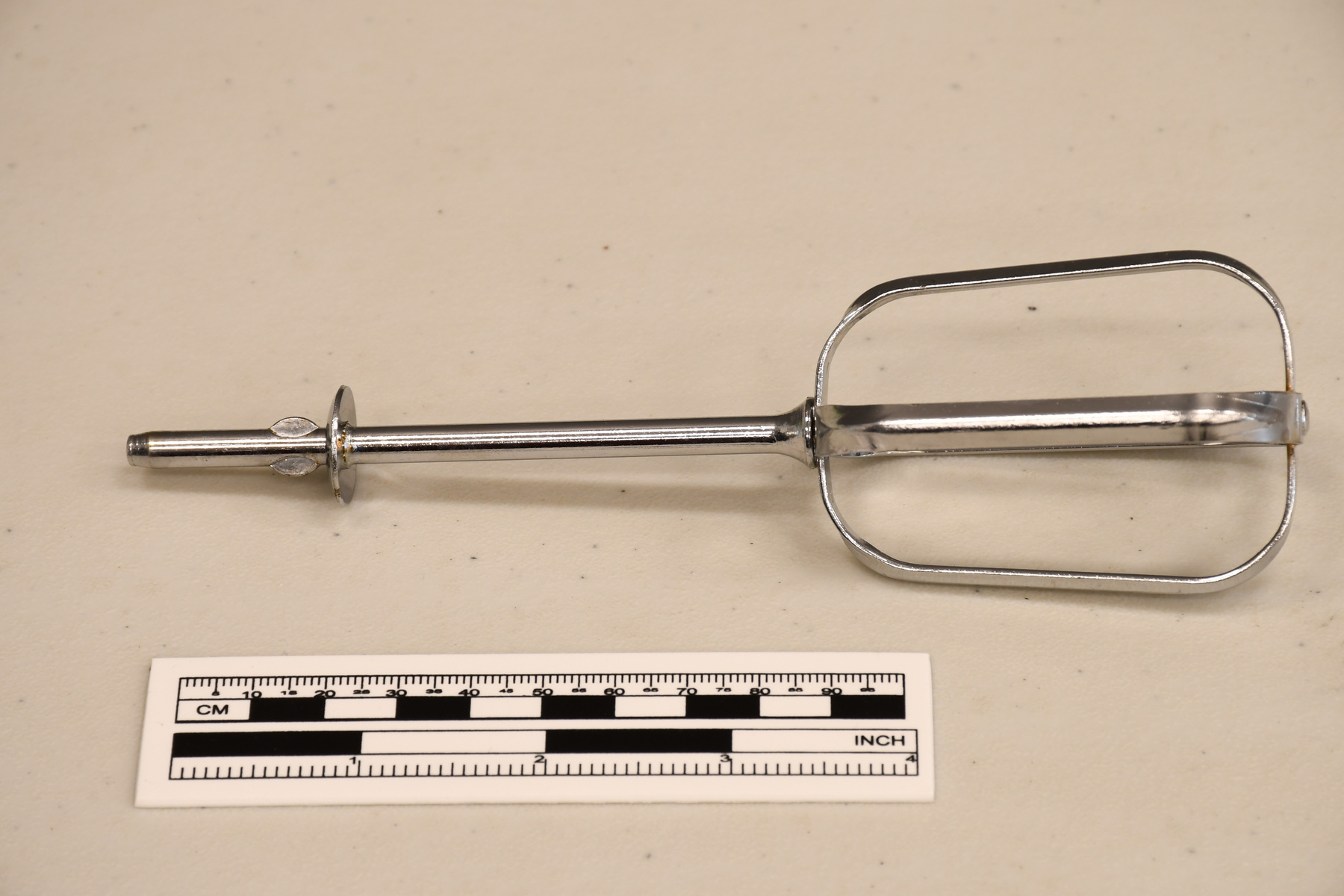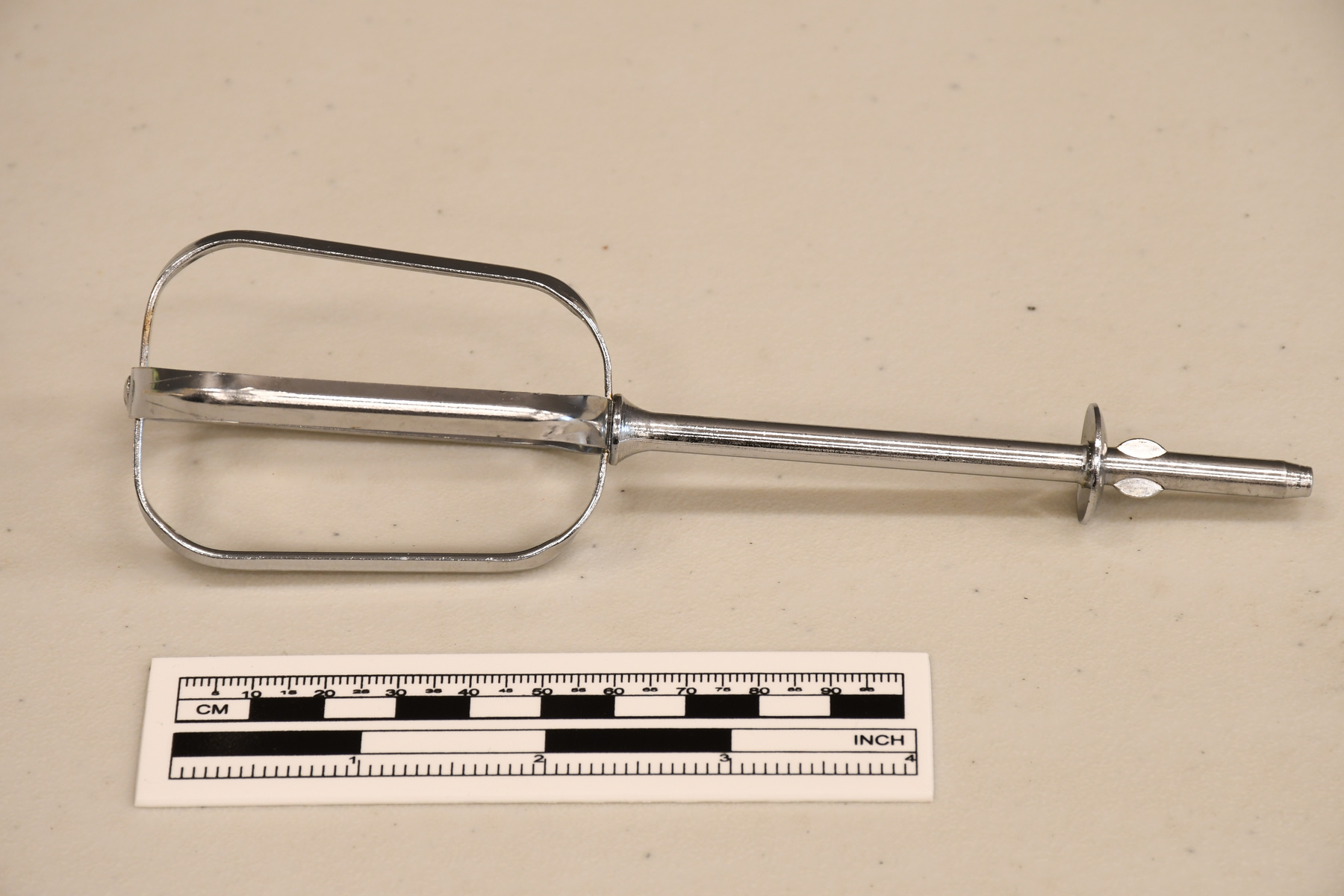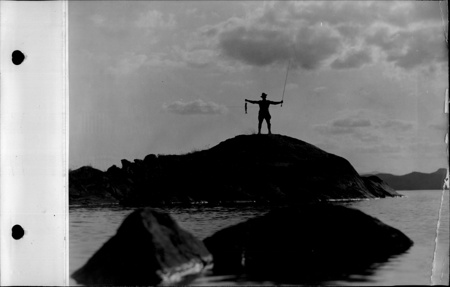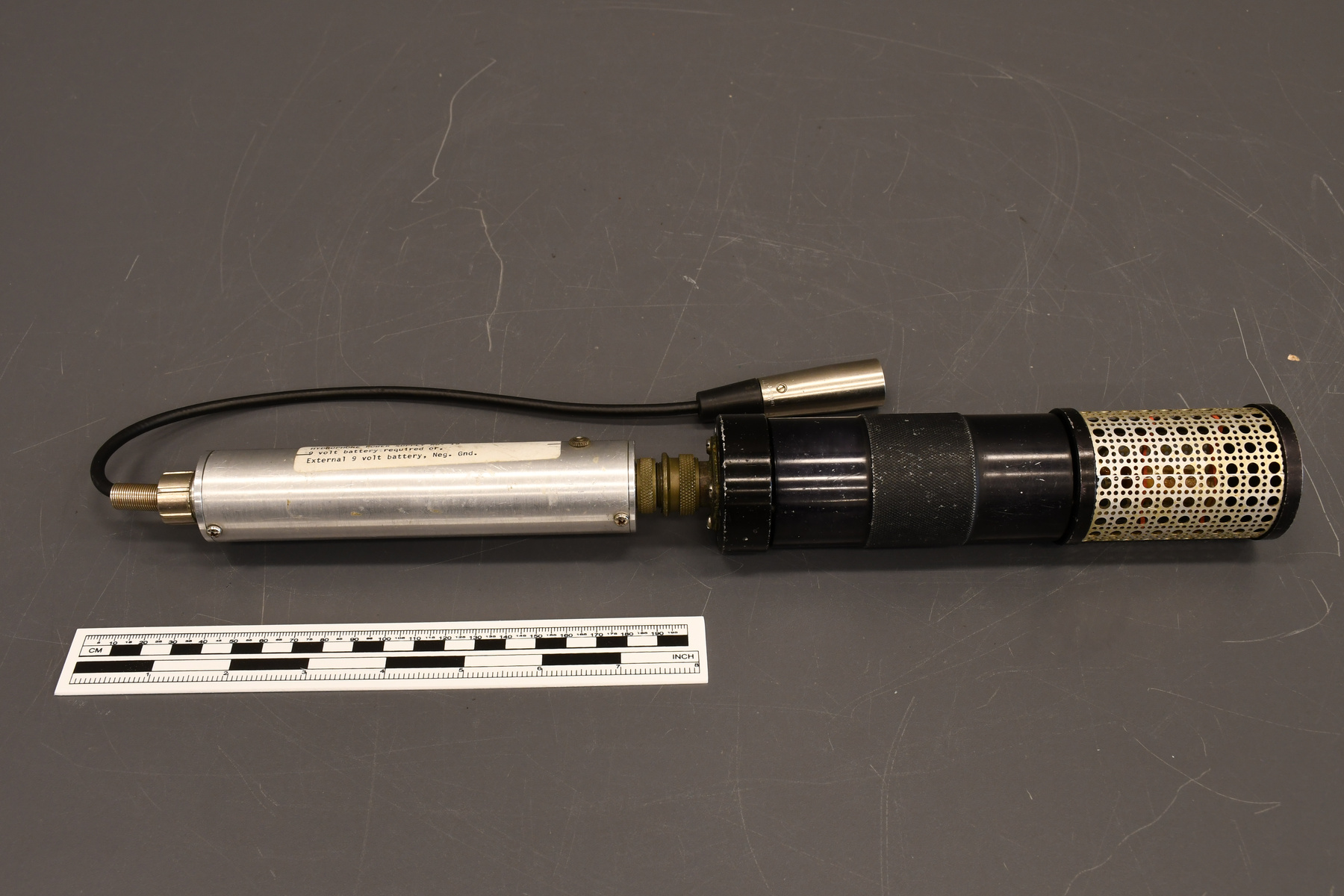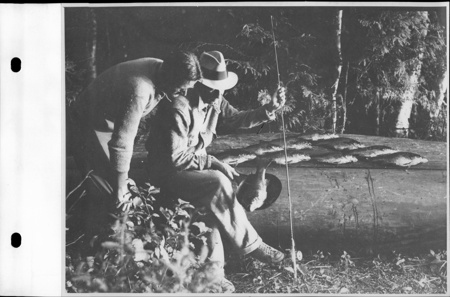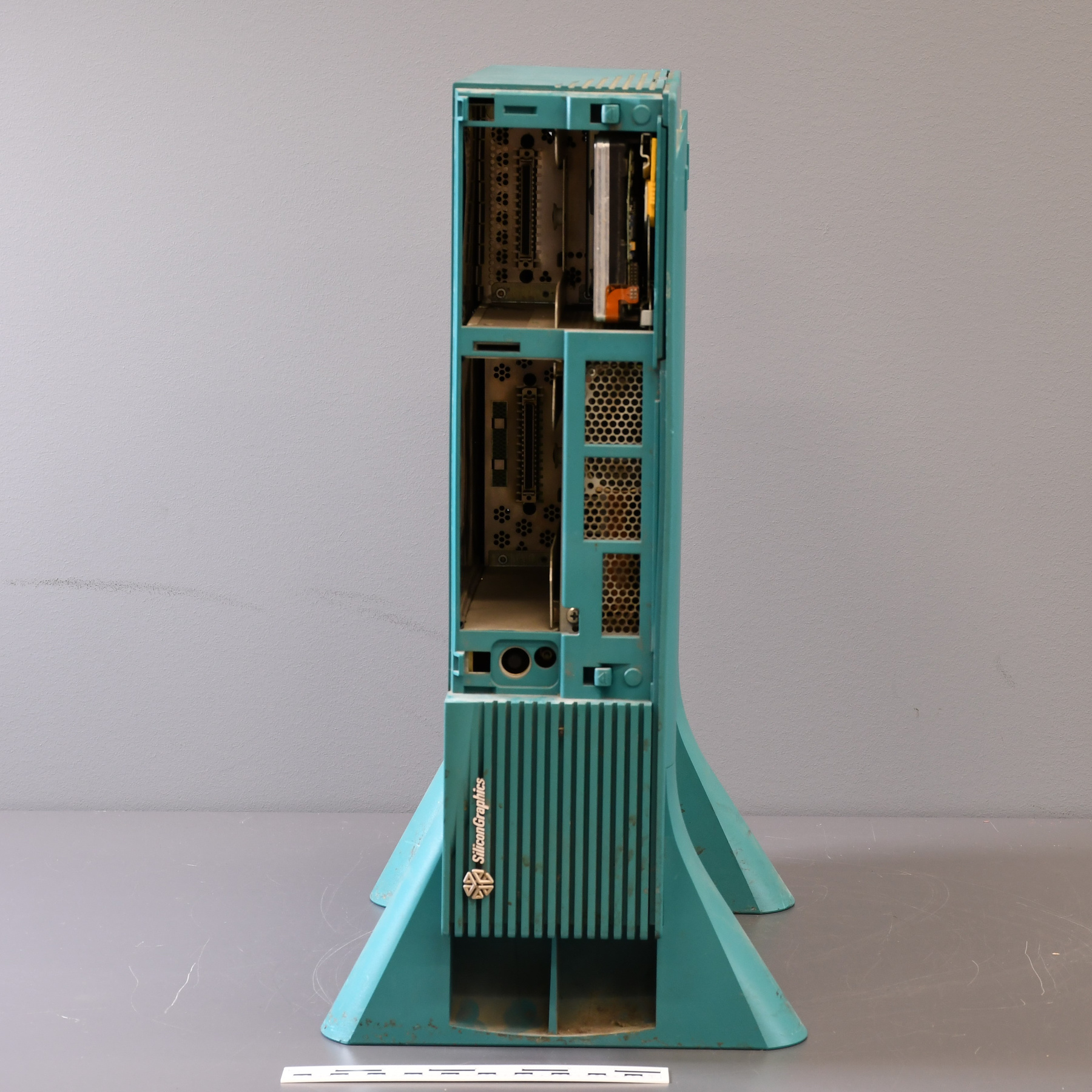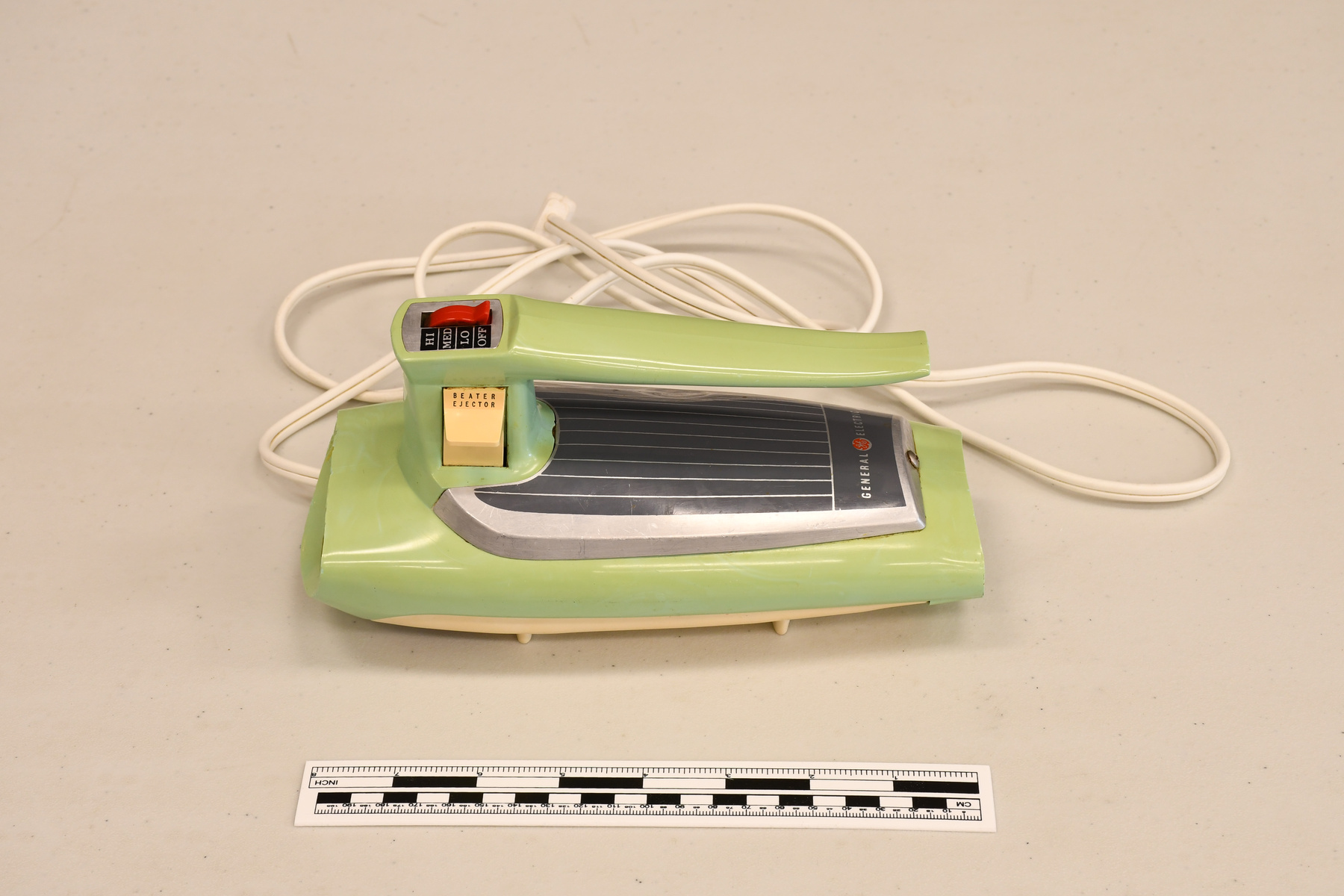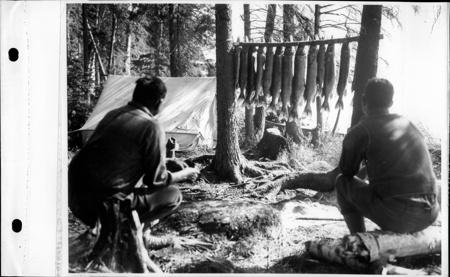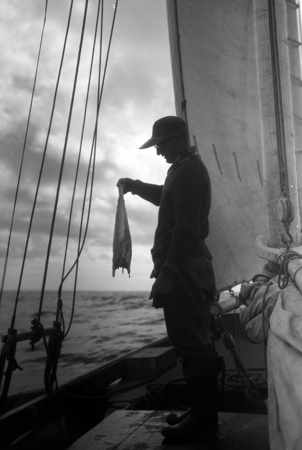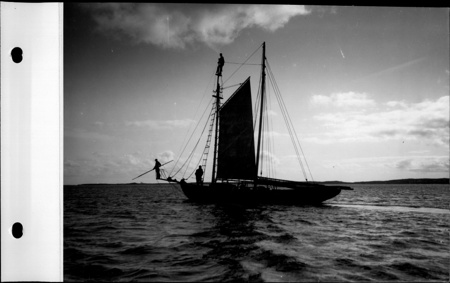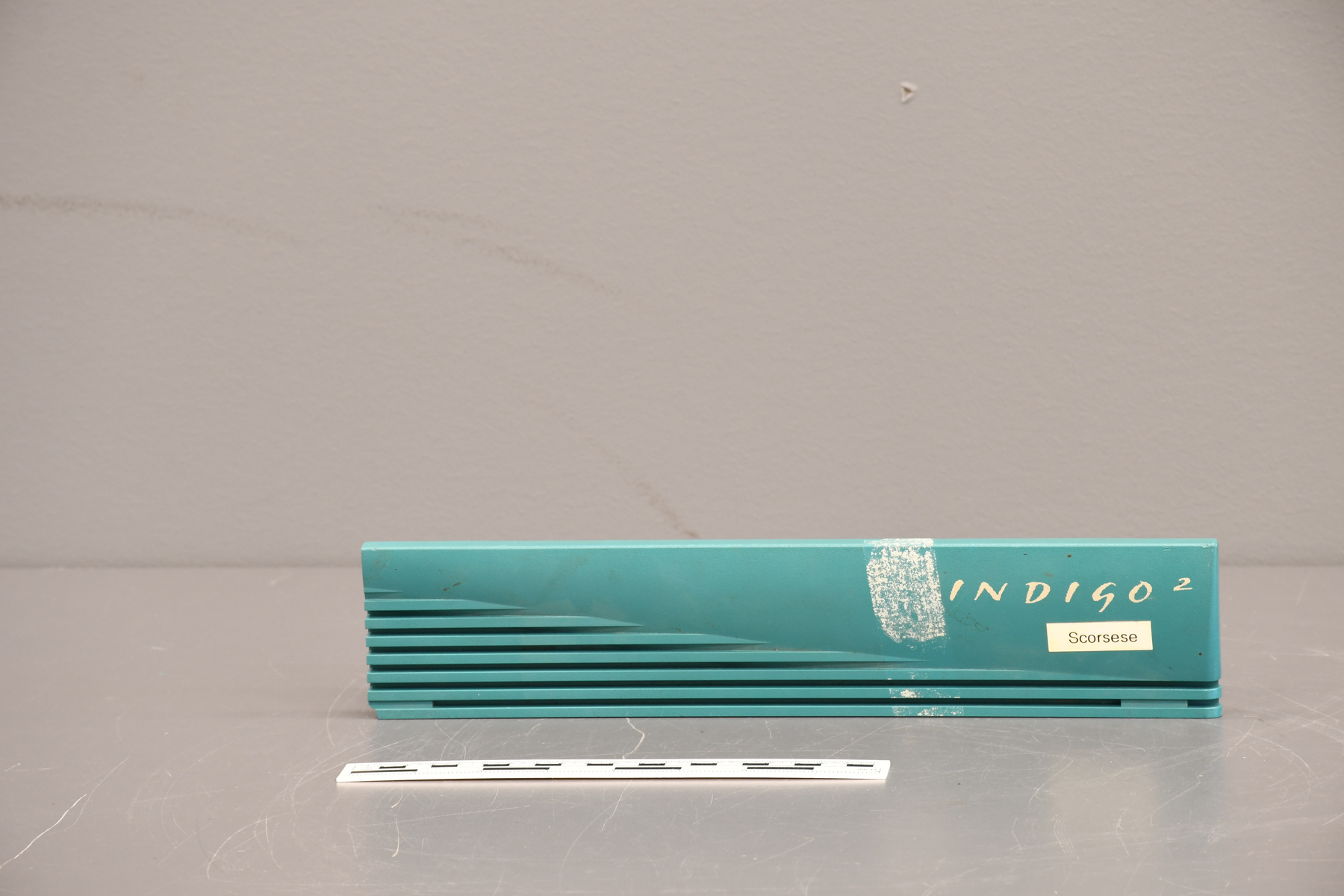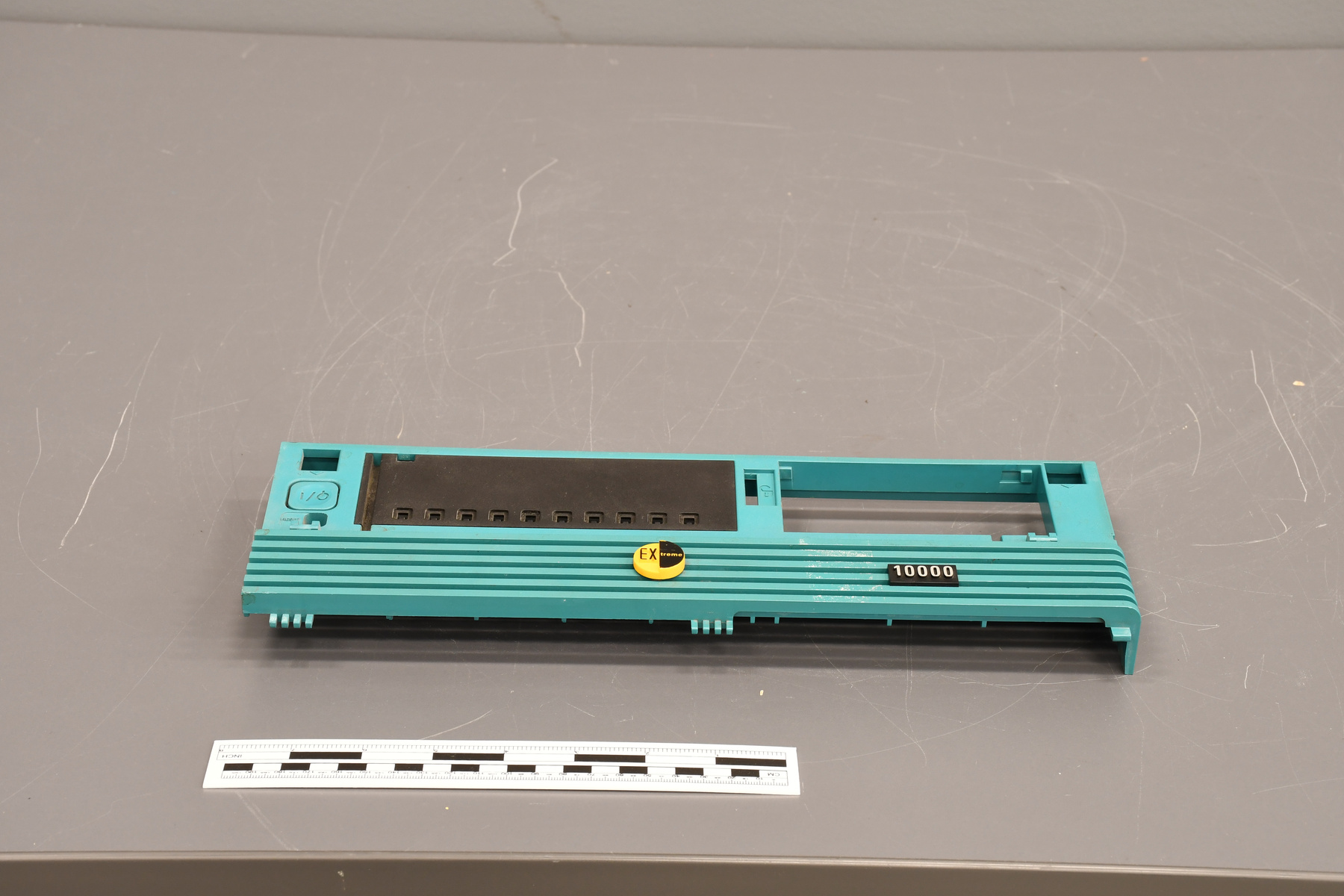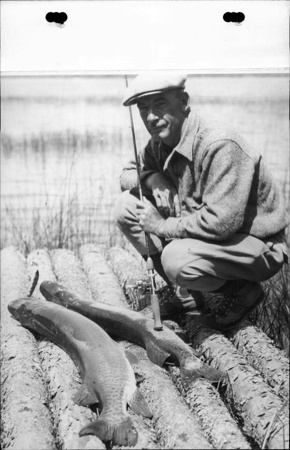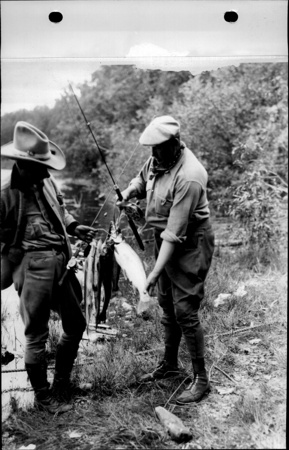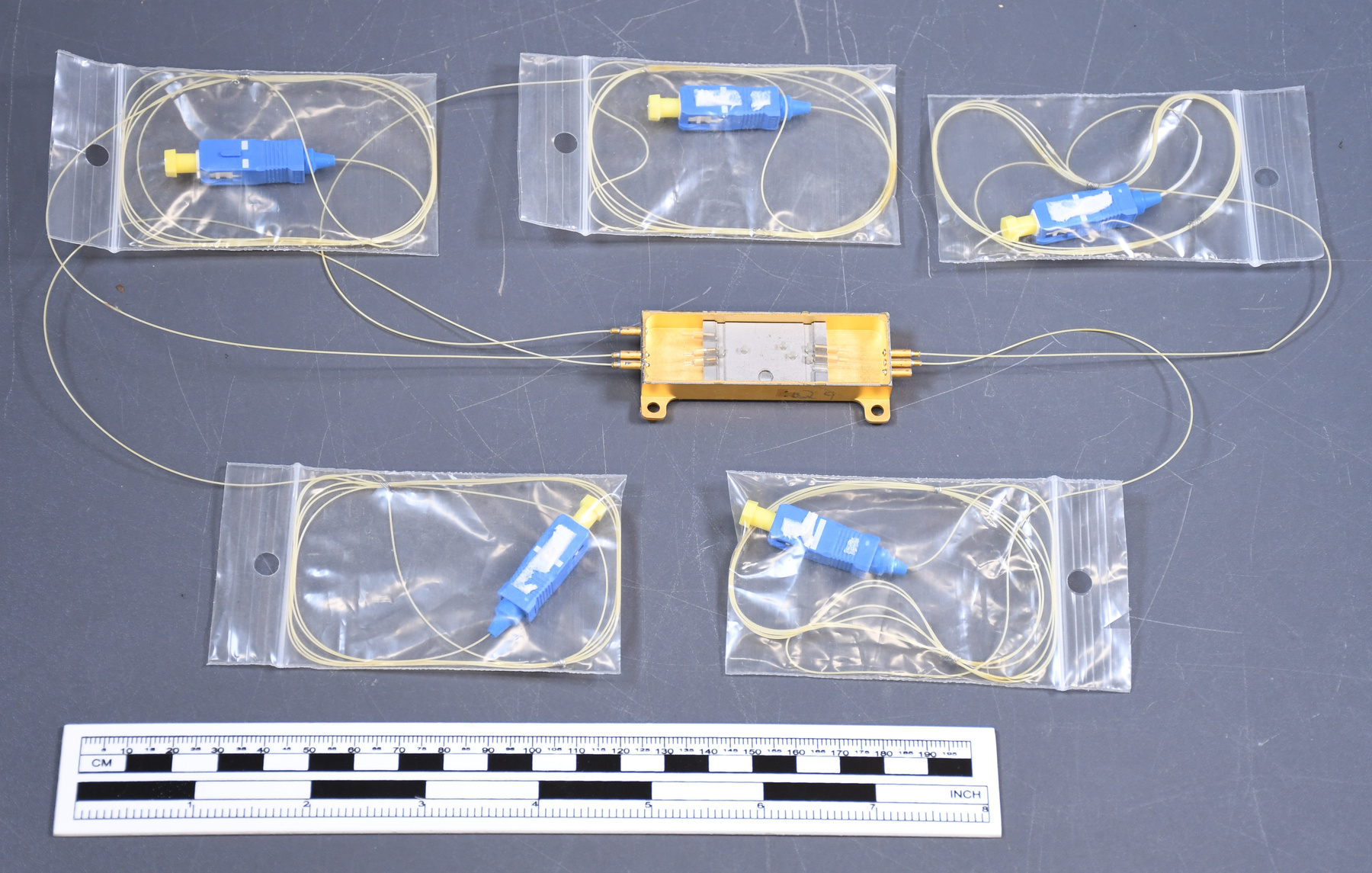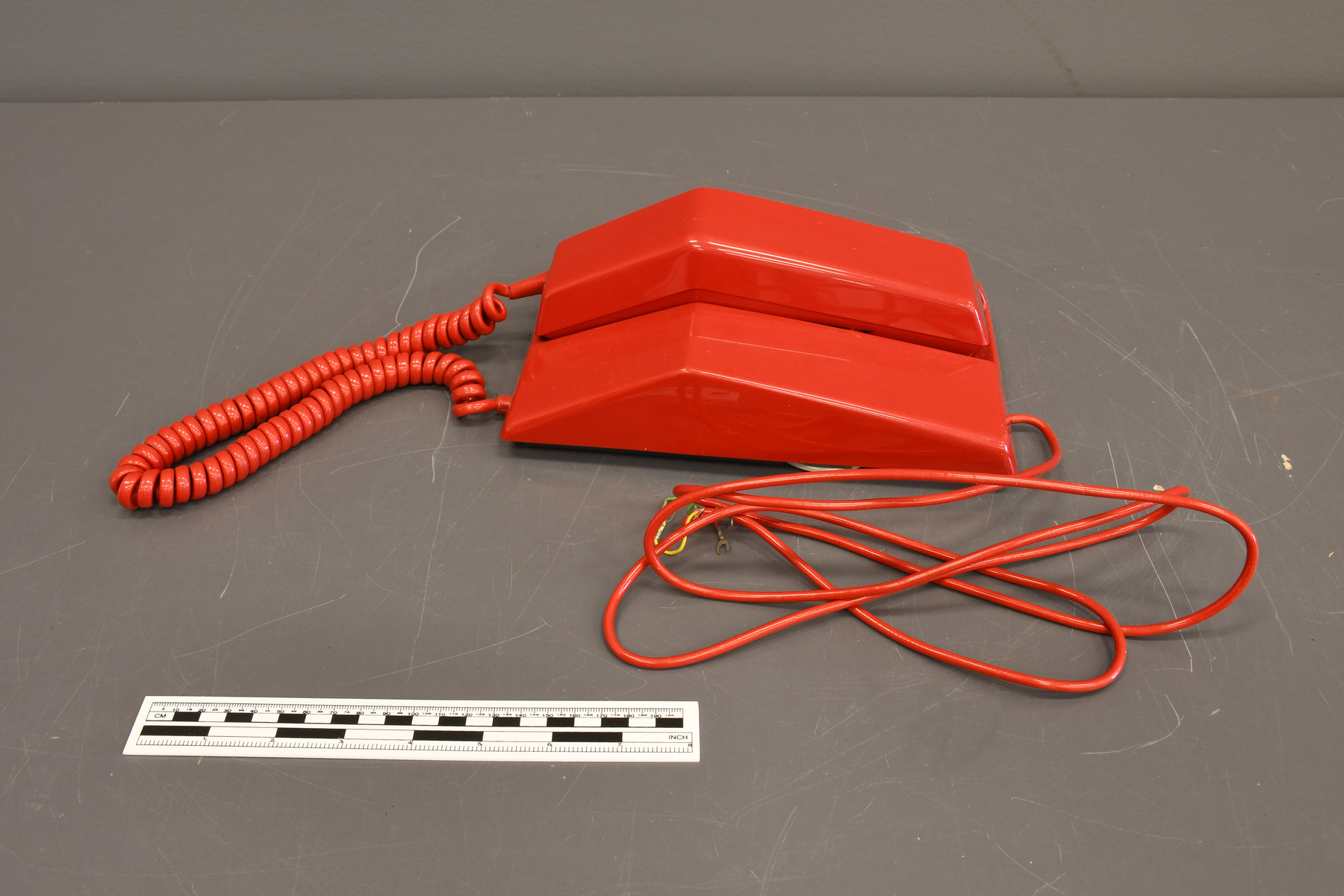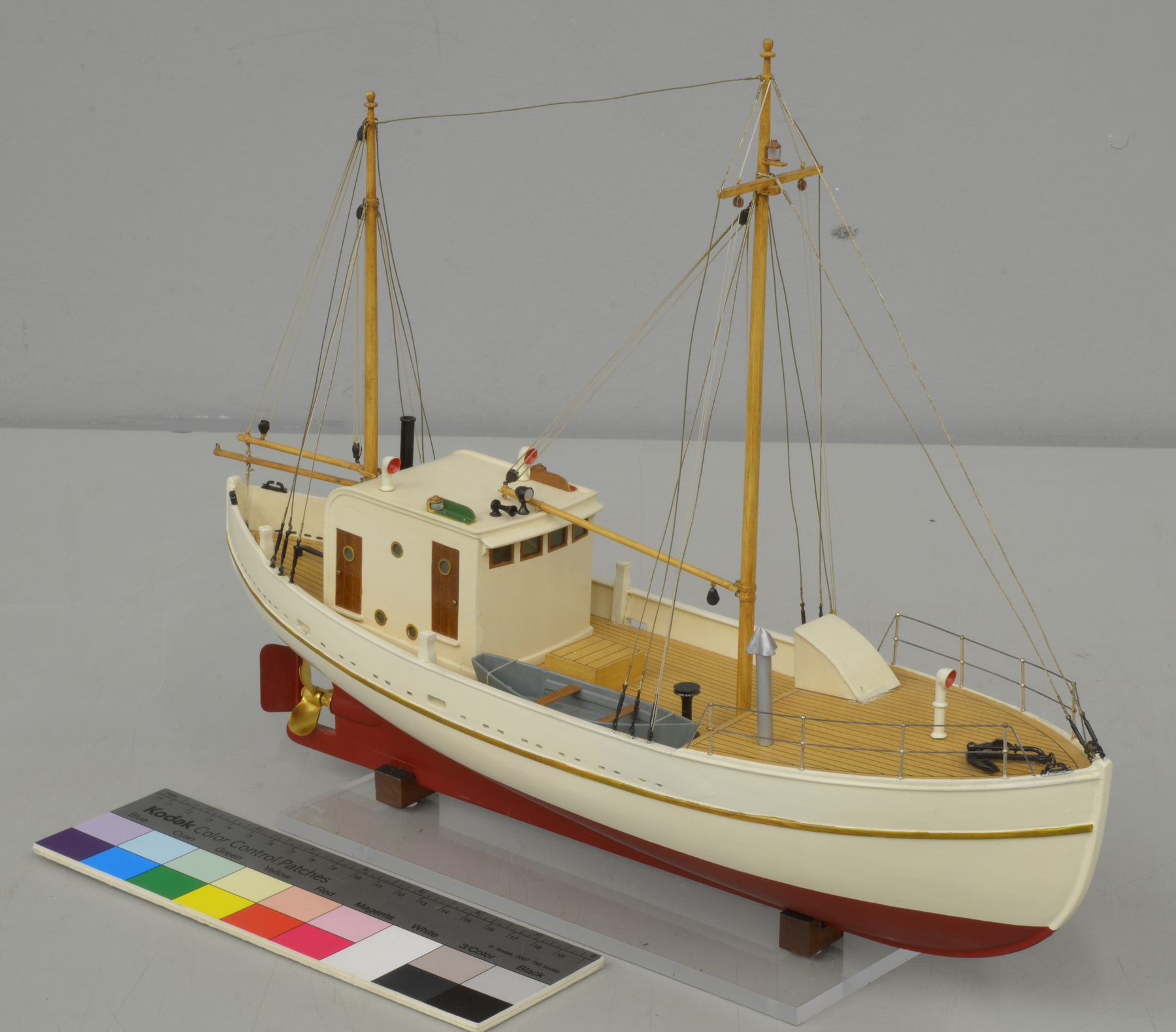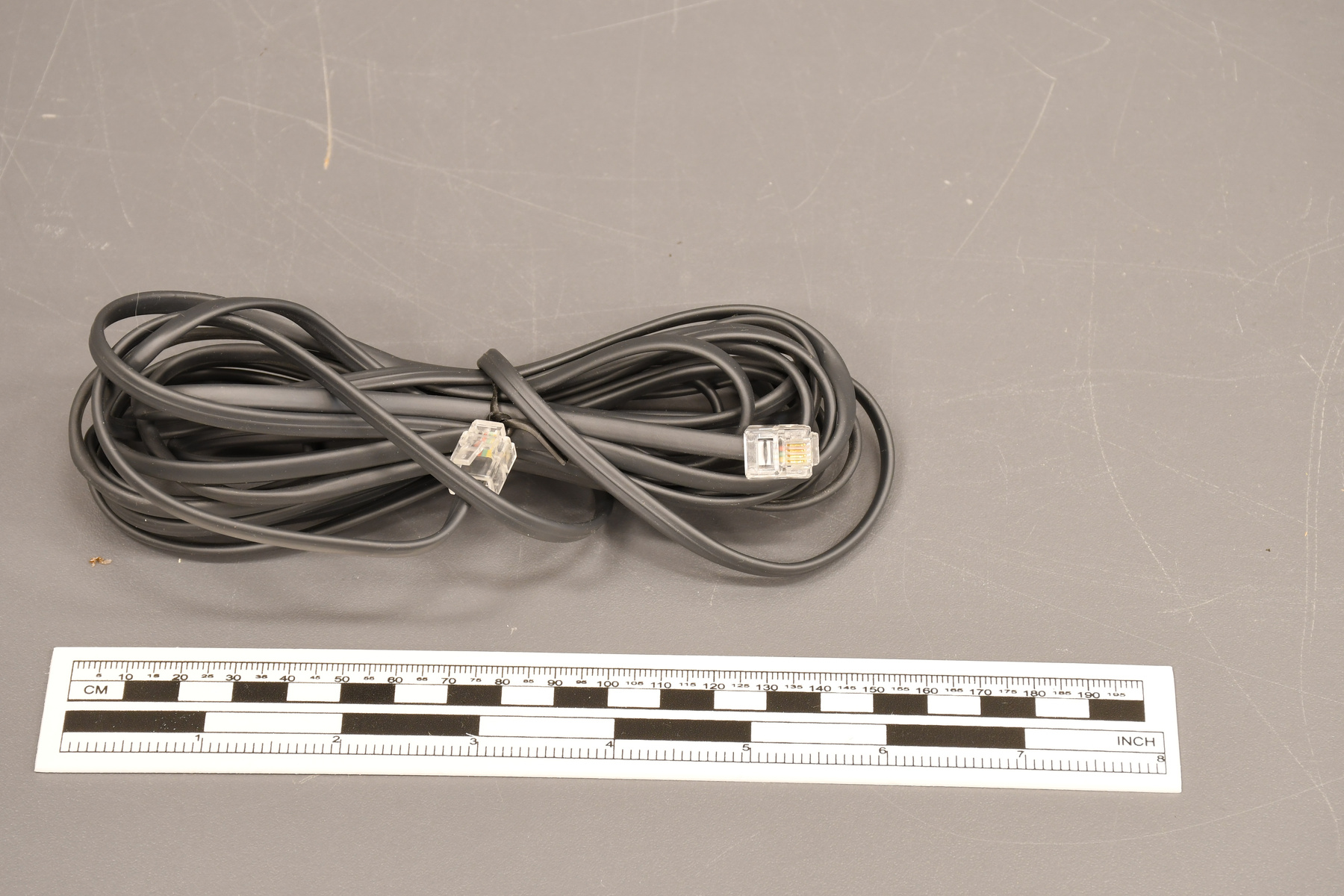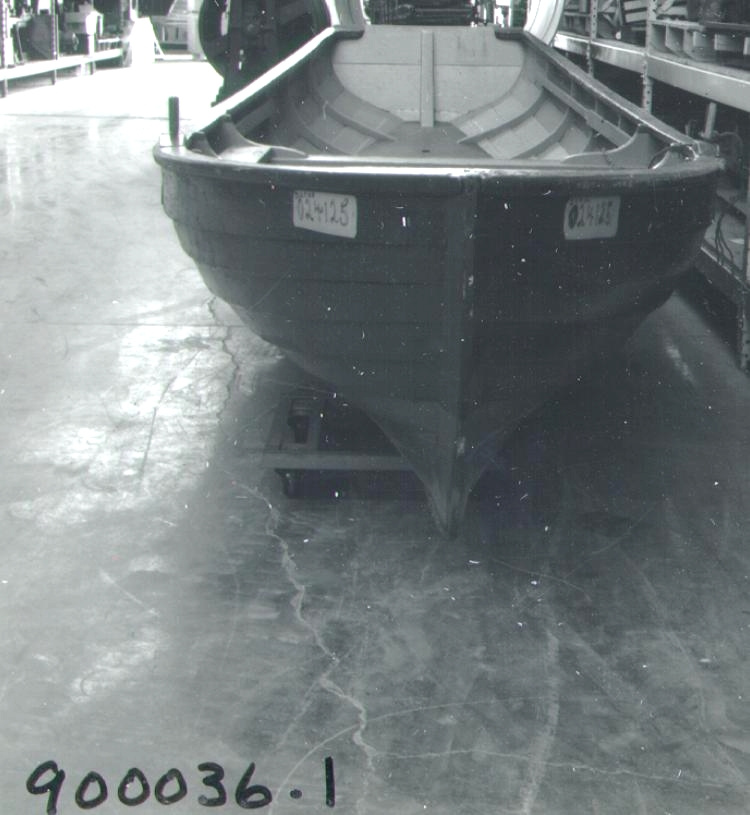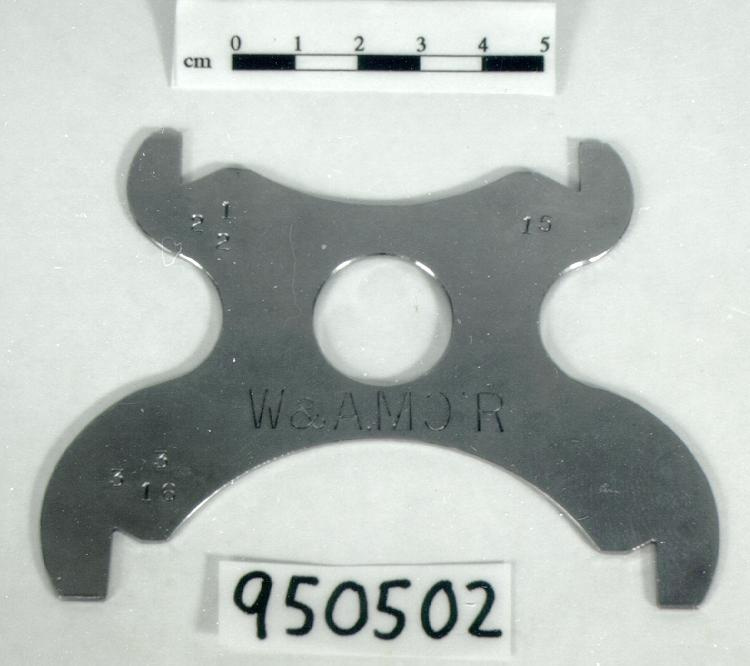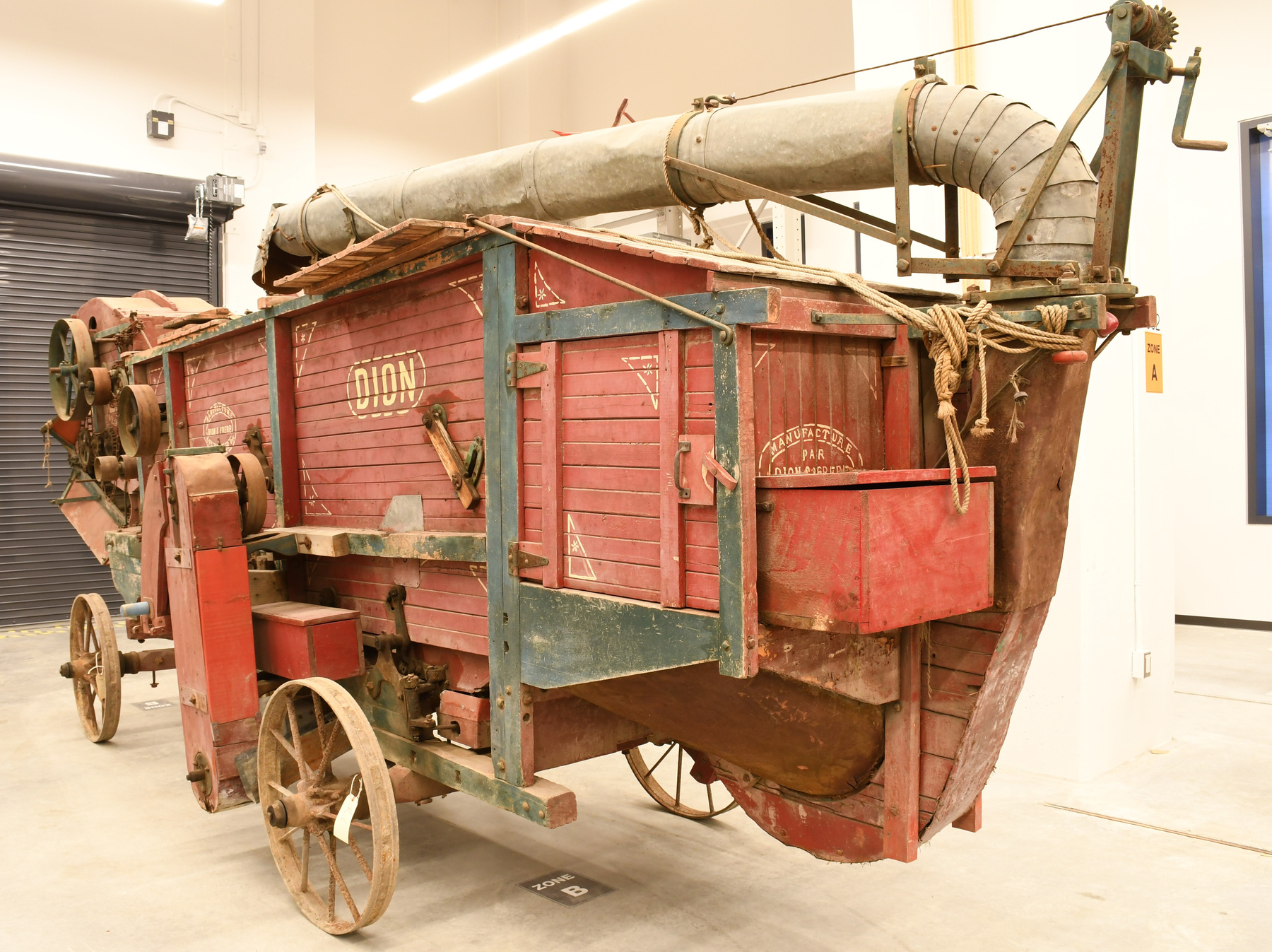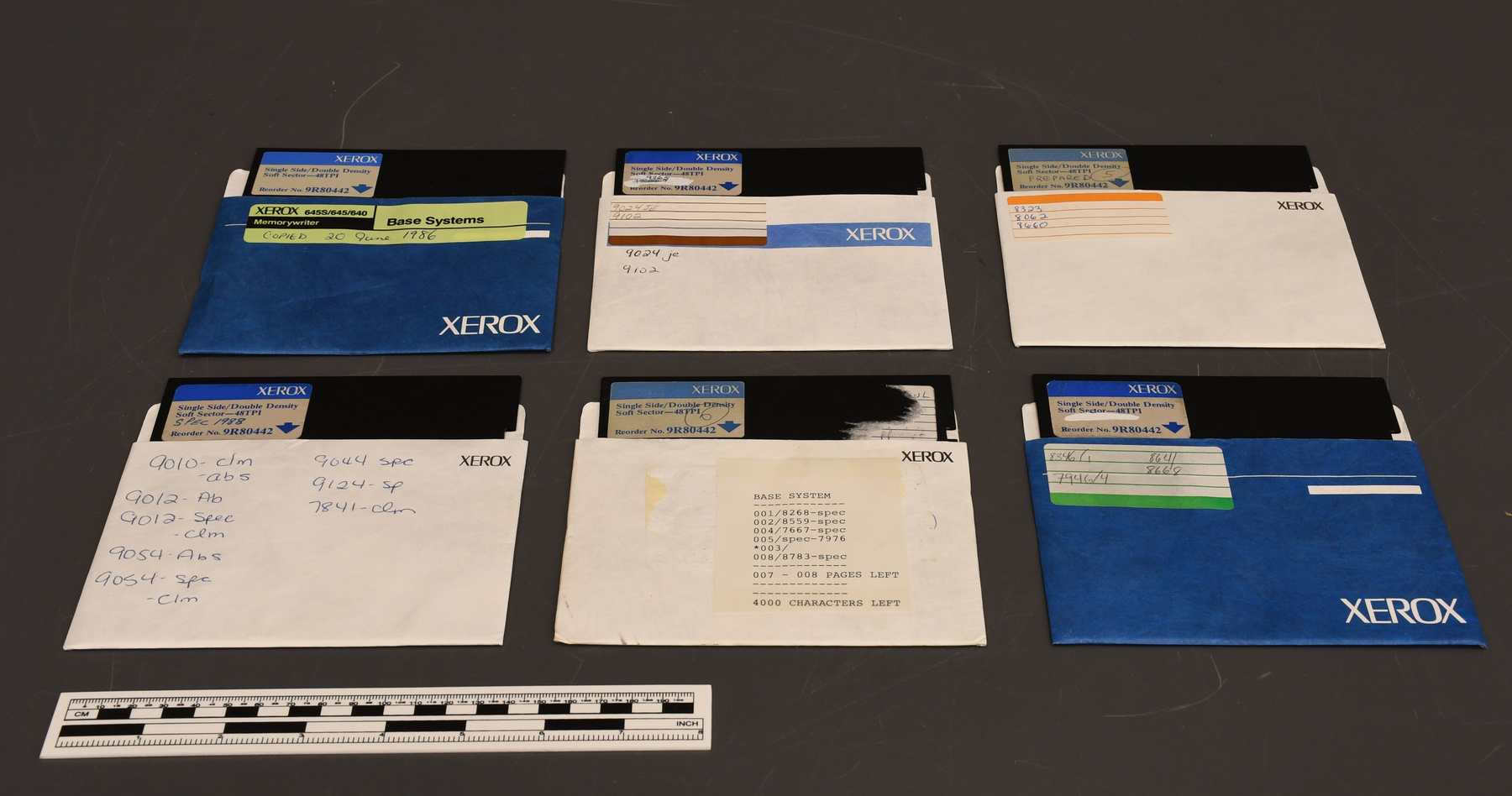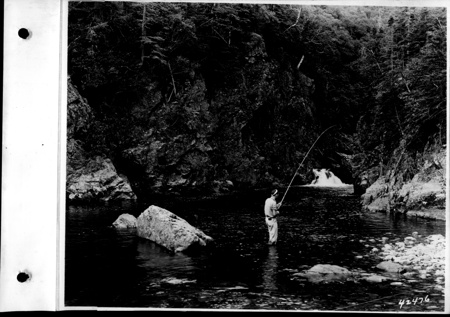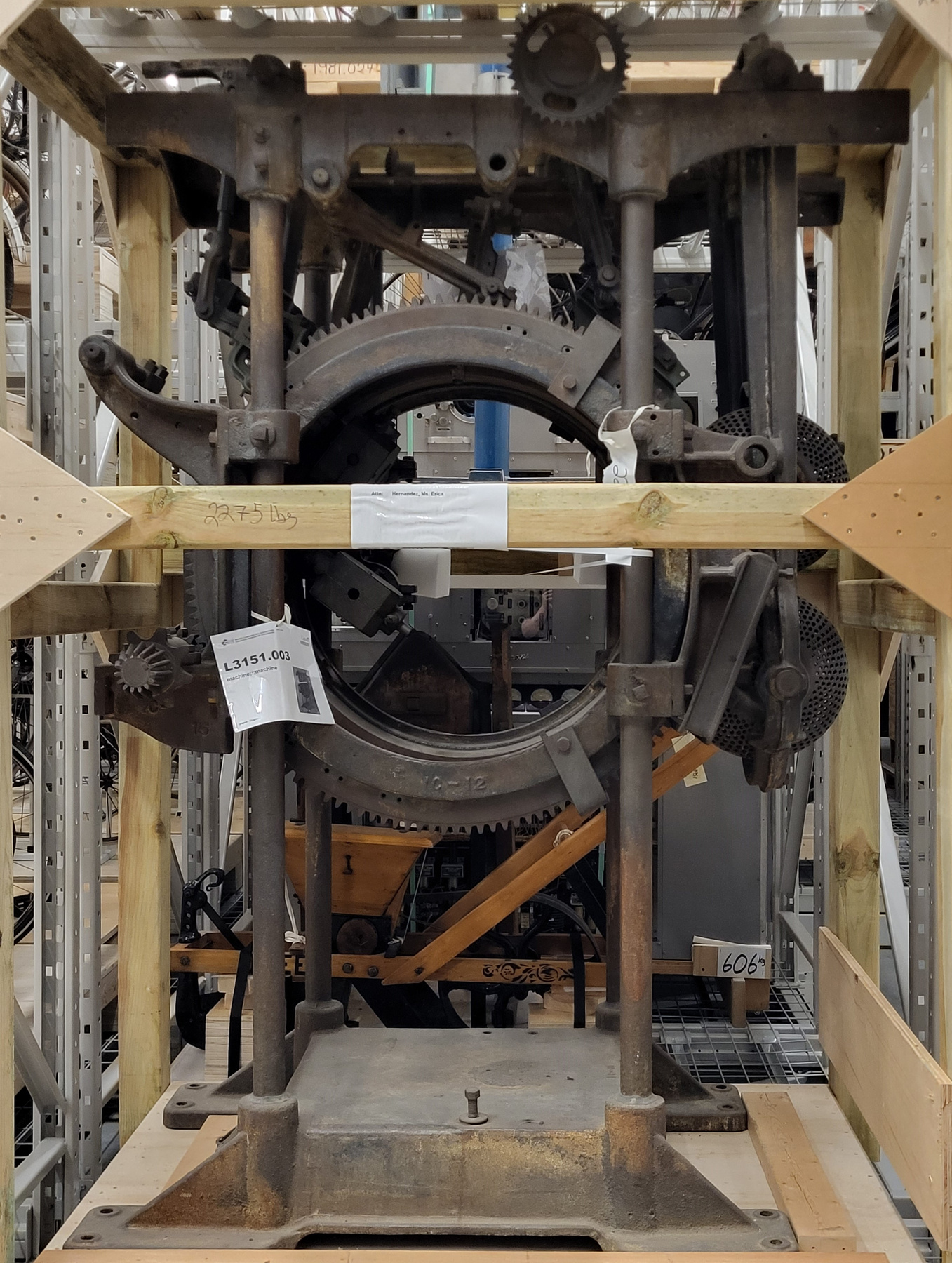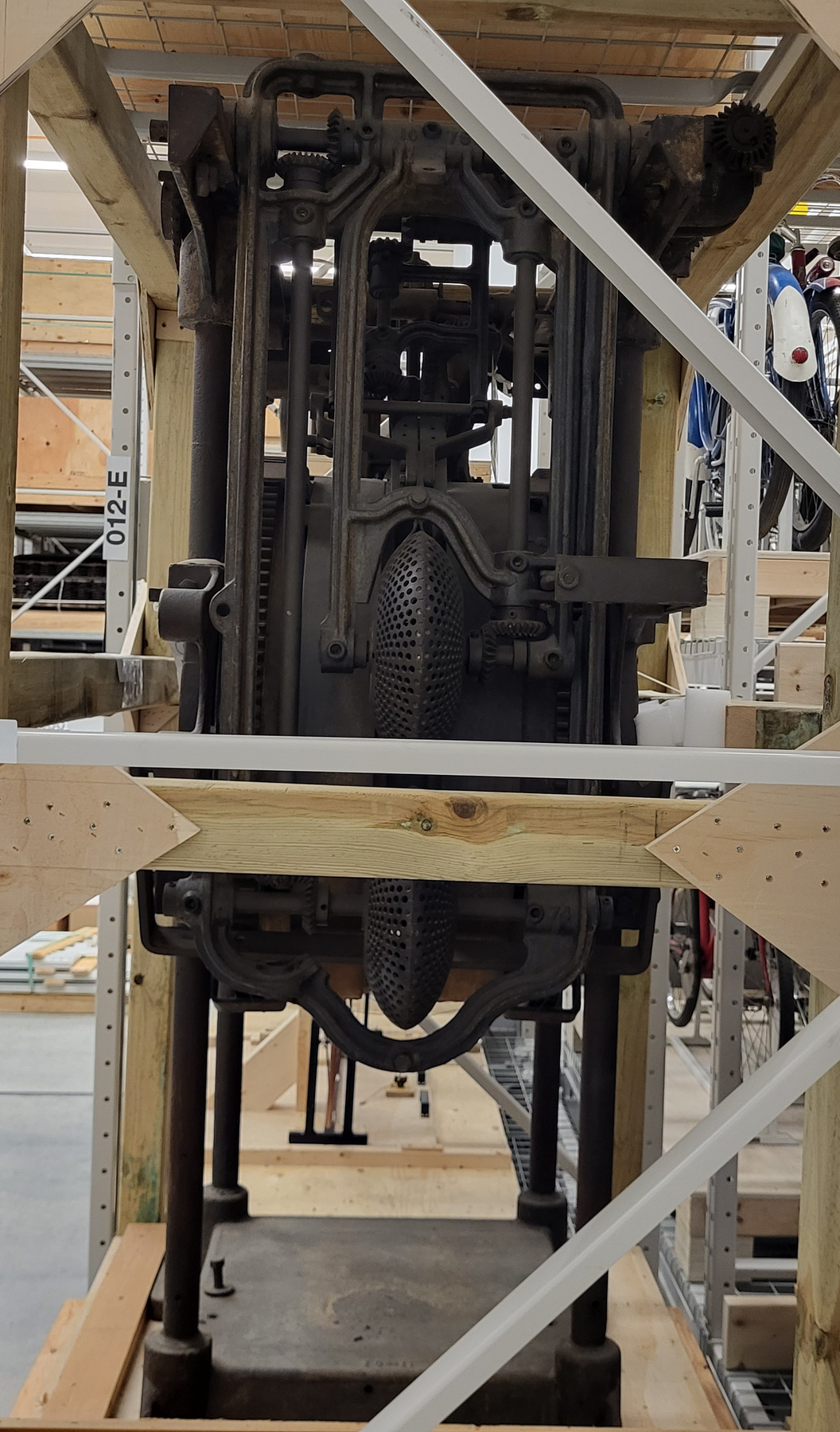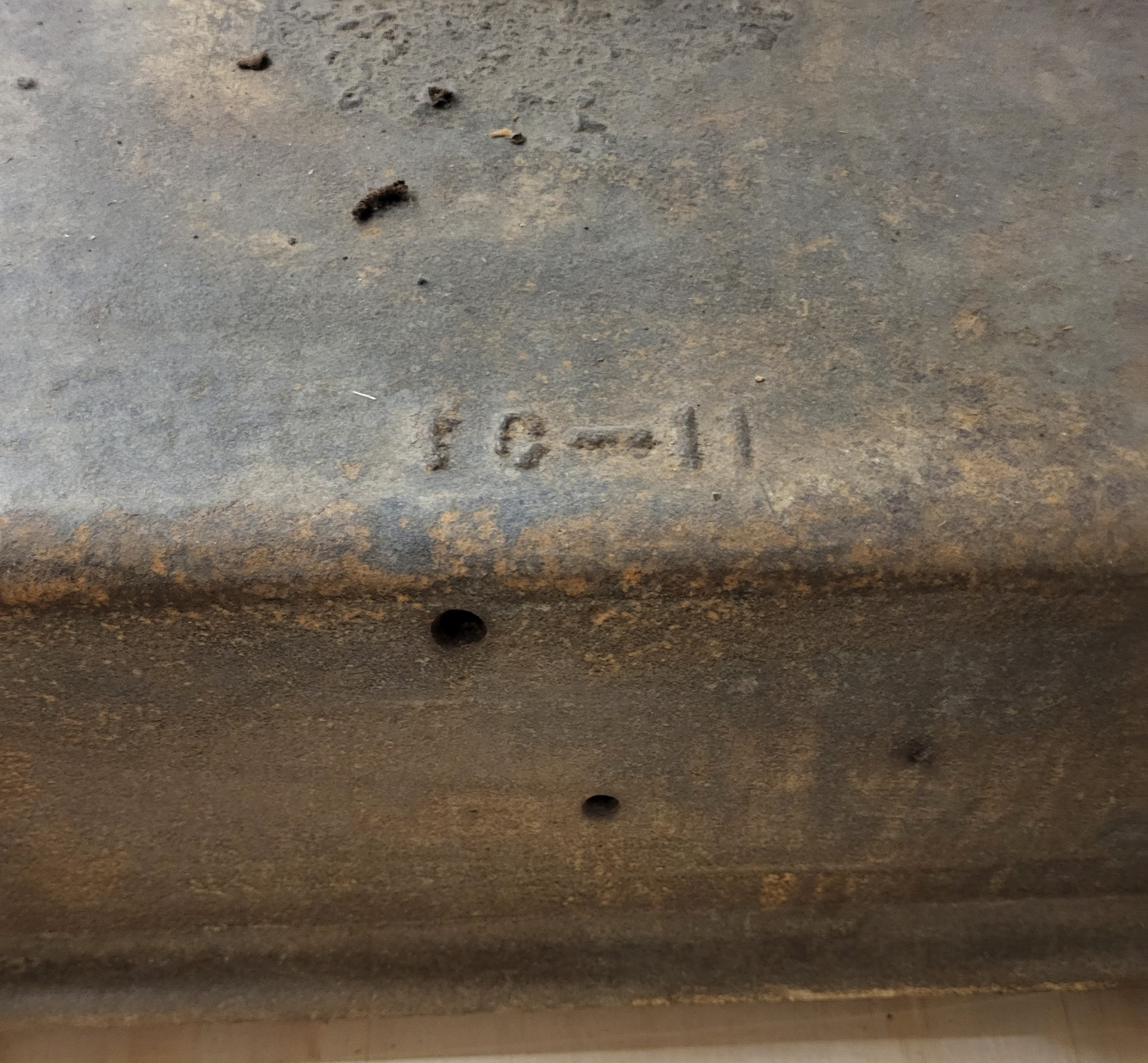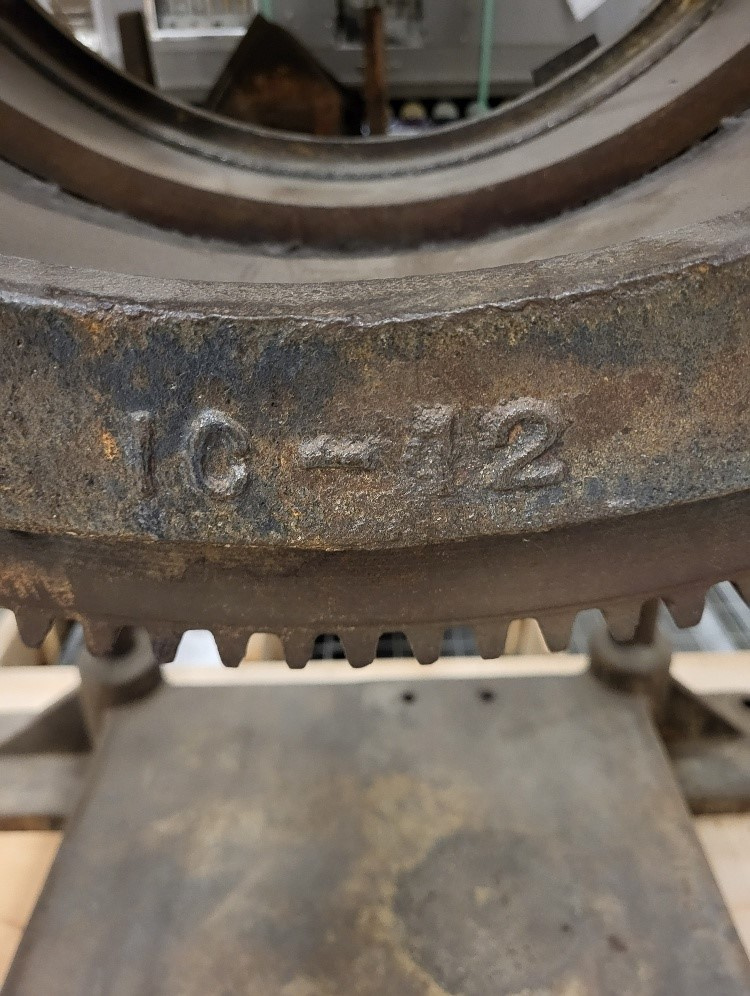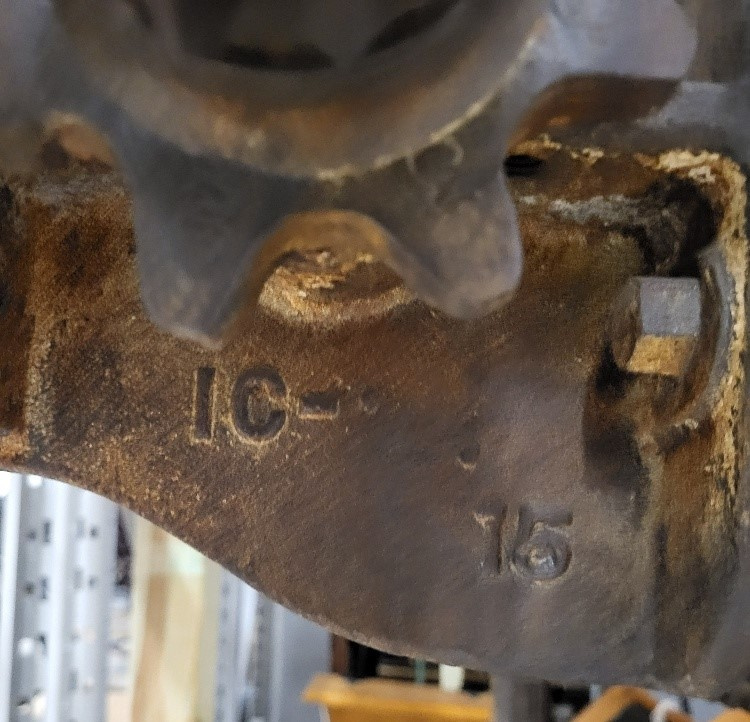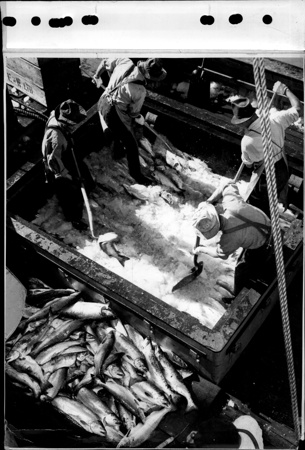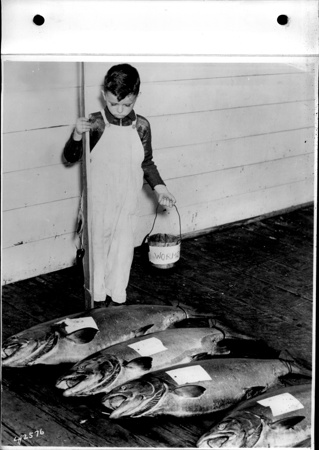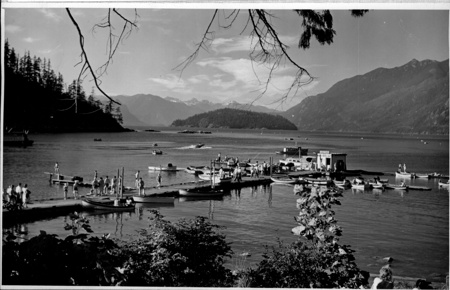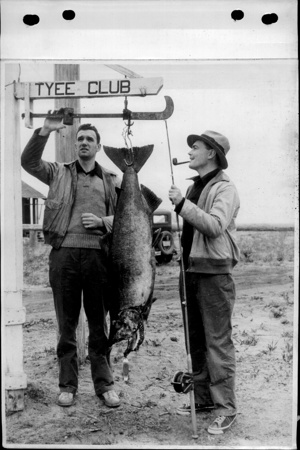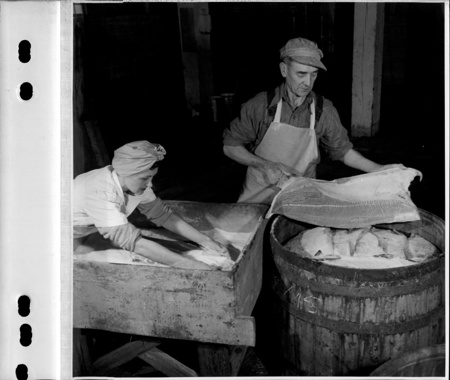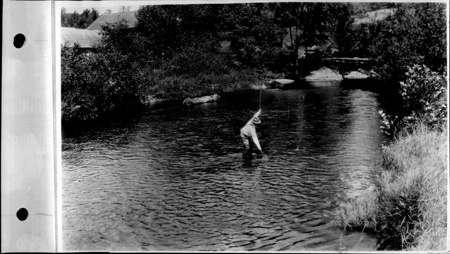Butcher, iron
Use this image
Can I reuse this image without permission? Yes
Object images on the Ingenium Collection’s portal have the following Creative Commons license:
Copyright Ingenium / CC BY-NC-ND (Attribution-NonCommercial 4.0 International (CC BY-NC 4.0)
ATTRIBUTE THIS IMAGE
Ingenium,
2018.0197.001
Permalink:
Ingenium is releasing this image under the Creative Commons licensing framework, and encourages downloading and reuse for non-commercial purposes. Please acknowledge Ingenium and cite the artifact number.
DOWNLOAD IMAGEPURCHASE THIS IMAGE
This image is free for non-commercial use.
For commercial use, please consult our Reproduction Fees and contact us to purchase the image.
- OBJECT TYPE
- N/A
- DATE
- 1907–1918
- ARTIFACT NUMBER
- 2018.0197.001
- MANUFACTURER
- Unknown
- MODEL
- Unknown
- LOCATION
- Unknown
More Information
General Information
- Serial #
- N/A
- Part Number
- 1
- Total Parts
- 1
- AKA
- N/A
- Patents
- N/A
- General Description
- An artifact made of iron metal elements/Un objet fait avec des éléments en métal de fer.
Dimensions
Note: These reflect the general size for storage and are not necessarily representative of the object's true dimensions.
- Length
- 80.0 cm
- Width
- 109.0 cm
- Height
- 200.0 cm
- Thickness
- N/A
- Weight
- N/A
- Diameter
- N/A
- Volume
- N/A
Lexicon
- Group
- Fisheries
- Category
- Tools & equipment
- Sub-Category
- N/A
Manufacturer
- AKA
- Unknown
- Country
- Unknown
- State/Province
- Unknown
- City
- Unknown
Context
- Country
- Canada
- State/Province
- British Columbia
- Period
- 1908-1968
- Canada
-
In 1935, Millerd bought the Great Northern Cannery, established on its West Vancouver site in 1900. Millerd’s sons assumed responsibility for the business in 1964. This Iron Butcher was used in the Great Northern Cannery in West Vancouver. The Millerd family donated the machine to the Vancouver Maritime Museum (VMM) after closing the cannery in 1968. The cannery site is now occupied by the Department of Fisheries and Oceans Centre for Aquaculture and Environmental Research. VMM transferred this Iron Butcher to the Gulf of Georgia Cannery Society in 1988. En 1935 la famille Millerd a acheté la compagnie de Great Northern Cannery qui était établi en Ouest Vancouver depuis l'année 1900. Les fils de Millerd assument responsabilité de la compagnie jusqu'à 1964. La famille a donné cette machine au Musée Maritime de Vancouver (Vancouver Maritime Museum/ VMM) après que l'usine a fermé en 1968. Le site de l'usine est maintenant occupé par le Fisheries and Oceans Centre for Aquaculture and Environmental Research. VMM ont transférer cette machine à écailler a le Gulf of Georgia Cannery Society en 1988. - Function
-
The Iron Butcher is a fish-processing machine that automated the manual labour of butchering salmon in preparation for canning. Iron butchers beheaded, trimmed, and gutted fish, and were designed to displace the skilled workers, typically Chinese men, who performed this work in salmon canneries in the Pacific Northwest. La machine à écailler pouvait automatiser la boucherie du saumon pour préparer pour la mise en conserve. Les machines à écailler pouvait décapiter et éviscéré les poissons et était conçu pour déplacer les travailleurs qui étaient typiquement les hommes chinois qui faisaient le travail dans les usines pour le conserve du saumon au nord-Ouest Pacifique. - Technical
-
The Iron Butcher was designed specifically to butcher Pacific salmon. It automated the manual labour of beheading and gutting fish in salmon canneries; the machine’s vertical orientation also saved space in the production line. The Iron Butcher increased the numbers of fish that could be butchered and cleaned in a cannery, increasing production while saving labour costs. La machine à écailler était conçu spécifiquement pour la boucherie du saumon de la pacifique. Il automatisait la décapitation et l'éviscérèrent du poisson pour les usines de conserve. La machine avait une orientation à la verticale ce qui sauvait de l'espace dans les usines pour la production. La machine à écailler augmentais le nombre de poisson qui pouvait être nettoyé et augmentais la production en même temps de diminuer les coûts de production. - Area Notes
-
Unknown
Details
- Markings
- On the base/Sur la base: "1C-11", On the gear/Sur l'engrenage: "1C-12", On the gear arm/Sur le bras de l'engrenage:"1C-/ 15".
- Missing
- Indexer table, Conveyor, Some Shafting, and Brushes/Le tableau indexateur, les lignes d'arbres et des brosses.
- Finish
- A black painted iron metal artifact that is rectangular in shape. It has four metal posts that extend and create a frame. A single large bolt extends from the bottom of its base. A large section of circular gears shows a hole in its center. The artifact has markings on both its base as well as its gear and gear arms. Un objet en métal de fer qui est peinturé noir et a une forme rectangulaire. Il y a quatre poteaux qui monte de sa base pour créer un cadre pour appuyer l'artefact. Un gros boulon ressort de la base de l'objet. Une section de l'objet est occupé par des engrenages massifs qui démontre un trou au milieu de l'artefact. Il y a des marques du fabricateur sur le bras de l'engrenage ainsi que l'engrenage et aussi sur la base de l'objet.
- Decoration
- N/A
CITE THIS OBJECT
If you choose to share our information about this collection object, please cite:
Unknown Manufacturer, Butcher, iron, between 1907–1918, Artifact no. 2018.0197, Ingenium – Canada’s Museums of Science and Innovation, http://collections.ingeniumcanada.org/en/id/2018.0197.001/
FEEDBACK
Submit a question or comment about this artifact.
More Like This

